On Friday, we had a lovely time decorating our classroom tree.
Category : Personal Development
Personal Development
Children In Need
Crew F2 really enjoyed celebrating Children in Need last week! We had lots of fun throwing the pies at Mr Williamson (we had very good aim!) and completing our Children in Need activities.
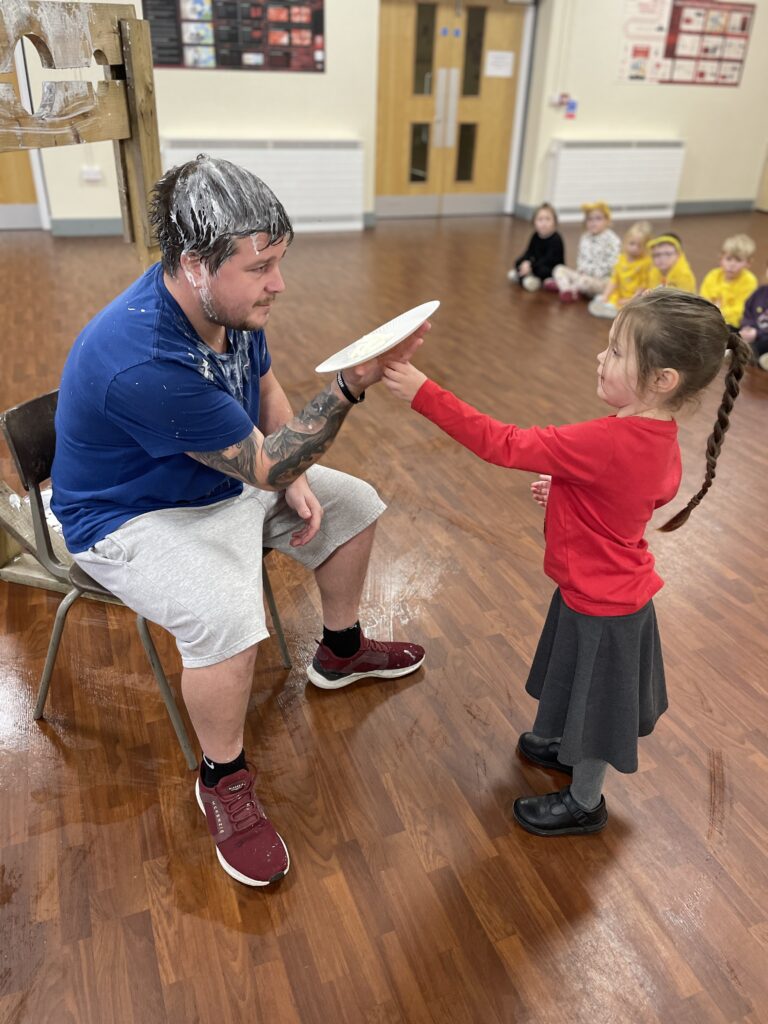
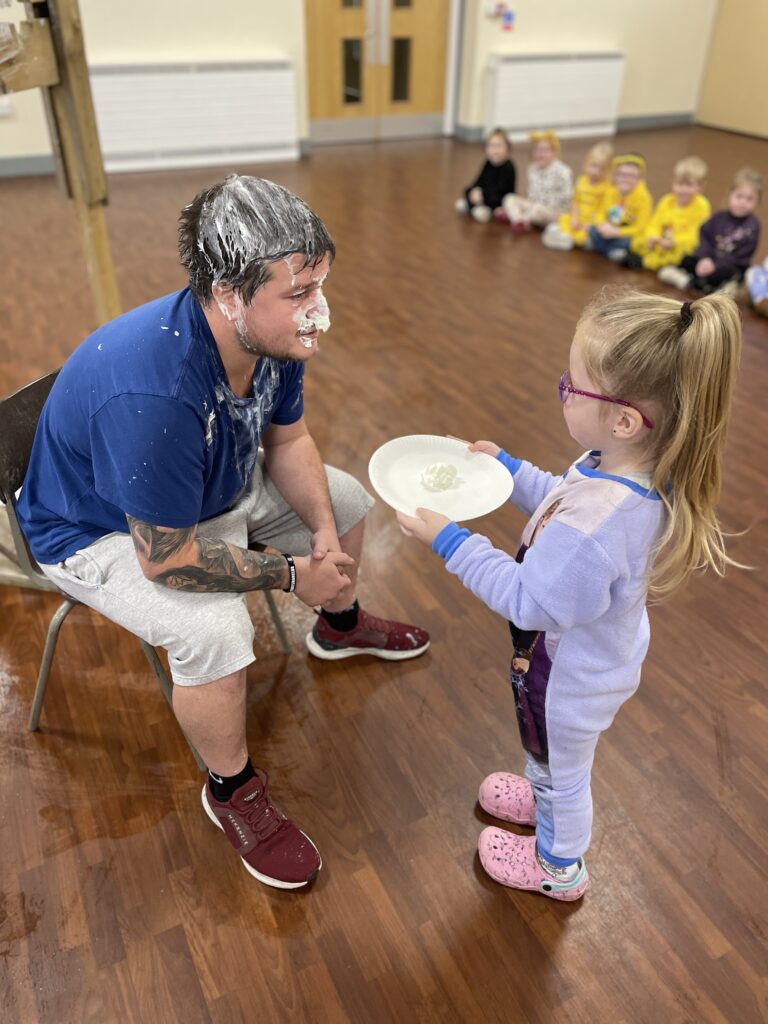
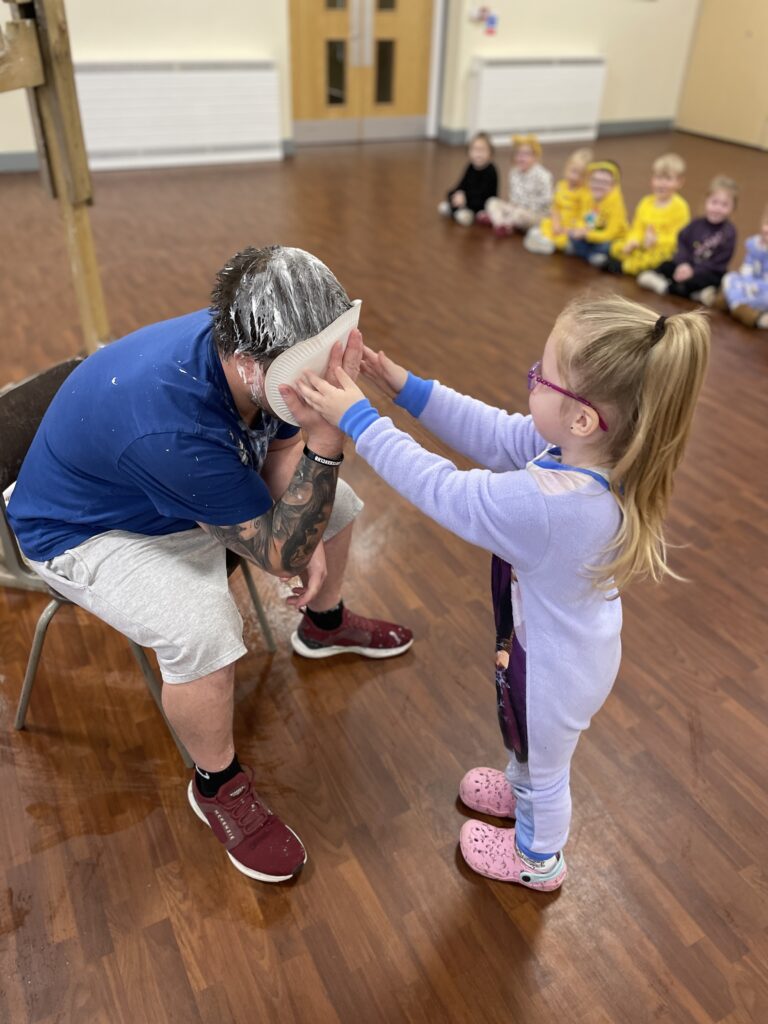
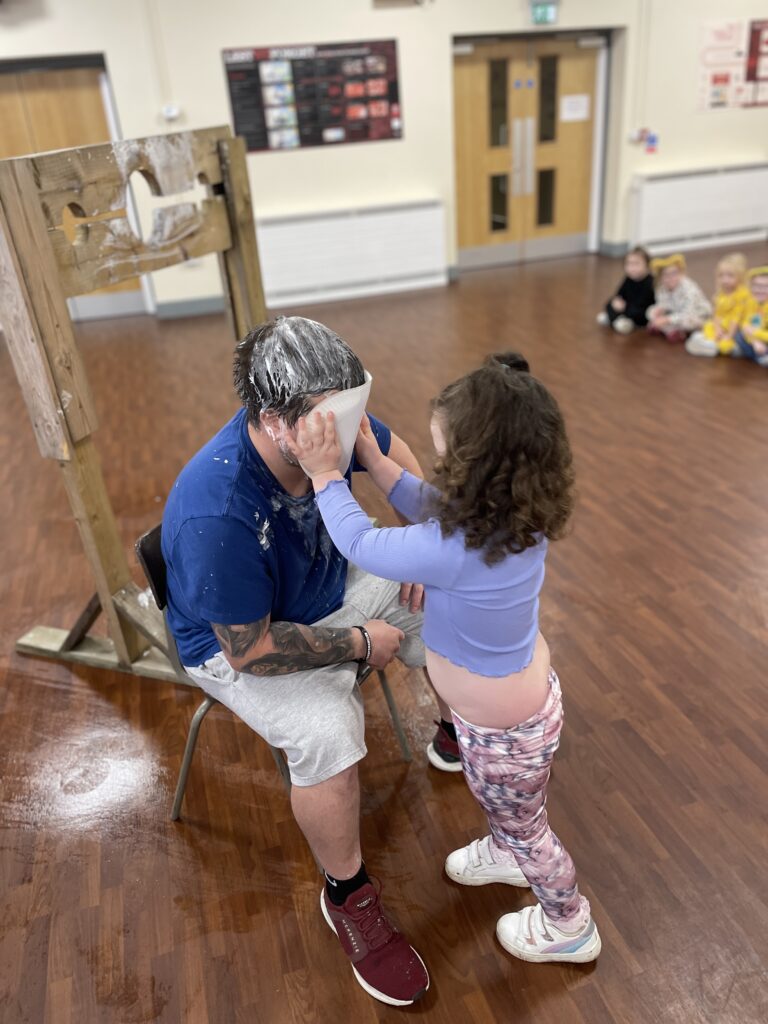
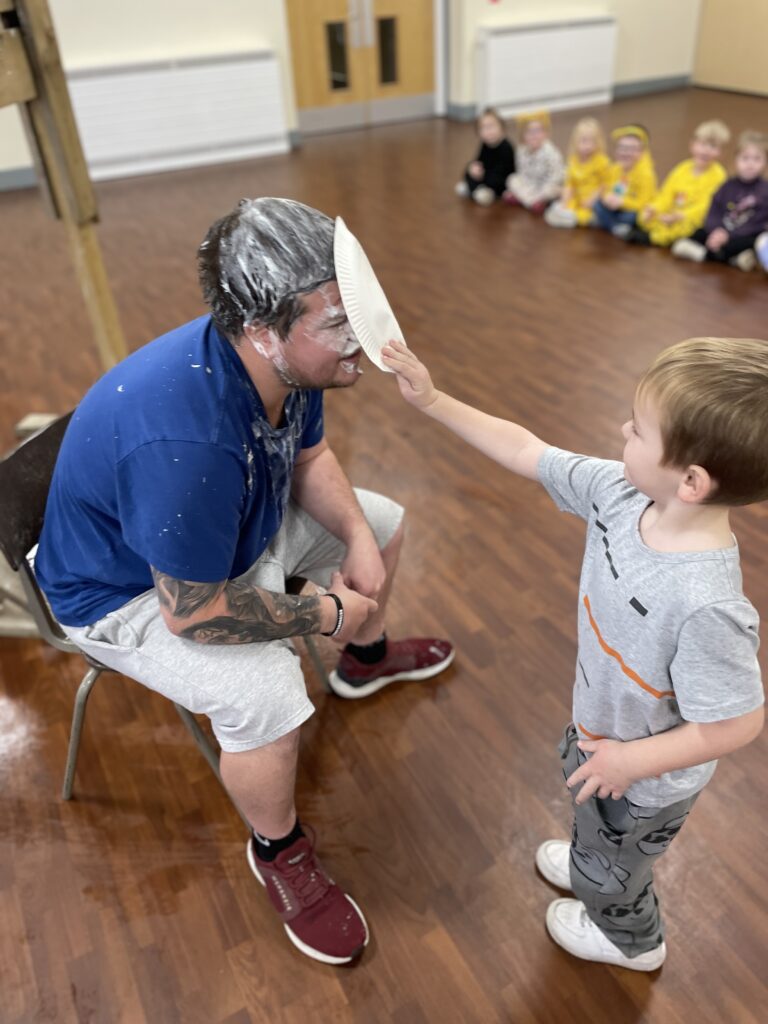
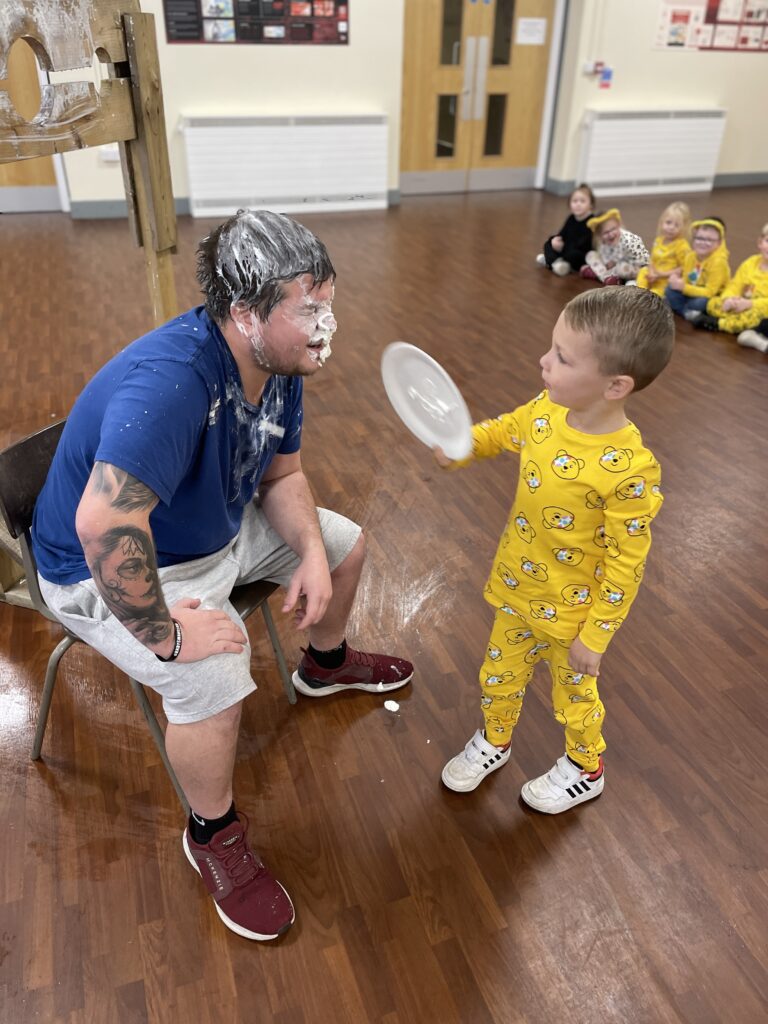
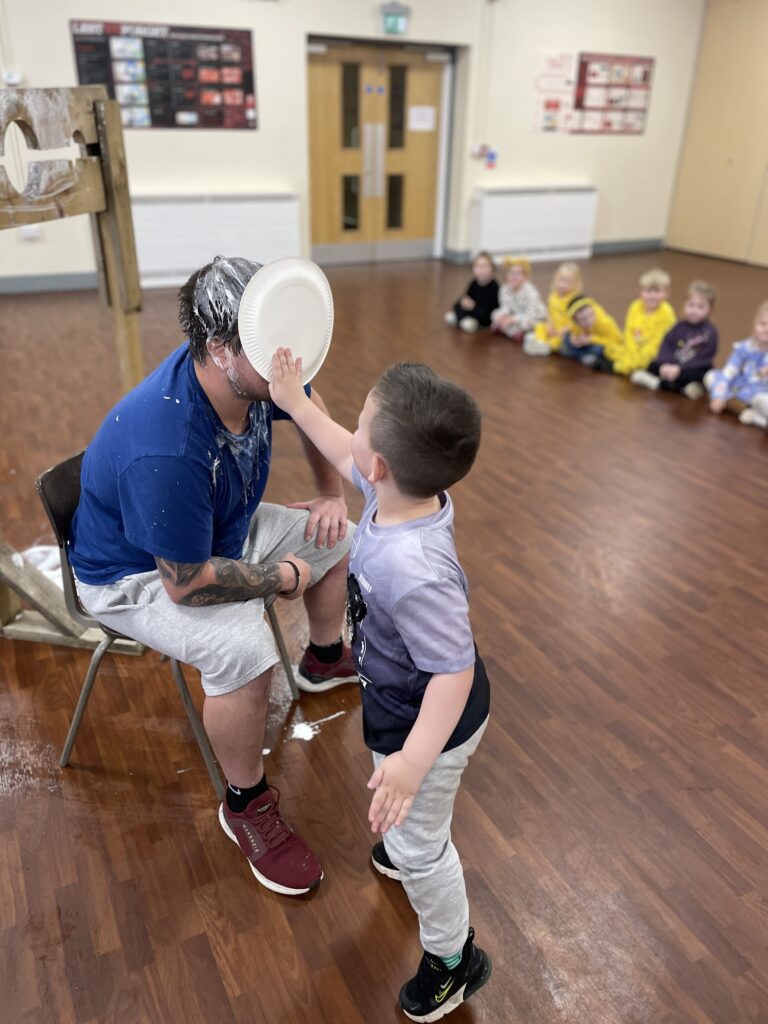
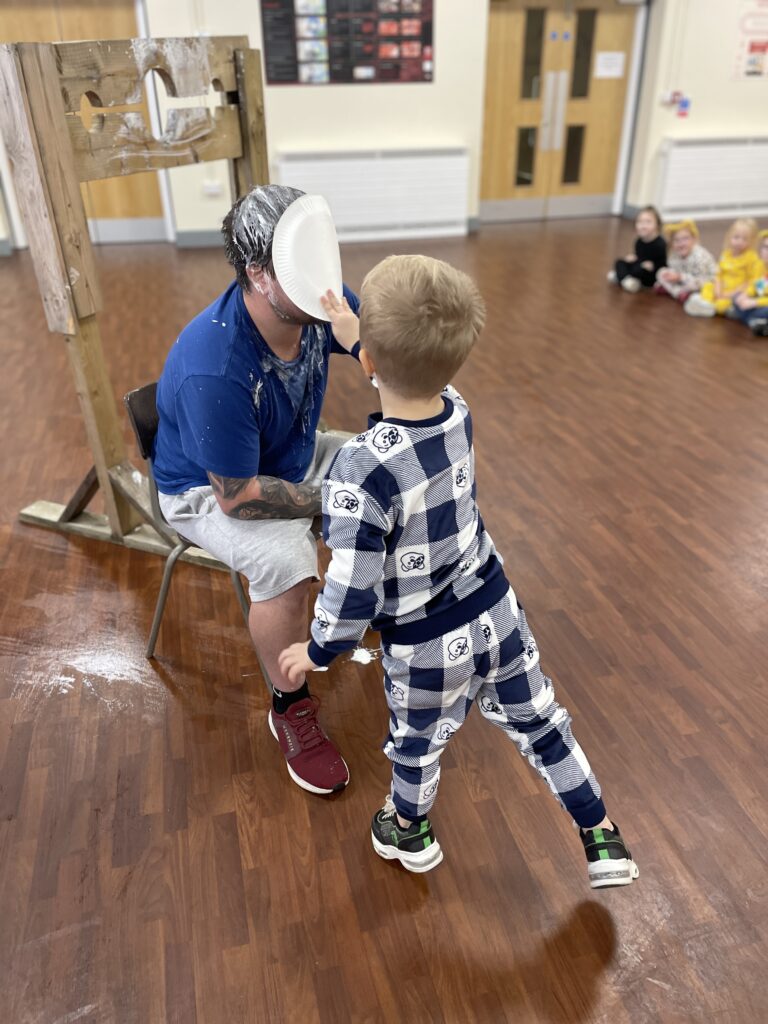
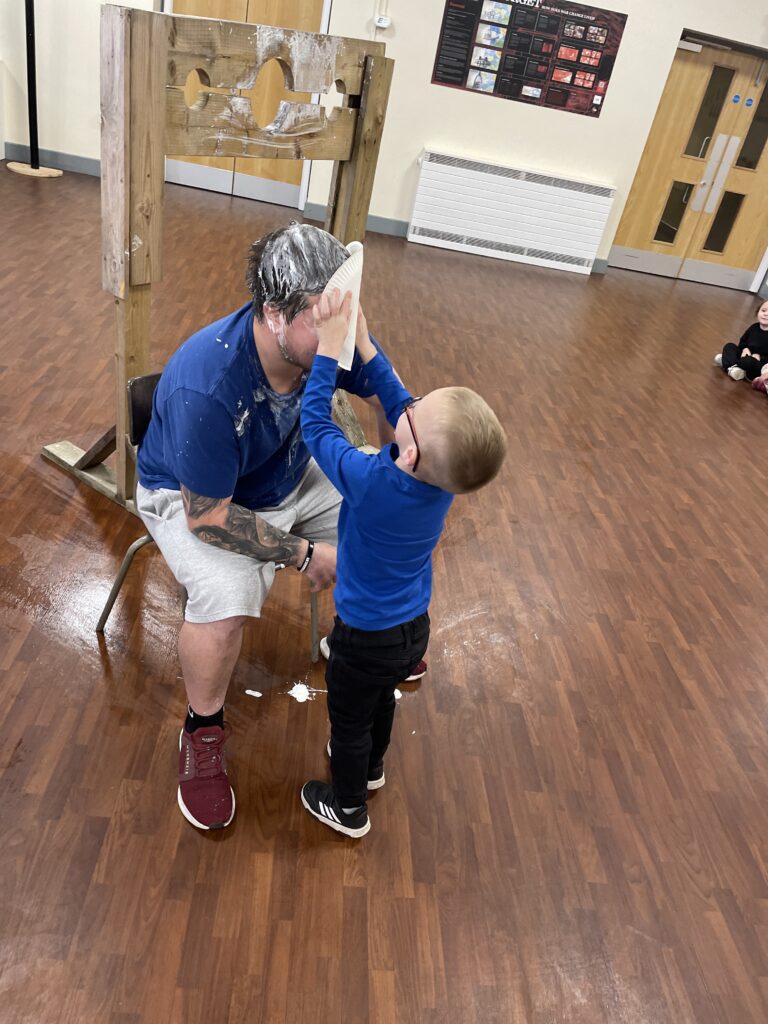
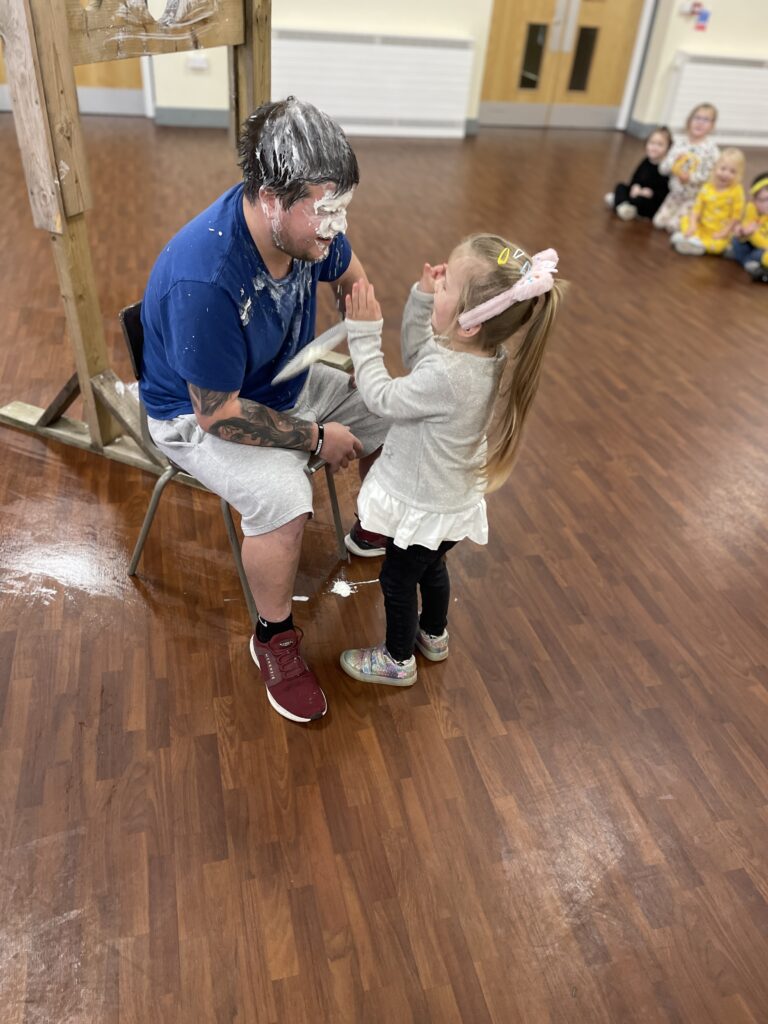
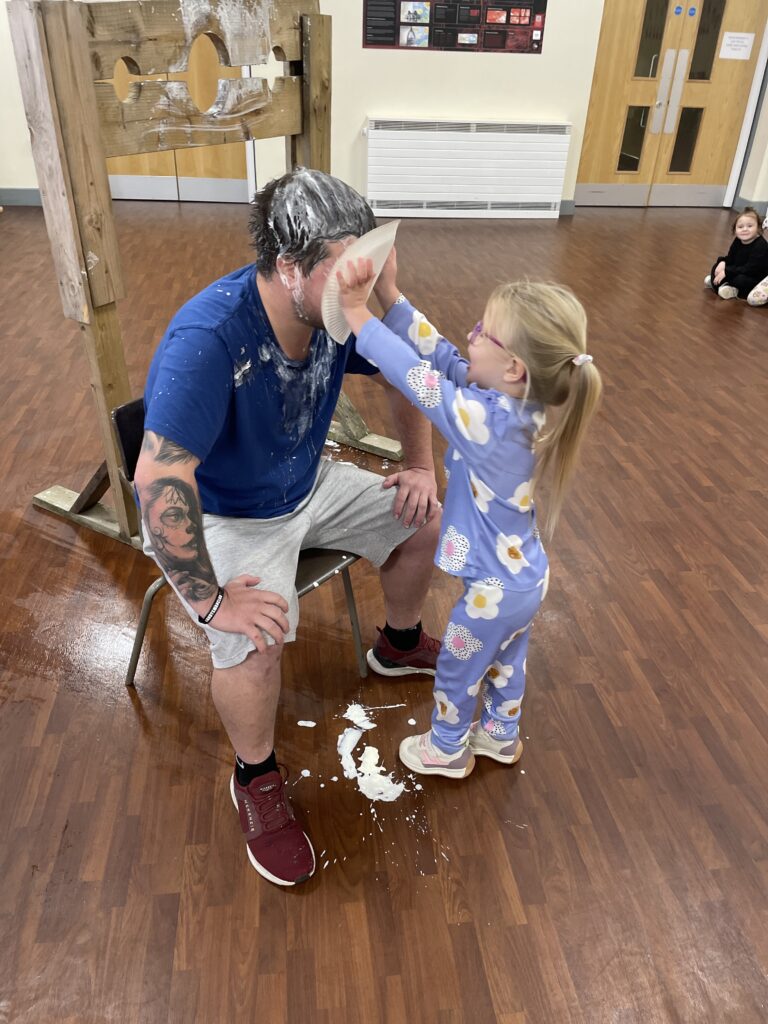
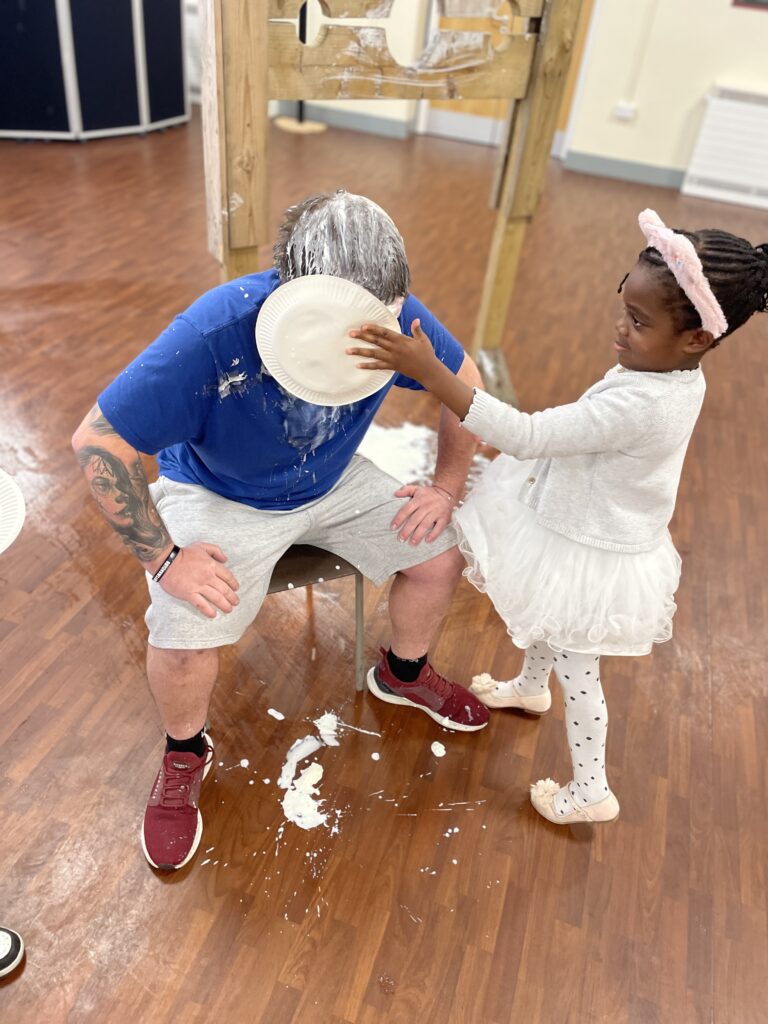
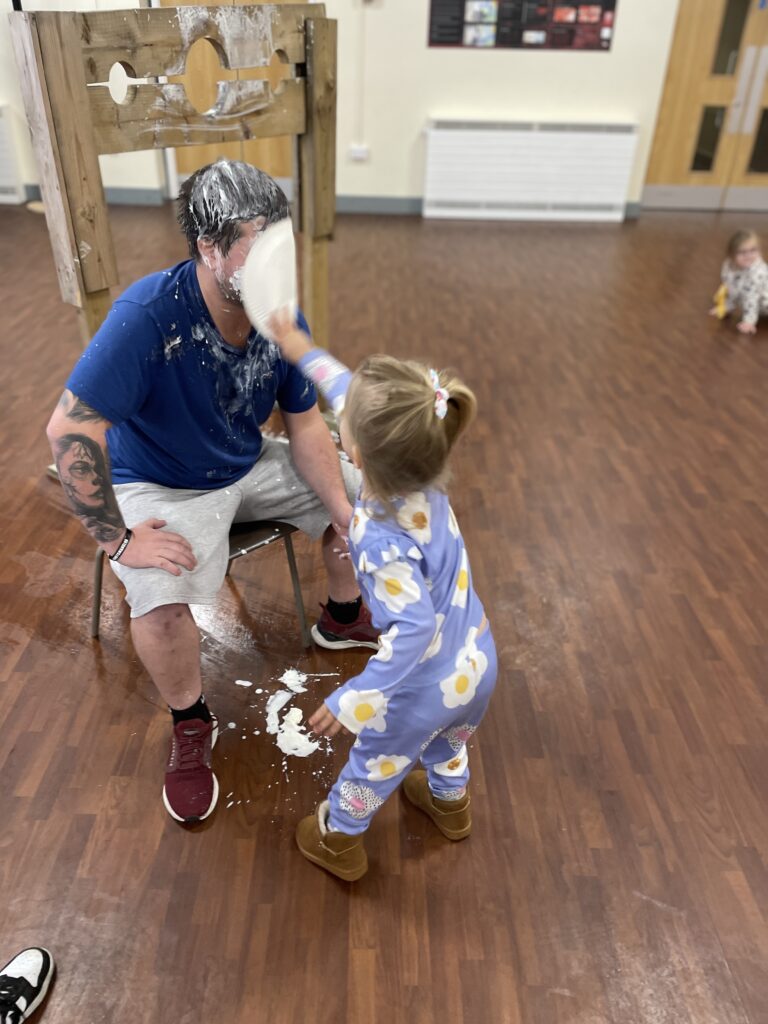
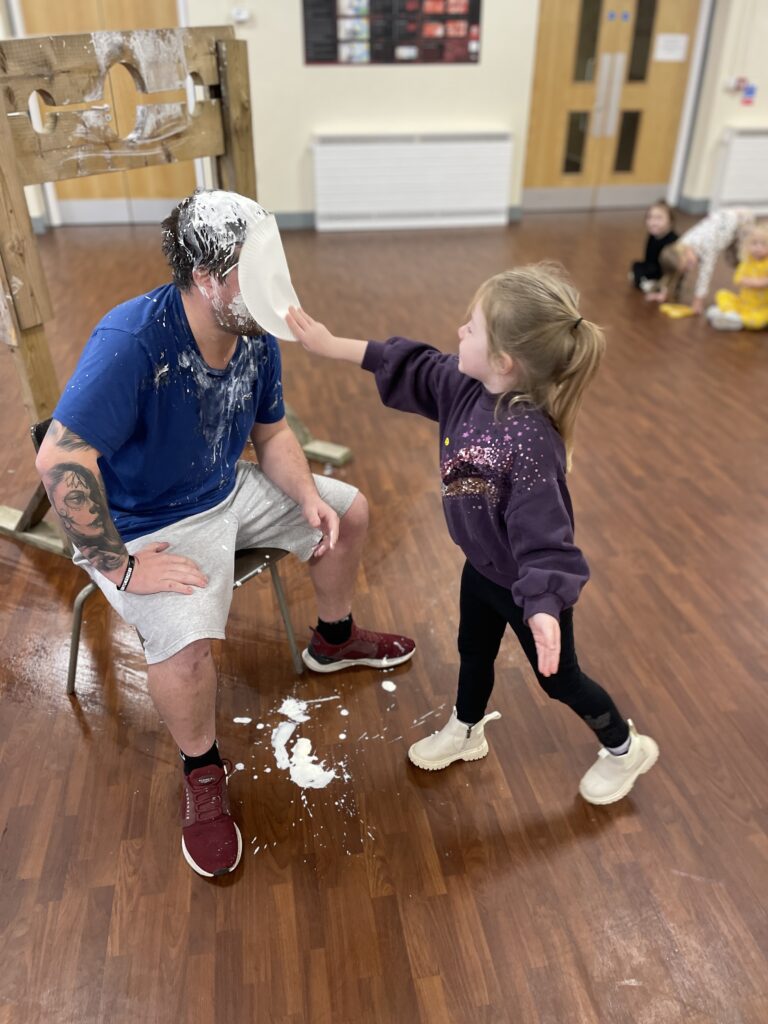
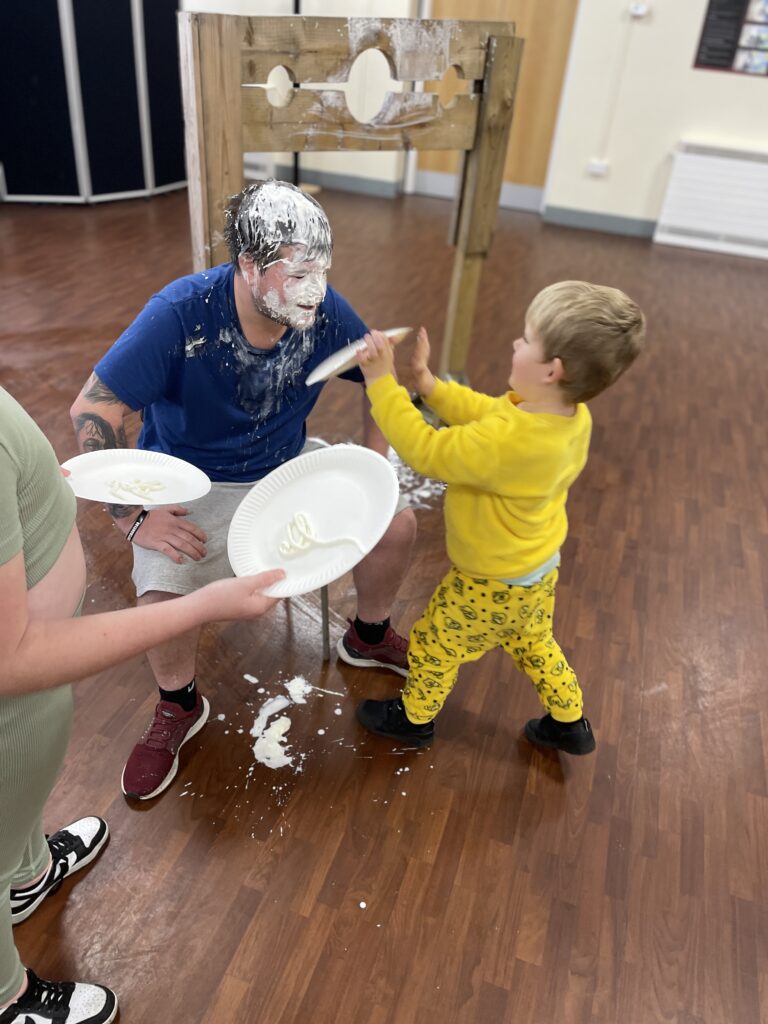
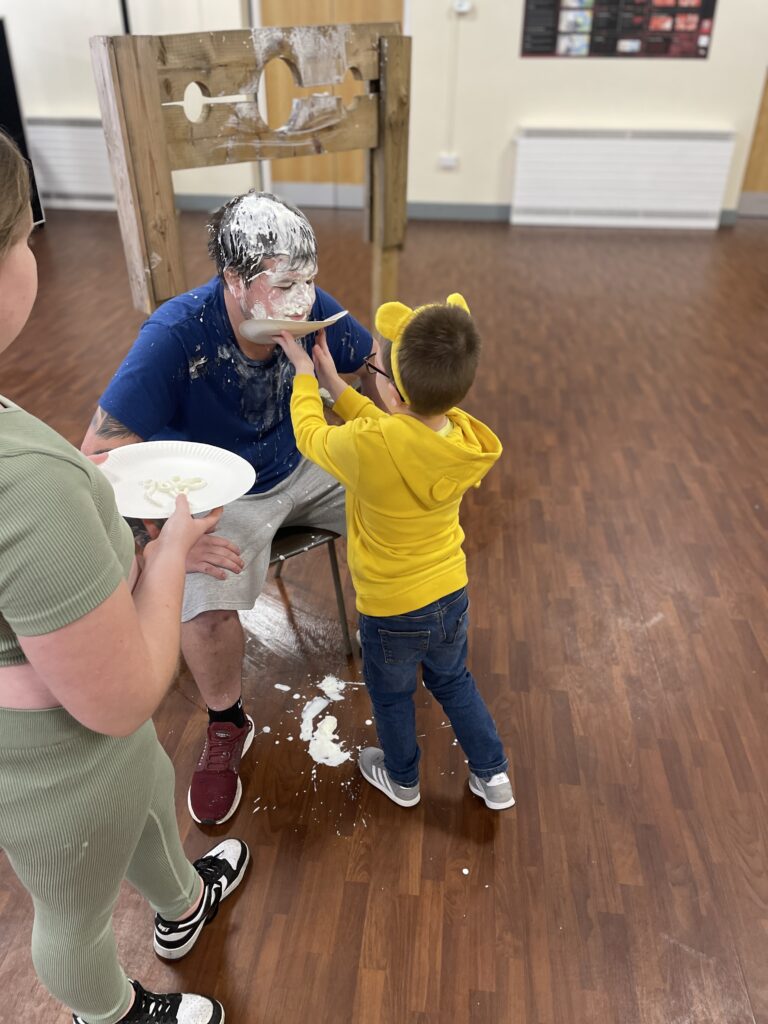
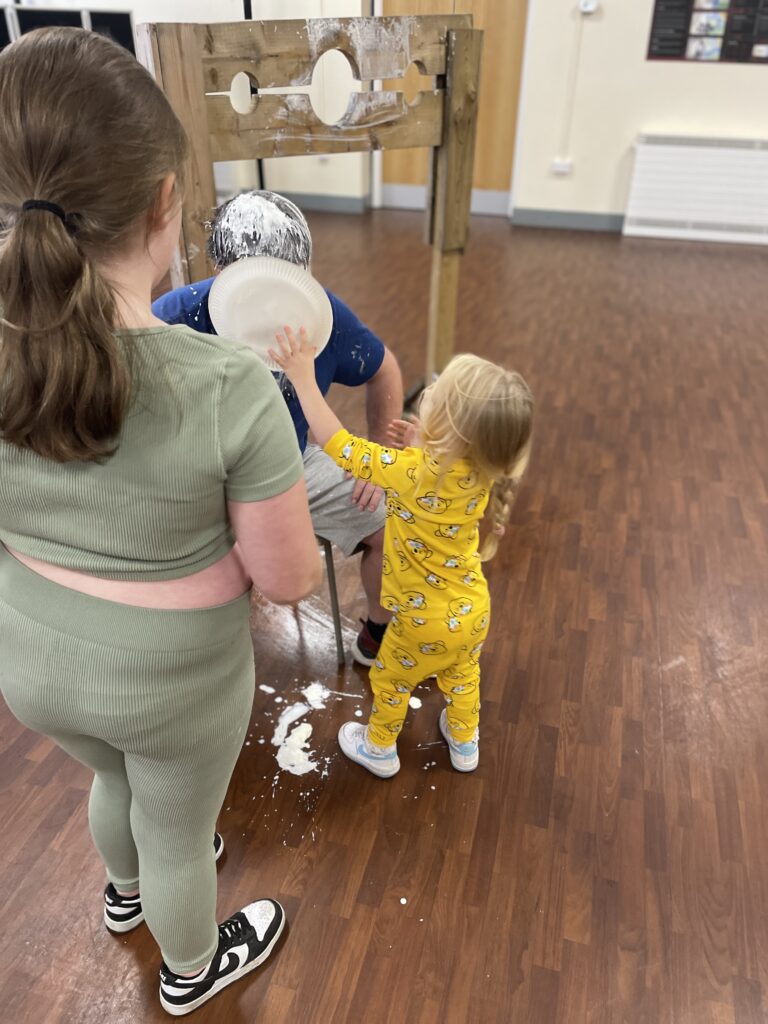
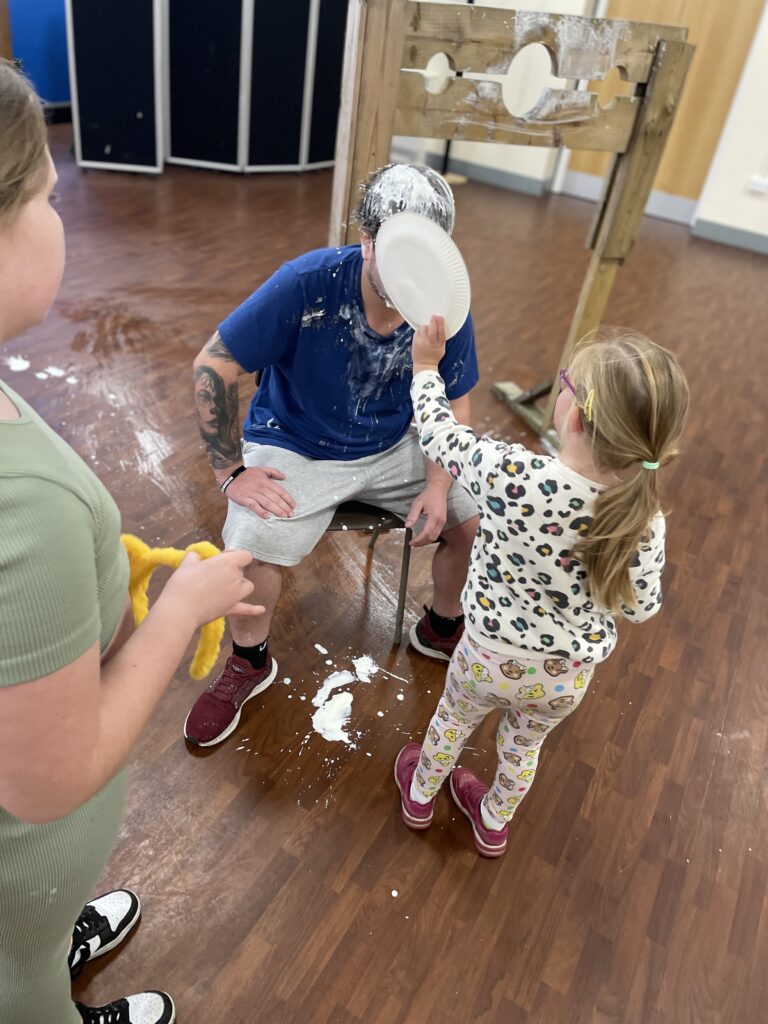
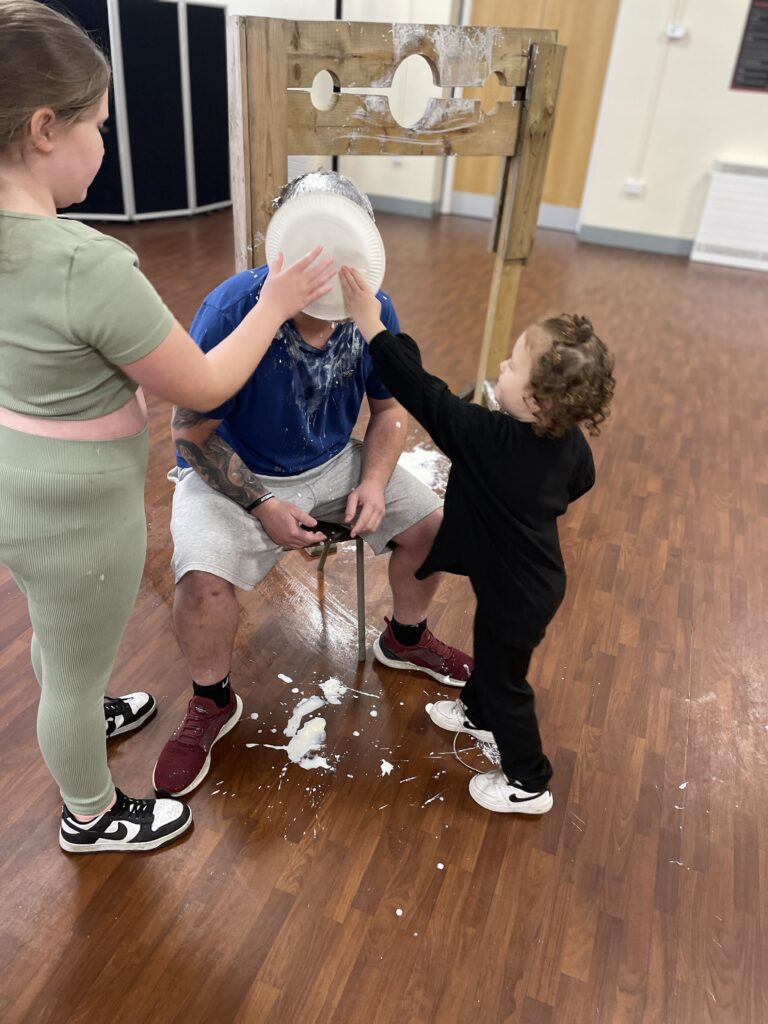
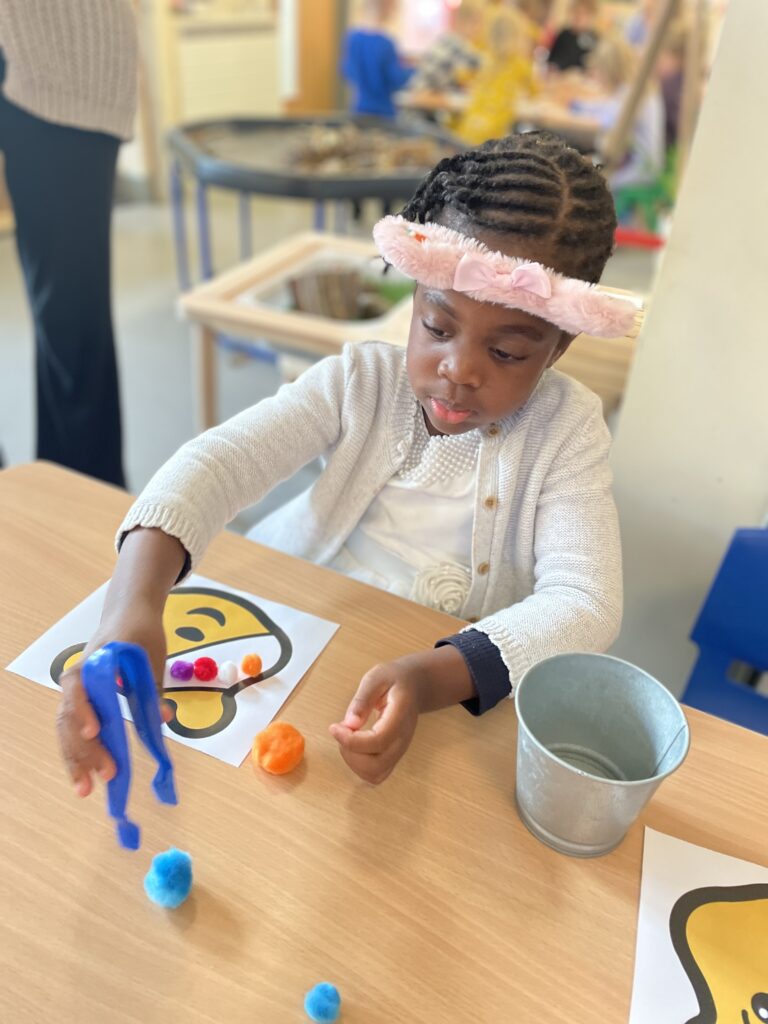

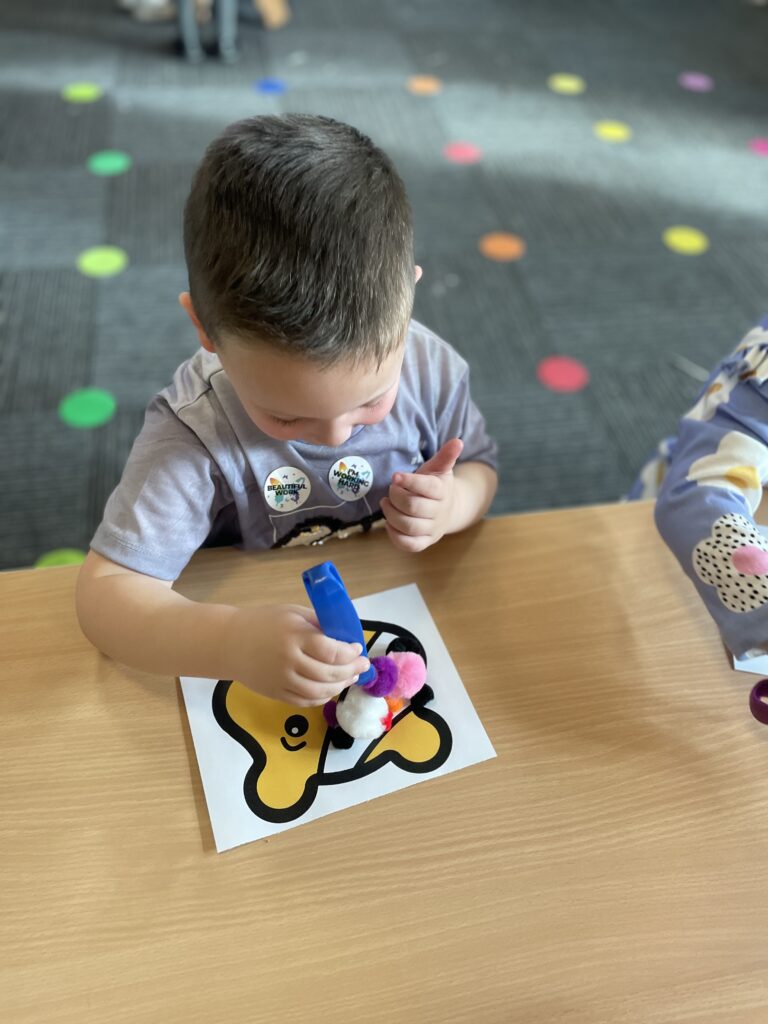
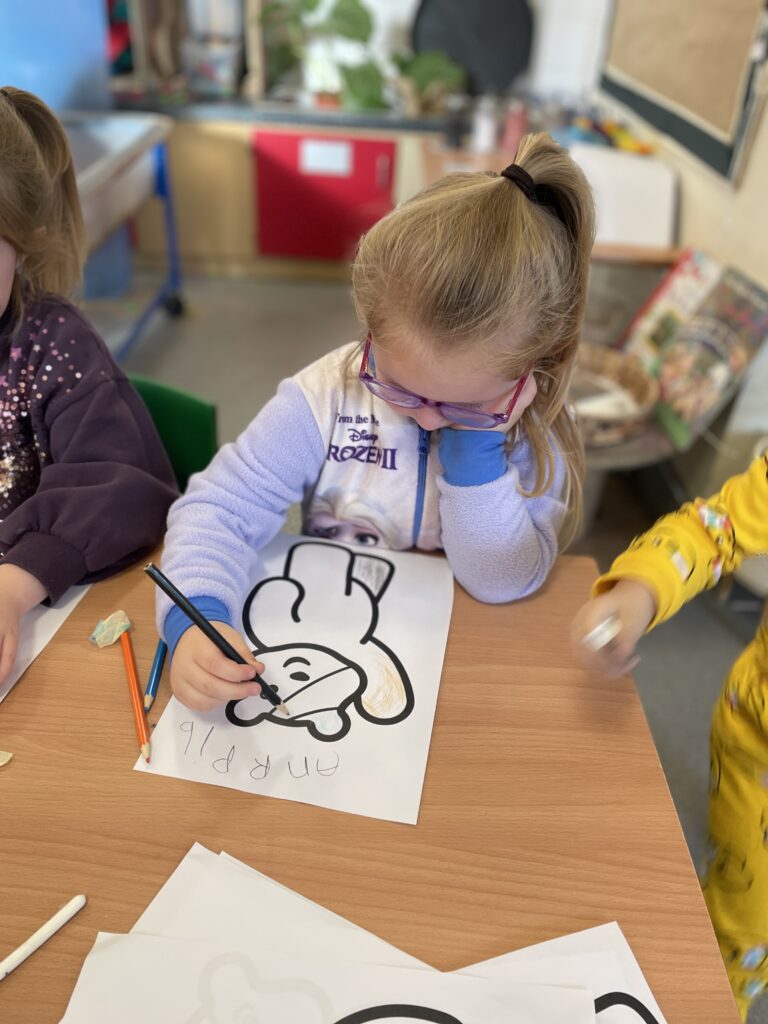
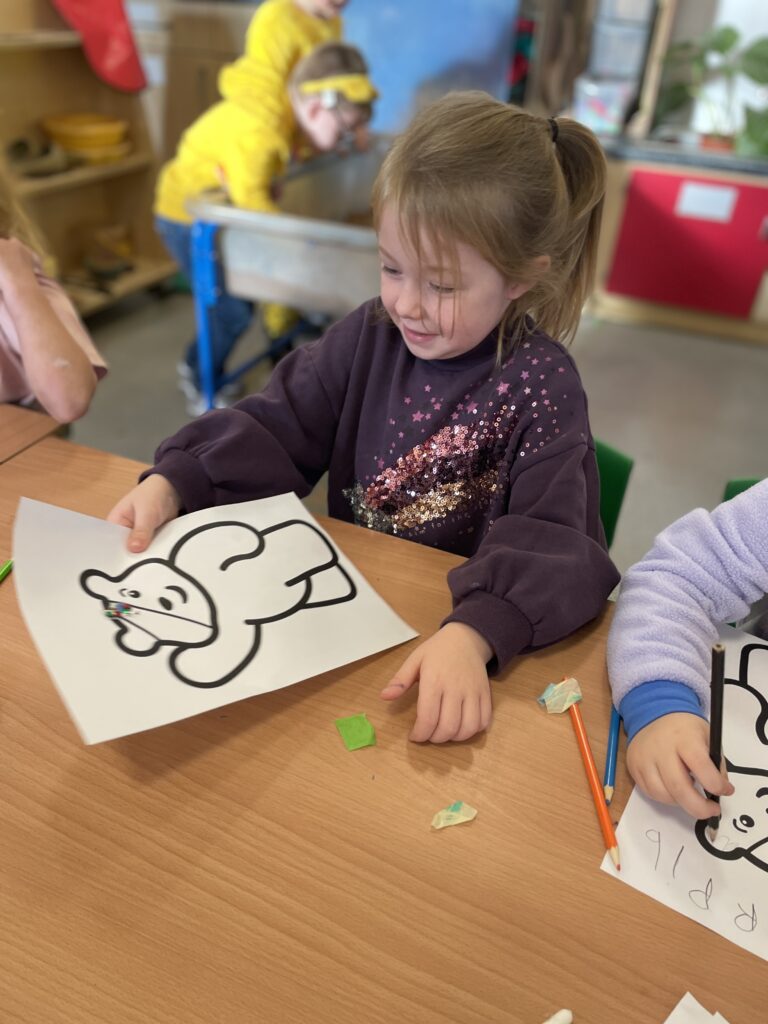
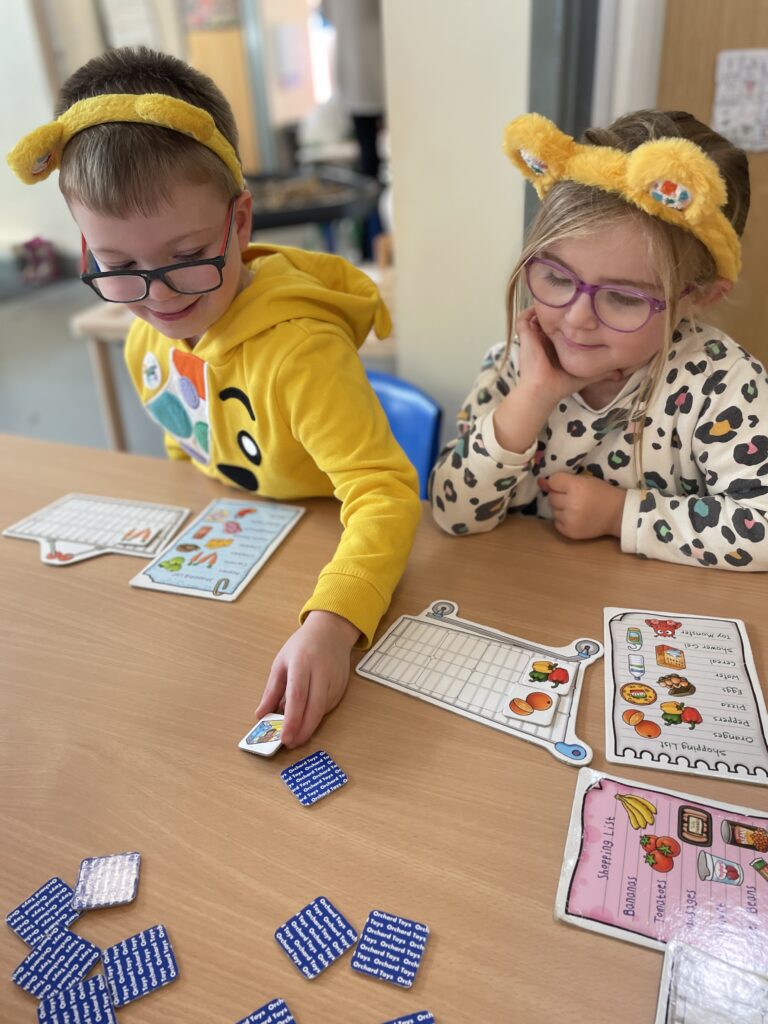
Remembrance Day 2024
Crew McGlone have spent time over the last week discussing why it is important for us to think about those people who helped and continue to help to keep our country safe, and thank them for everything they do. We created fork paintings of poppies that Miss McGlone put together into a wreath for our whole school Remembrance Day display.
We then also made our own poppies using apples and carrots to print with inside a laminating pouch. Once they were dry, they were put through the laminator and we have put them on our classroom windows.
Anti-Bullying Week in Crew Godley
This week we have been unpicking what it means to be kind and how we can apply this knowledge when exploring the purpose of anti- bullying week.
The theme of the week has been respect, we’ve watched different clips to showcase different examples of respect and then discussed the video as a crew, creating anchor charts to show what it means to us. We have thought a lot about respectful language and what disrespectful responses would sound like and what respectful responses would look like.
We have created anti-bullying posters to share with our families to show what we have been exploring this week in crew.
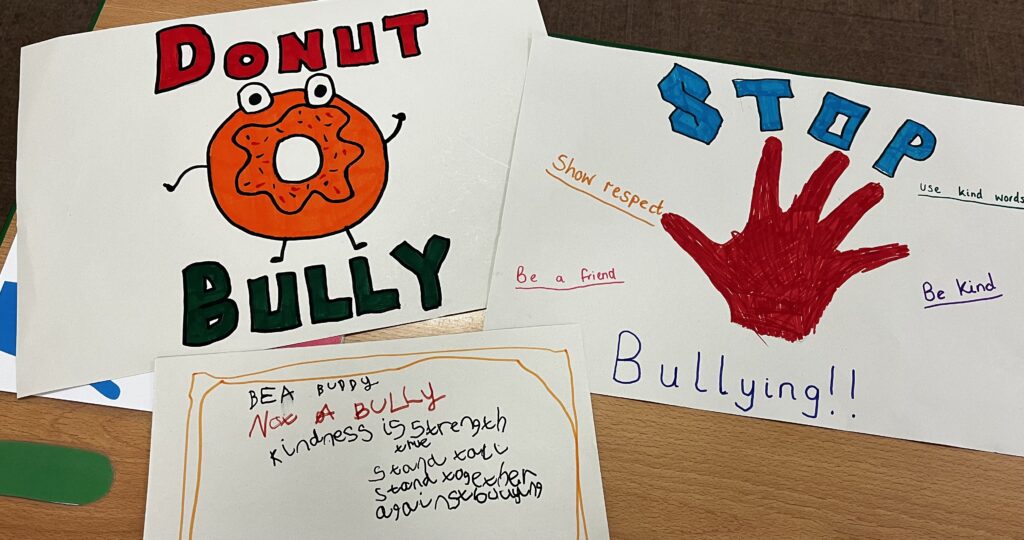
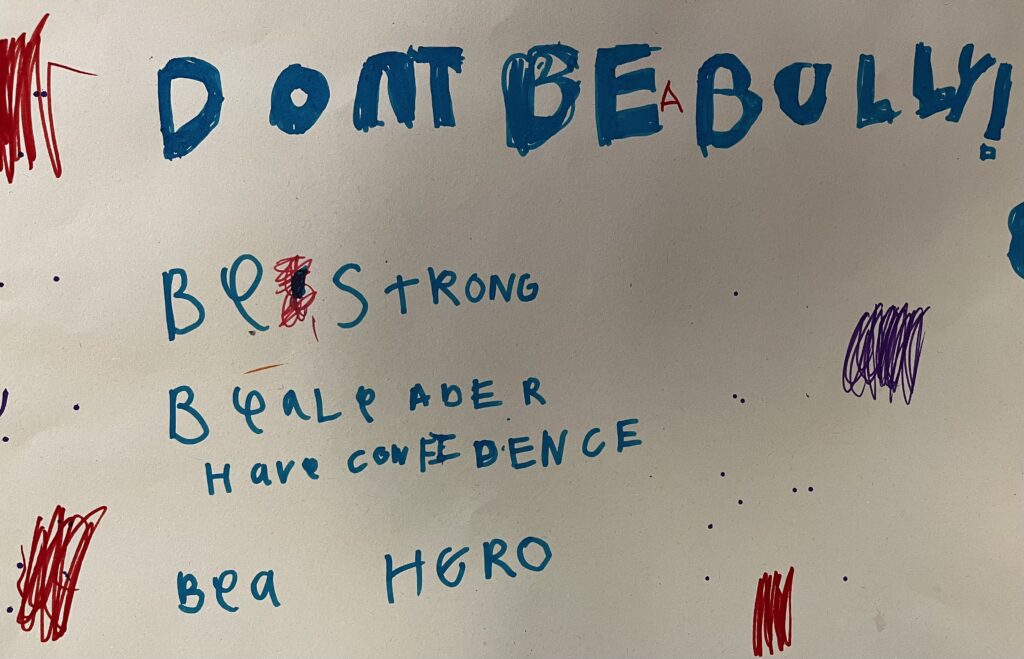
In our debrief of the week we thought about why it is important to respect each other, how respect helps us when making friends and solving problems. We concluded that when everyone treats each other with kindness and respect then we have a much more positive time with our peers. This has had an impact on our HoWLs this week and we have seen an improvement in our ‘Be Kind’ HoWL.
We ended the week with ‘pie’ing’ Mr T to raise money for Children In Need. Needless to say, the children had great fun! We’d like to thank all of our parents in school who have contributed to this great cause and we raised a whopping £121! Thank you to everyone for your continued support.
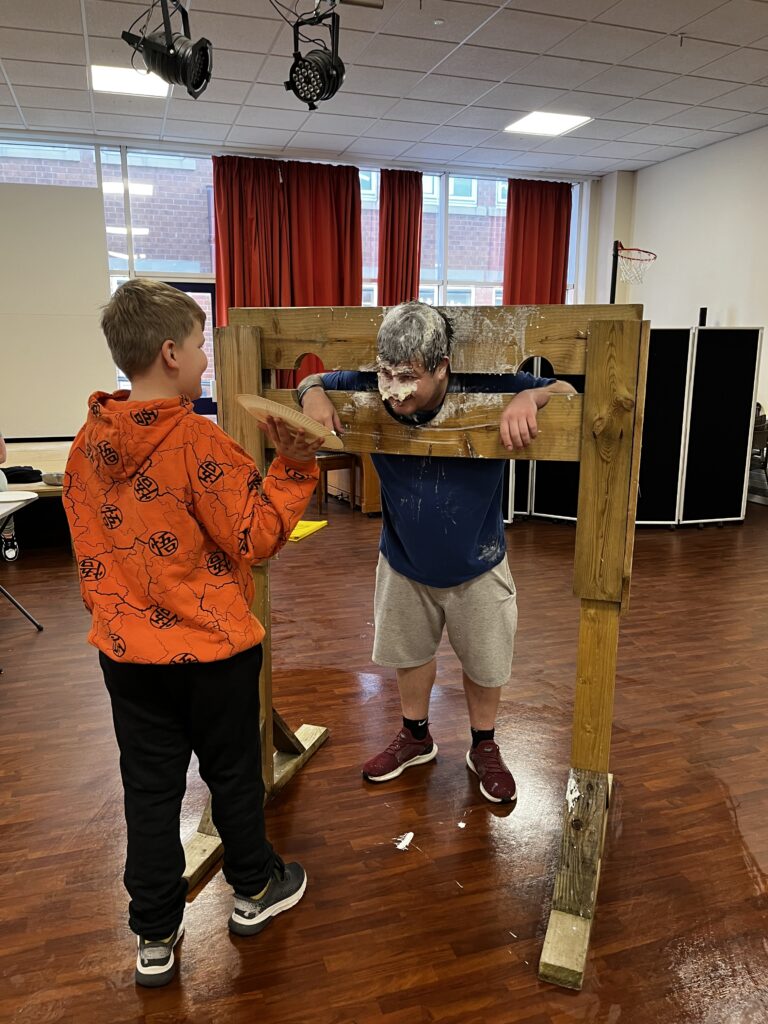
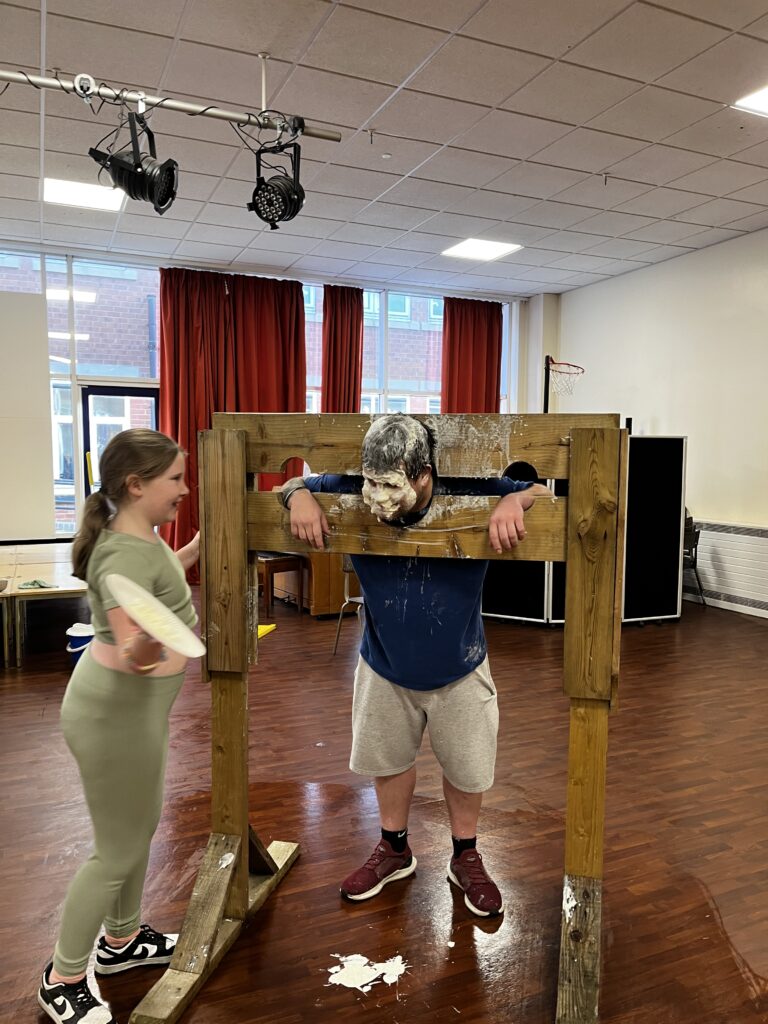
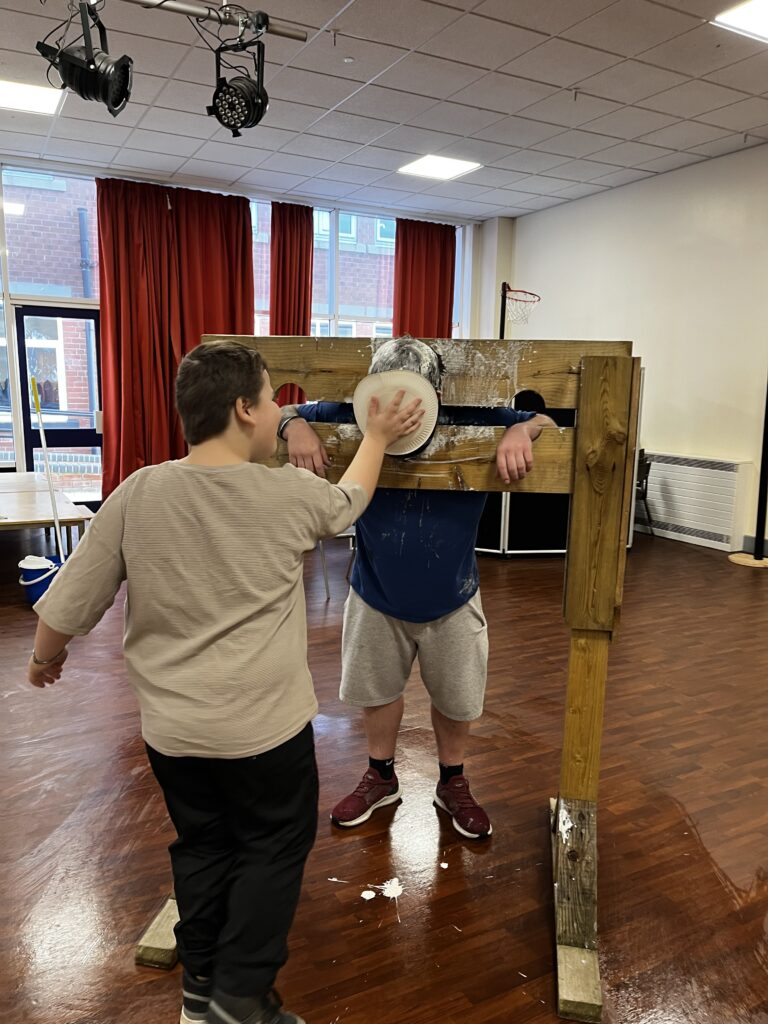
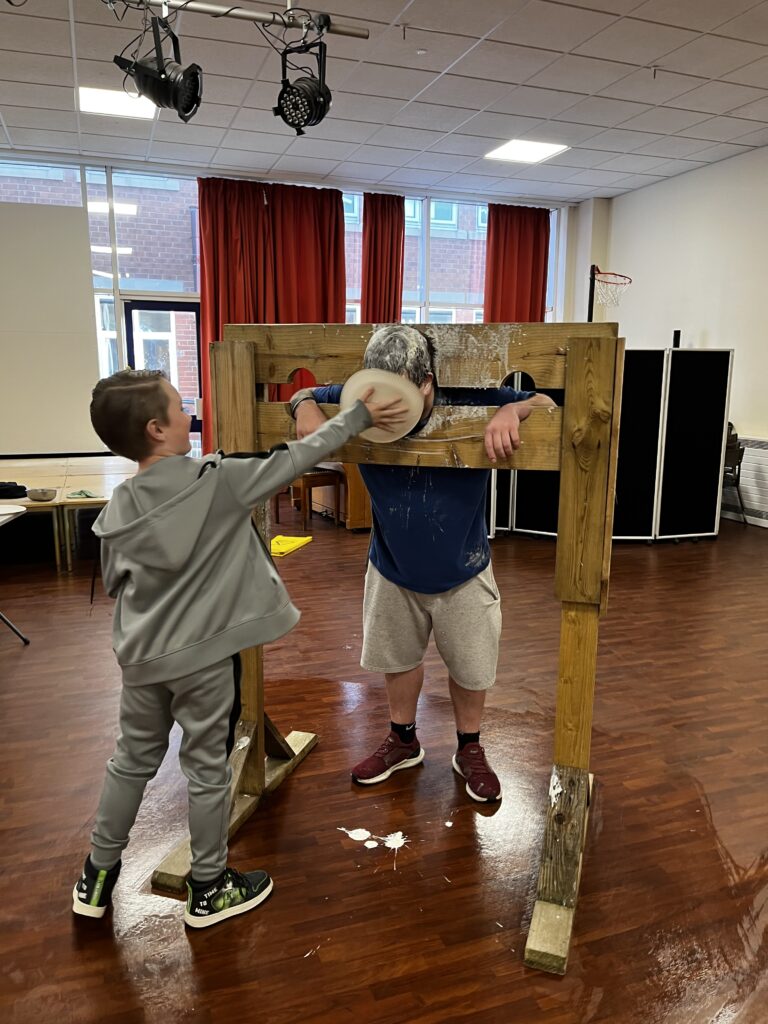
Find a friend who…
On our return from half term, our first crew session was to use the time to get to know others. We had to find someone in our crew who liked swimming or who liked pizza for example. This allowed us to use our speaking and listening skills as we had to ask questions and listen to their responses. We then did a quick hands up at the end to see who else liked a particular thing.
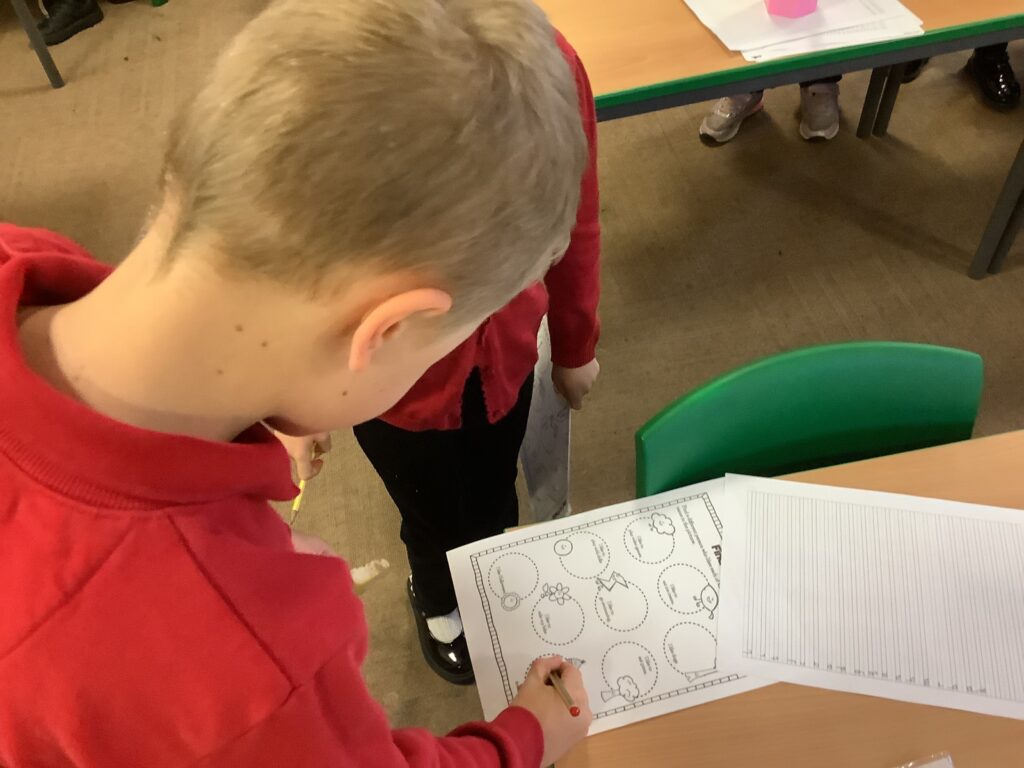
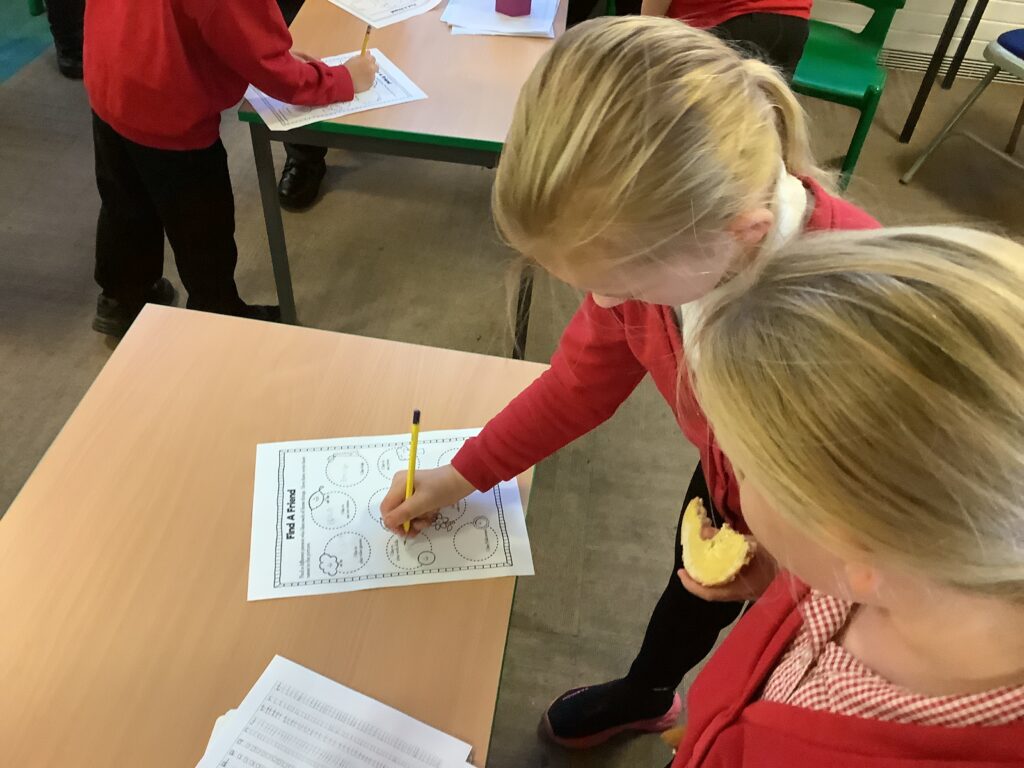
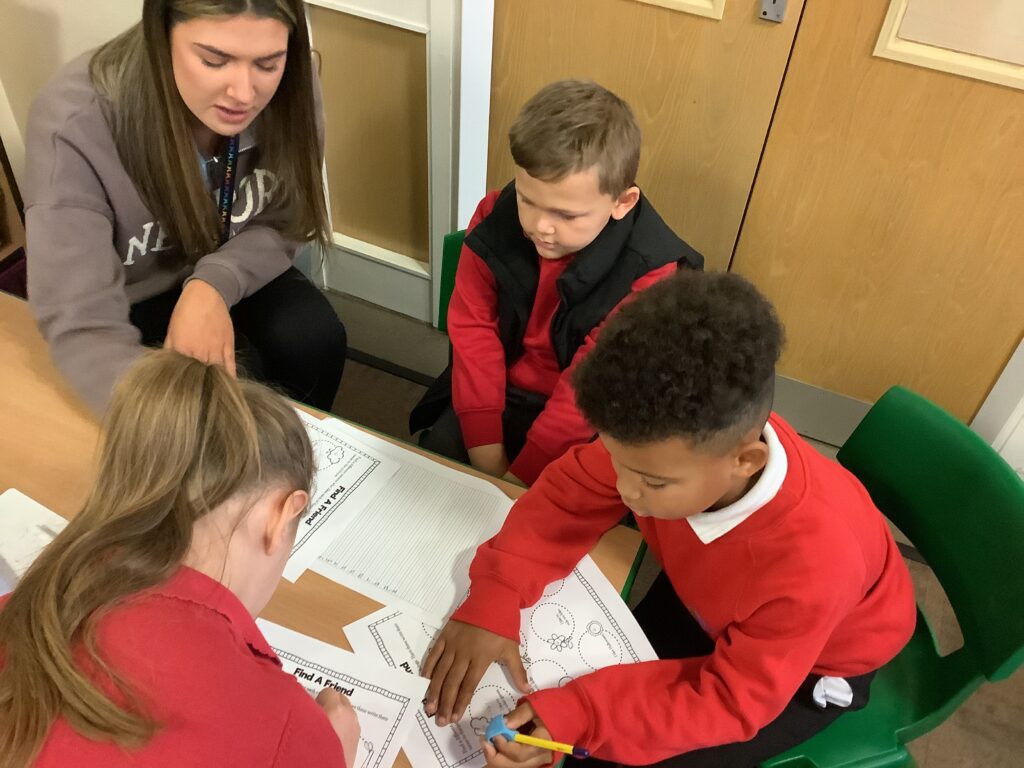
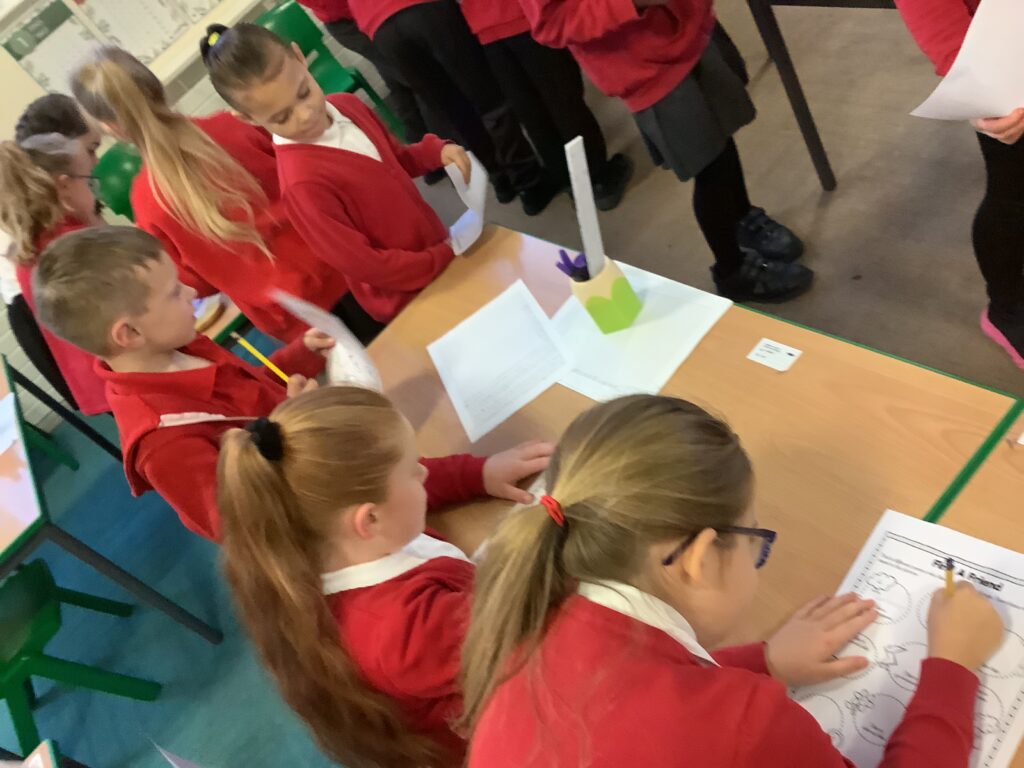
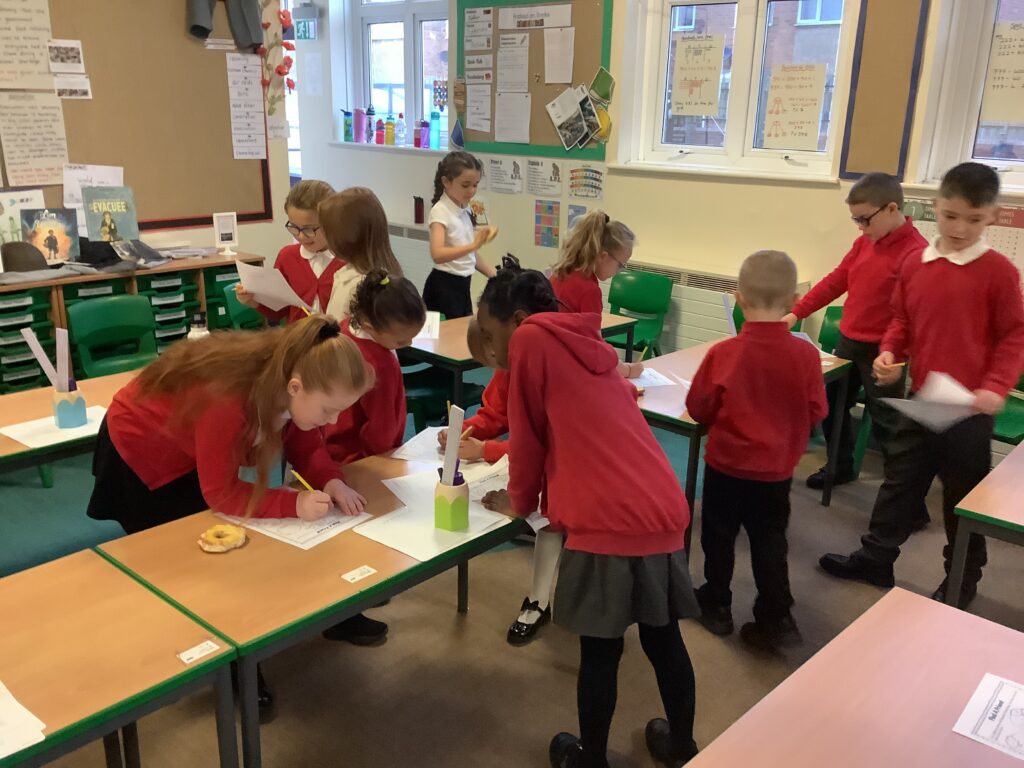
Positive Vibes on a Friday in Crew MI
Today we talked about how a positive attitude is good for our mental health. We talked about what is a happy mind and what a different that can make to our lives. We spoke about what made us happy. We all agreed that when someone else says something positive that then makes the rest of us happy. We worked together to compose a positive statement to share with the crew. We read some some inspirational quotes and decided which one we liked the best- these helped us with our own. We spoke about how some people can struggle with their mental health and how this then can be difficult to feel happy. To help this, we spoke together about what those people could do like talk to a trusted adult.
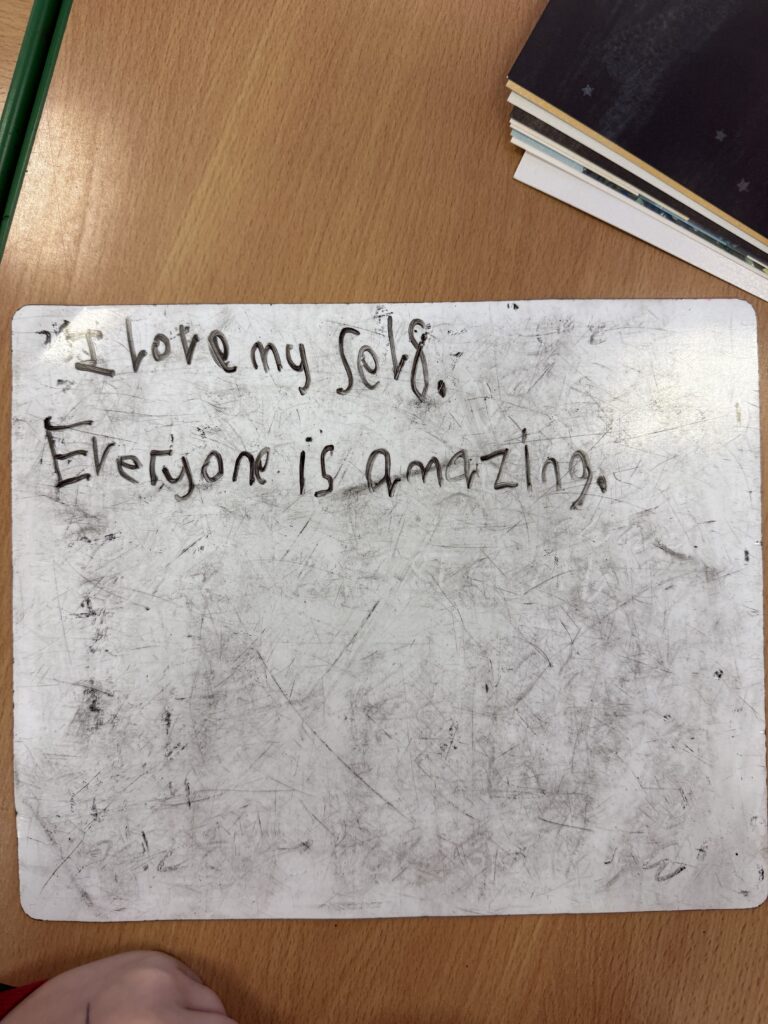
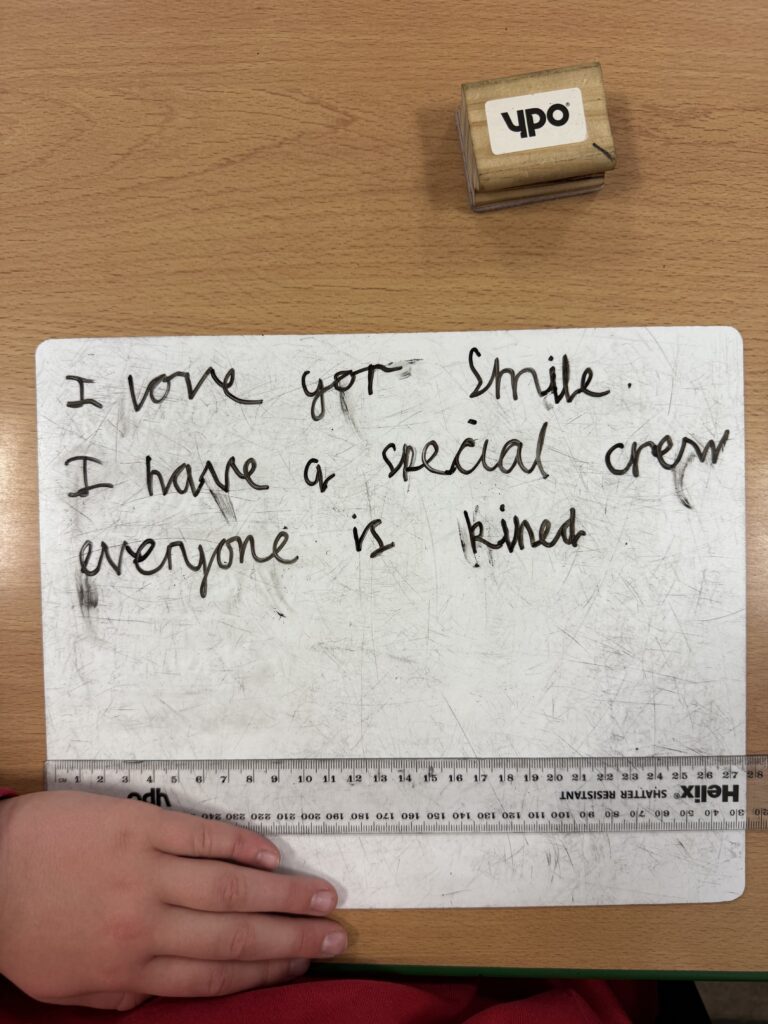
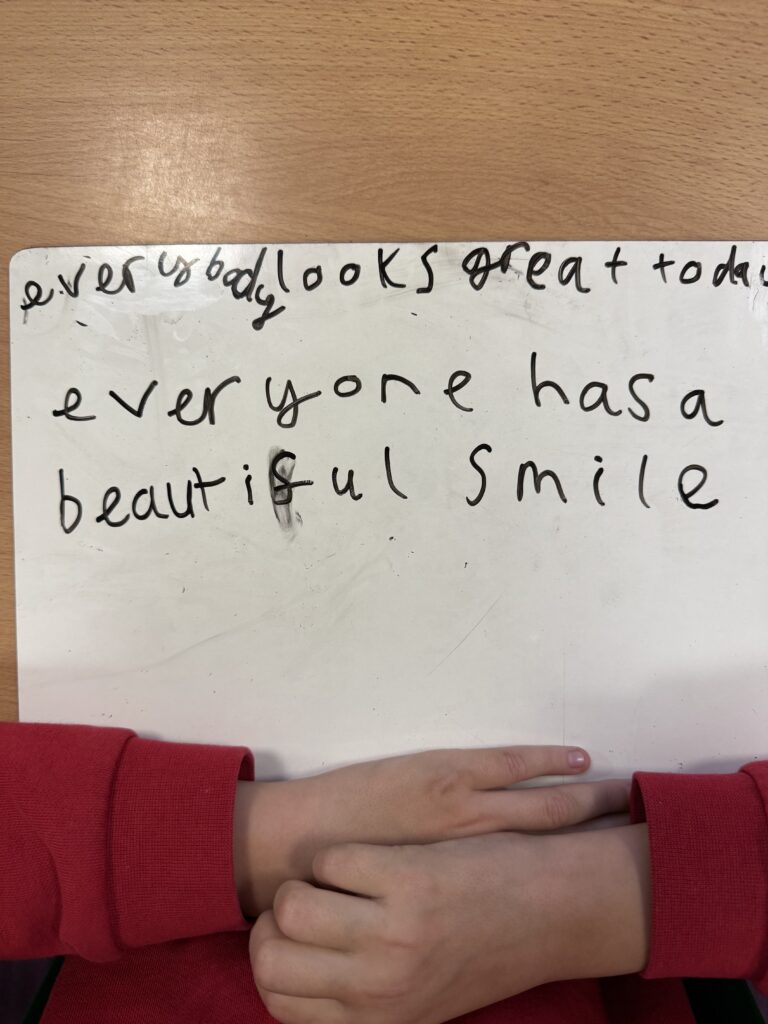
Disco Fun
We’ve had an amazing time this evening at our disco, it was lovely to see all the children practising their best dance moves! We can’t wait for the next one.

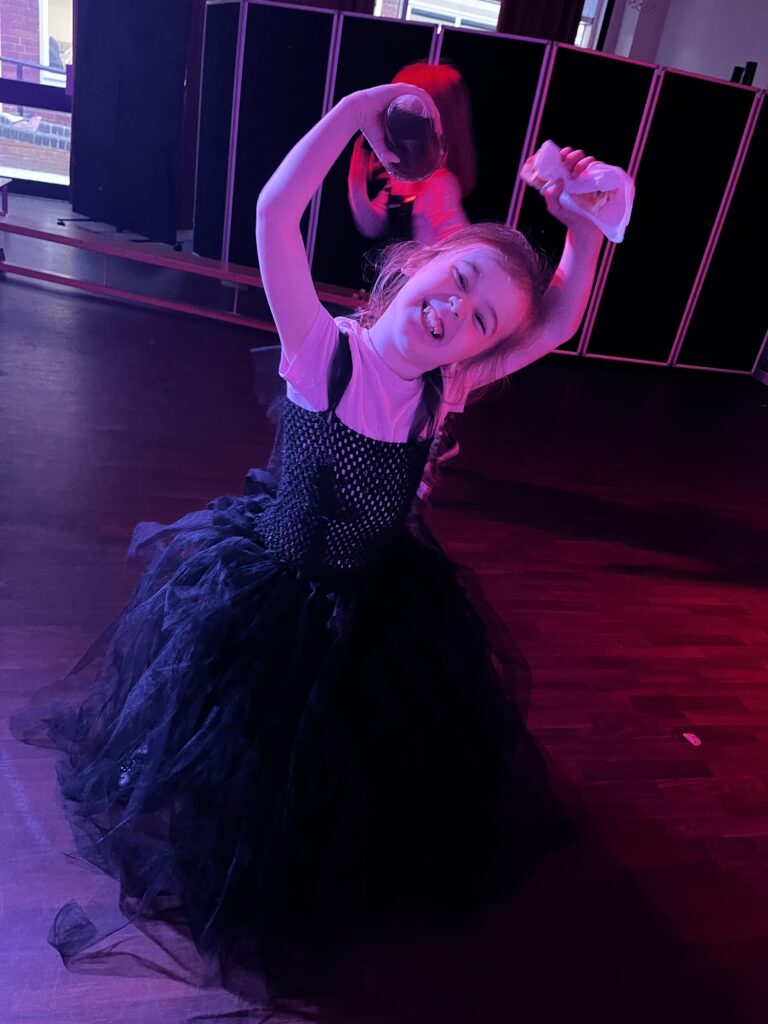
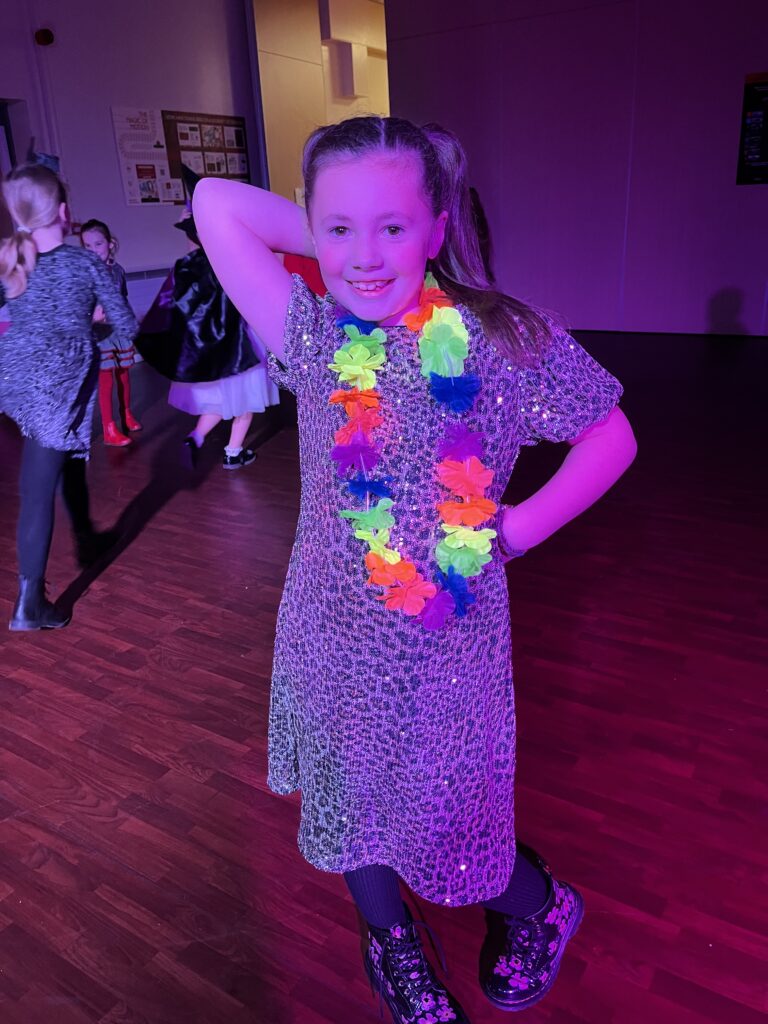
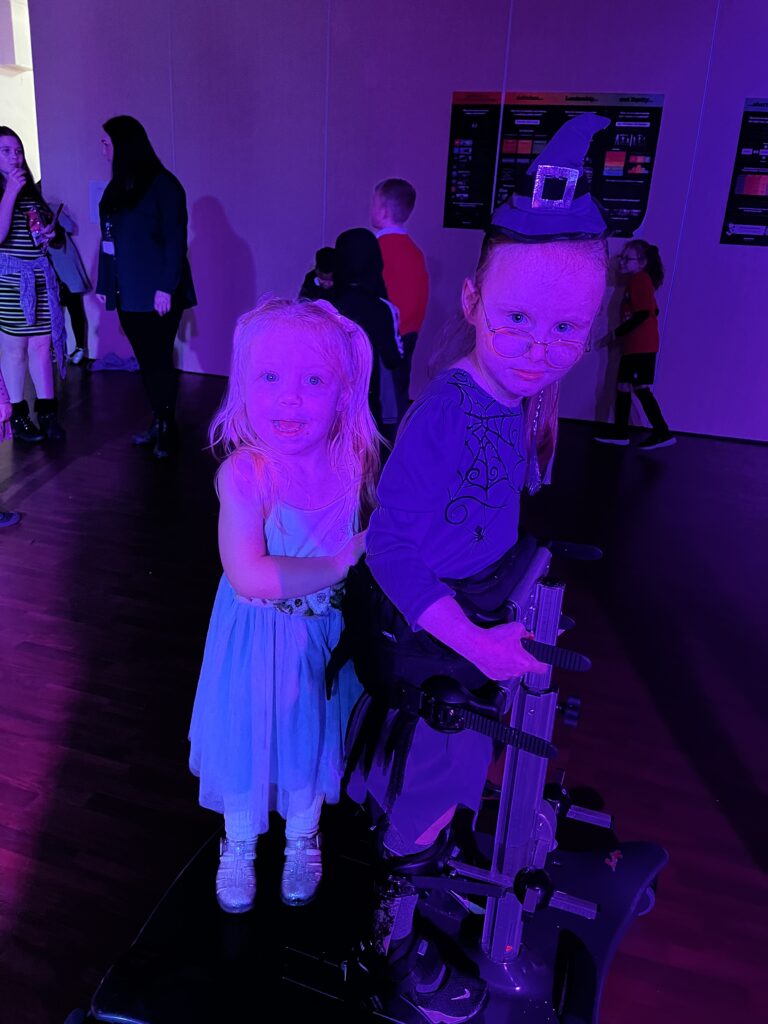
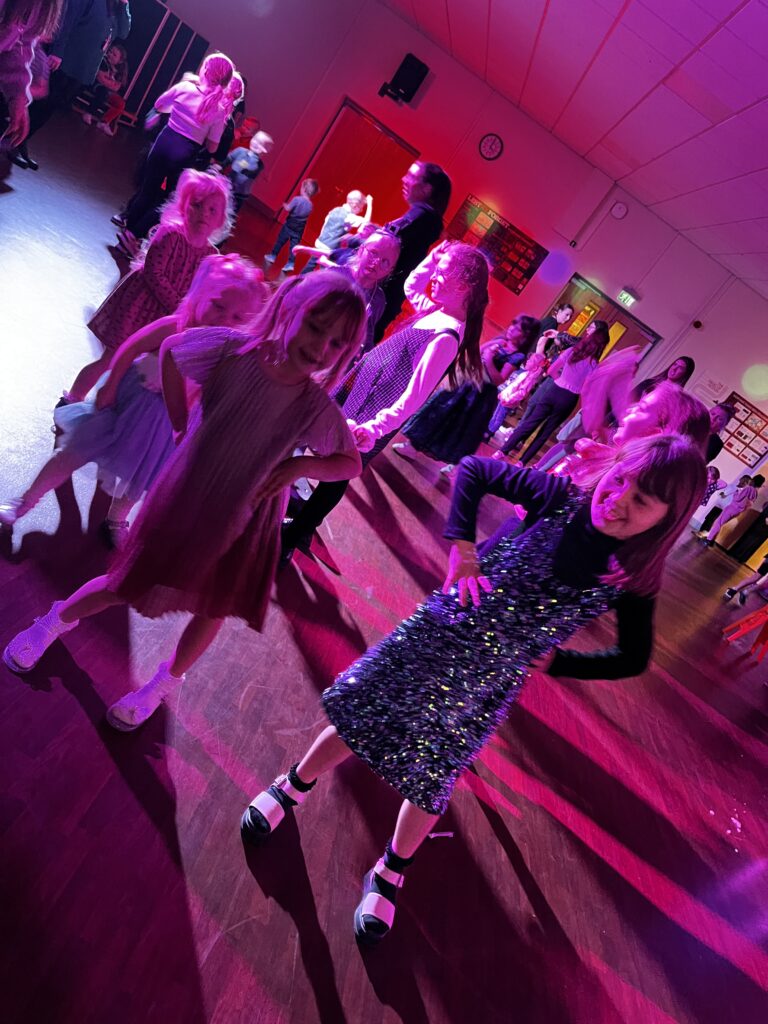
Sliding into half term
What a great way to end the half term by having some time on the bouncy castle. Lots of bouncing, sliding and flipping. Some children even learned how to do a flip with the help of their peers.
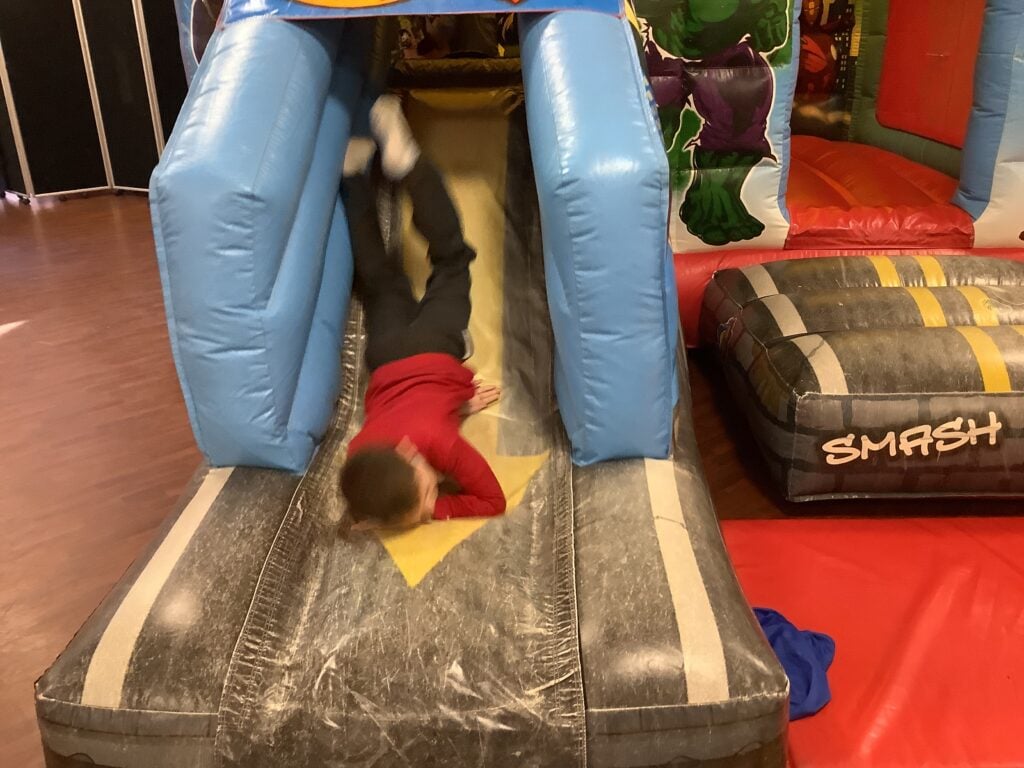
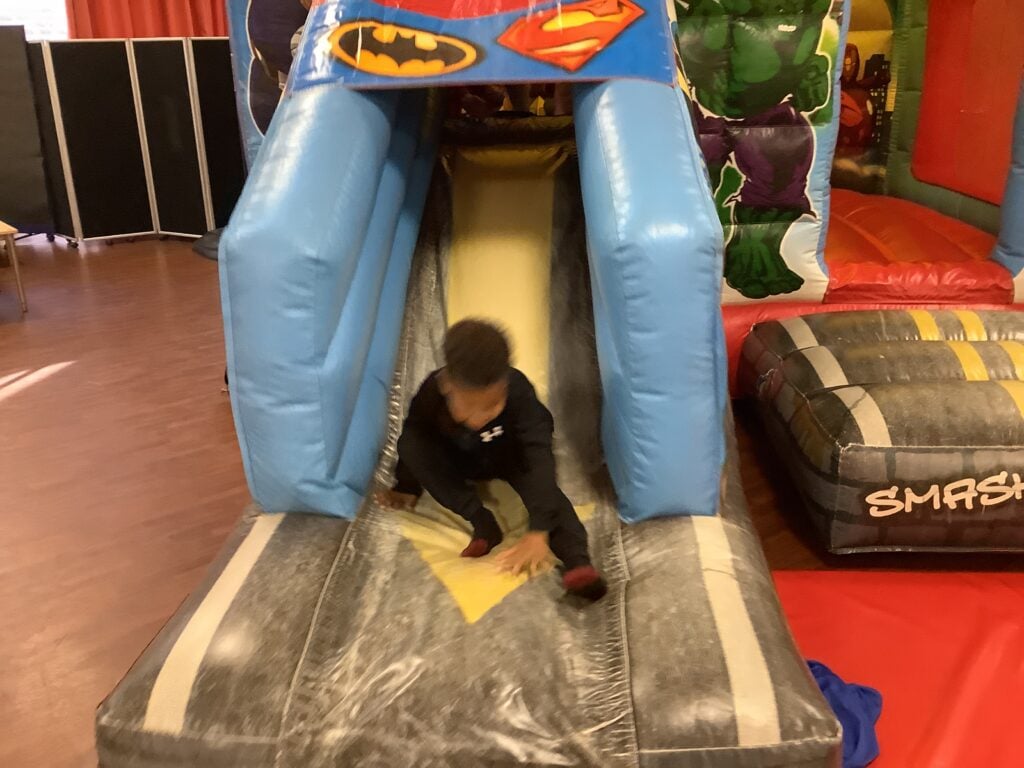
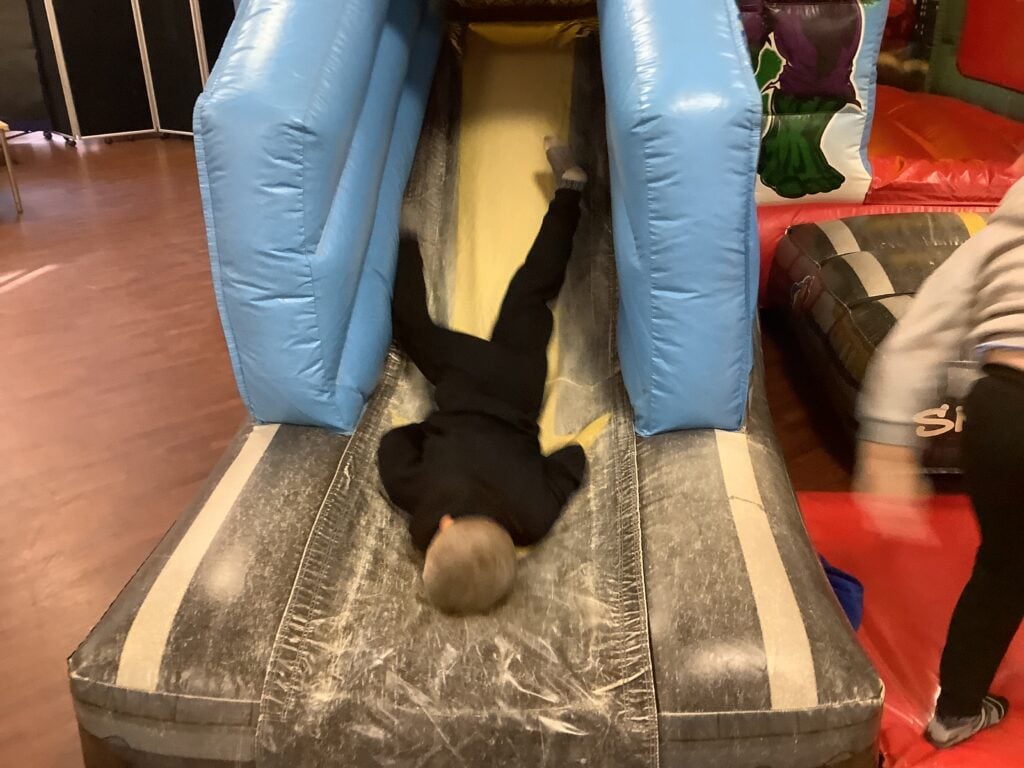
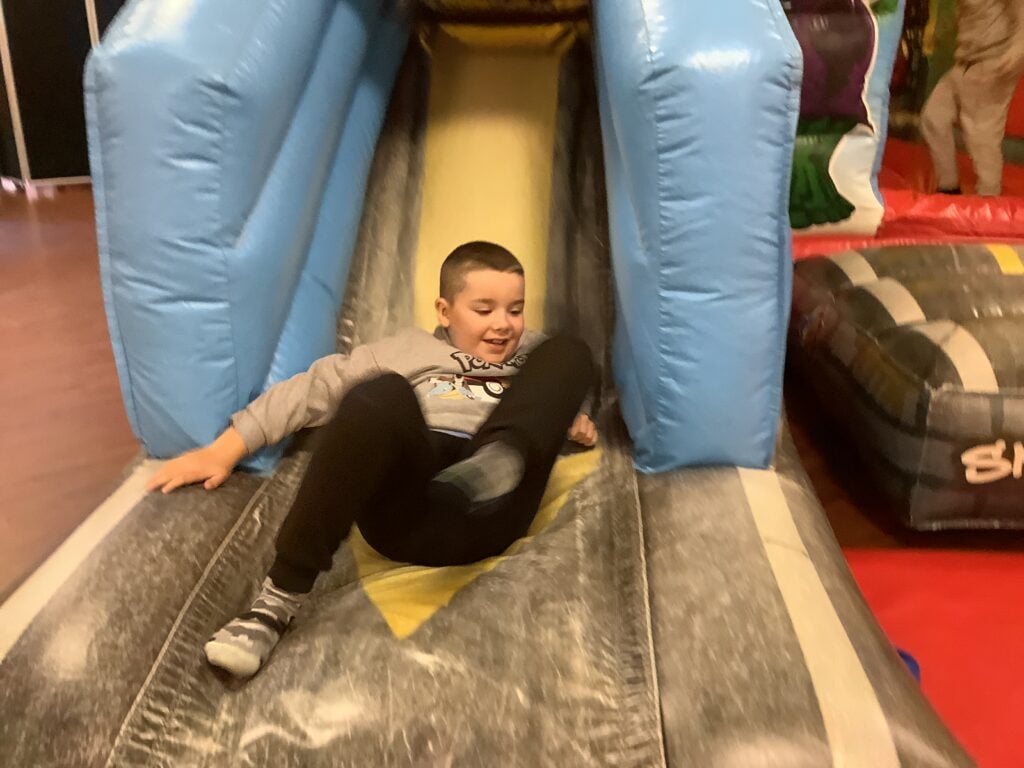
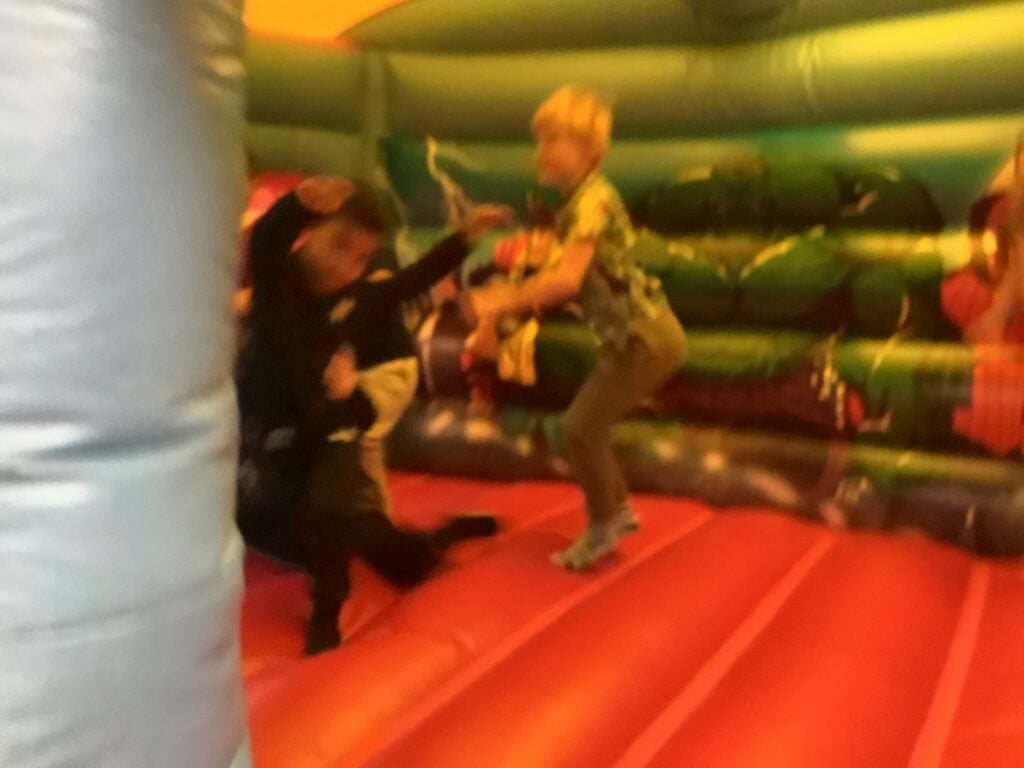
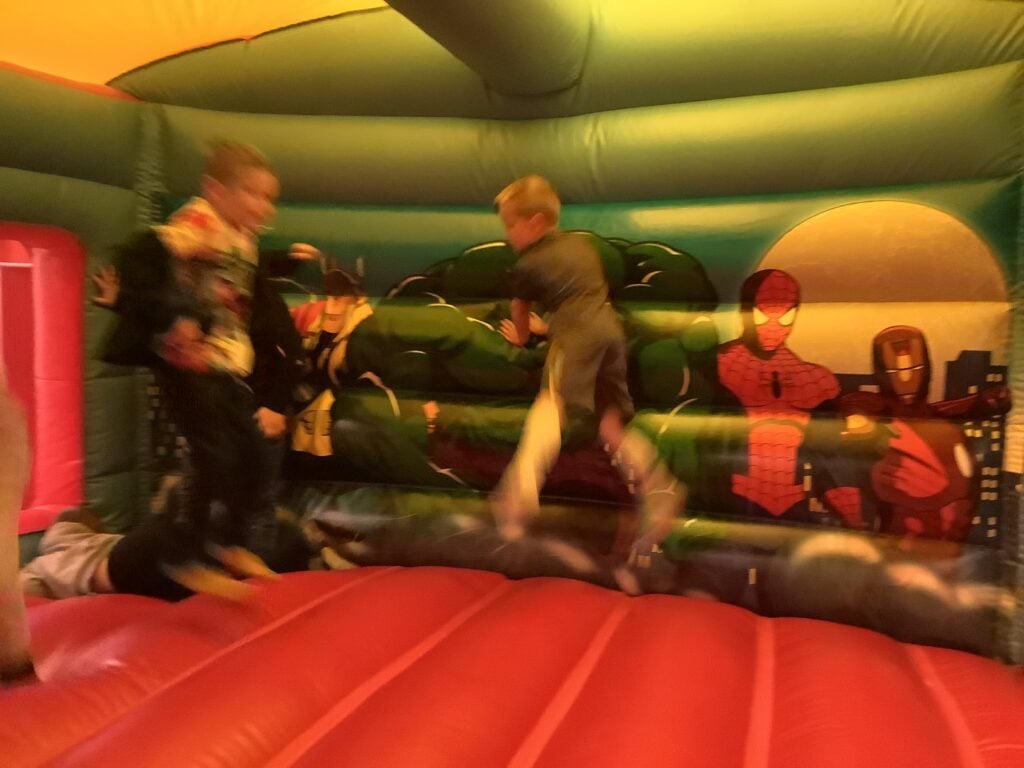
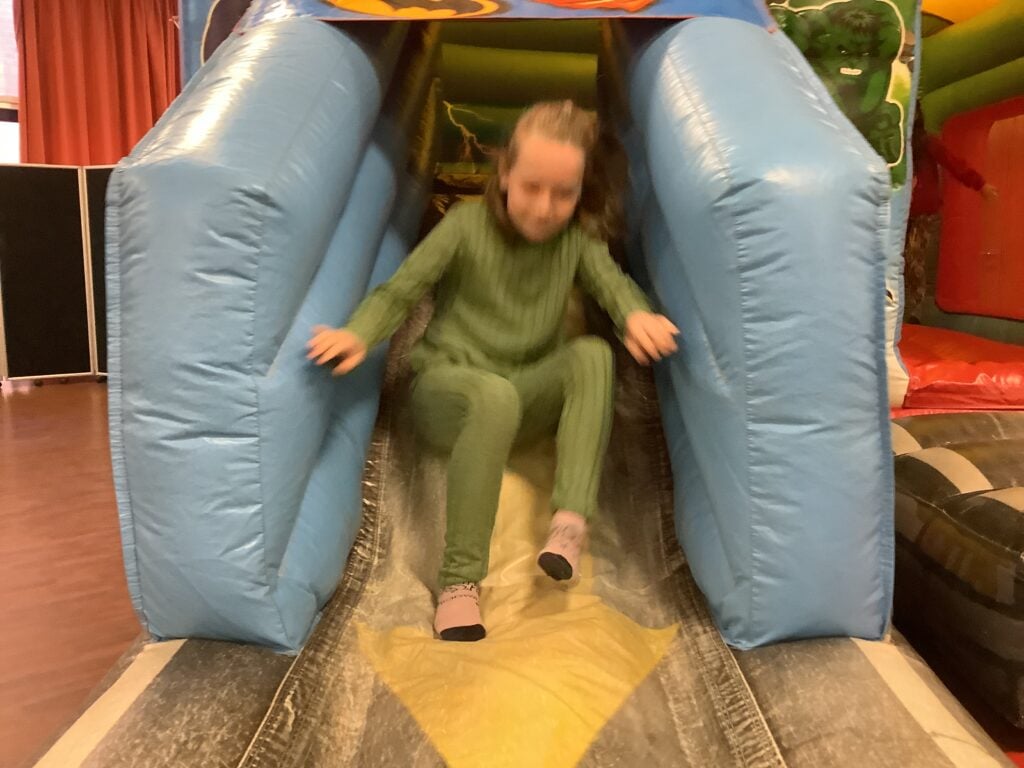
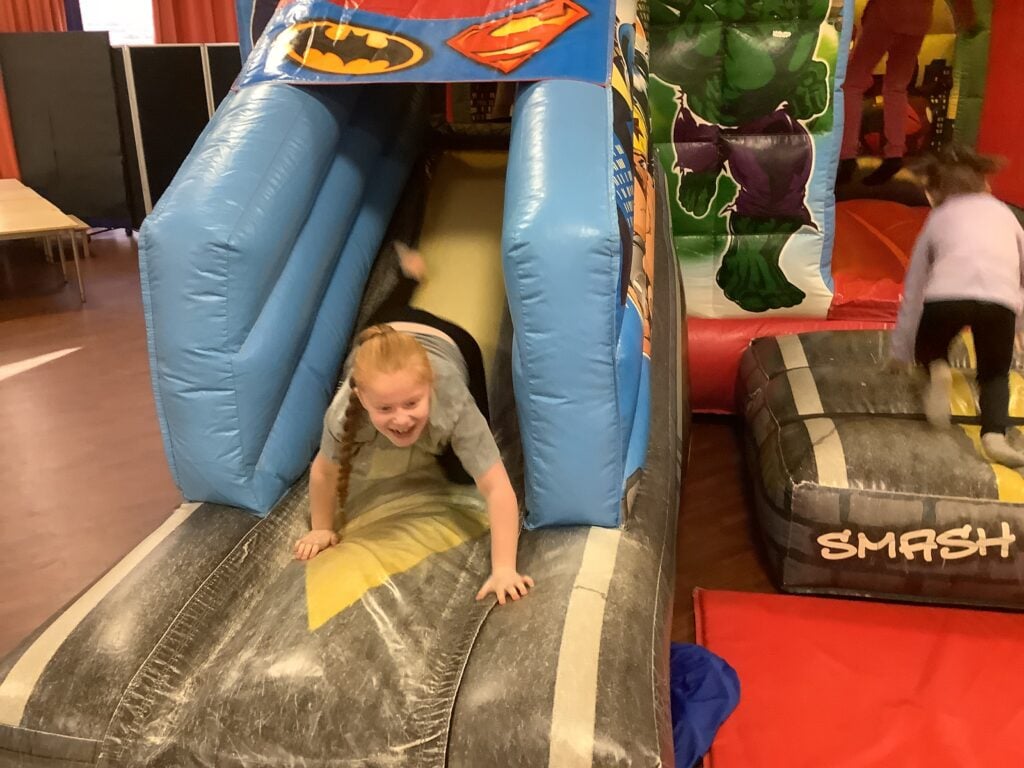
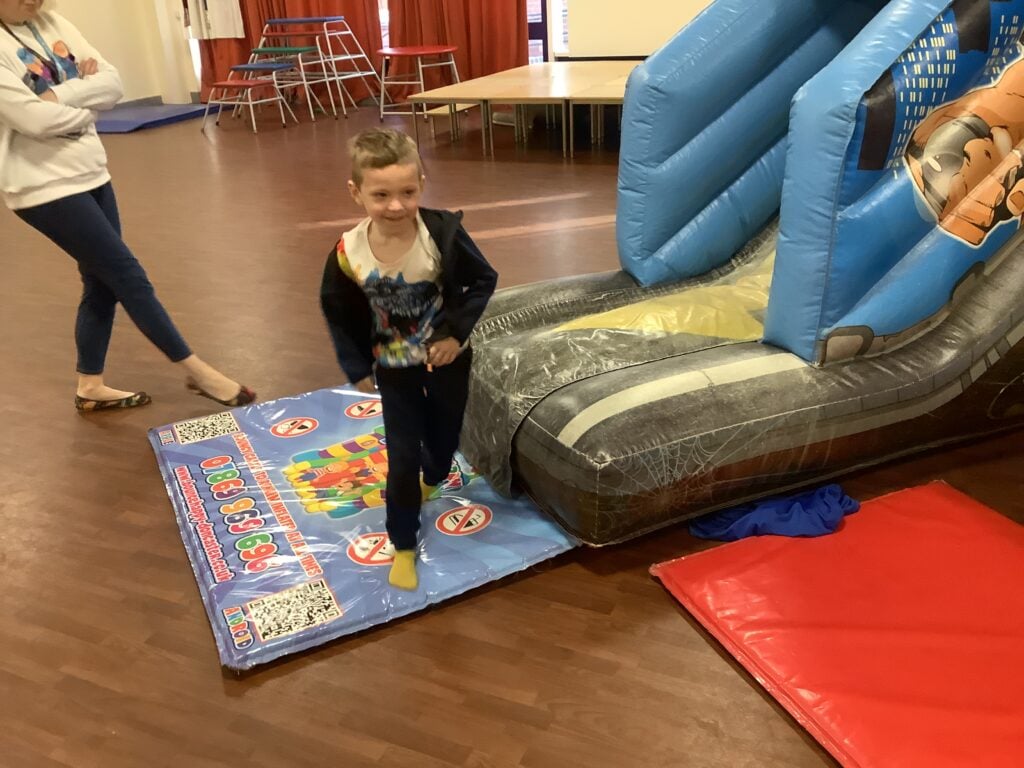
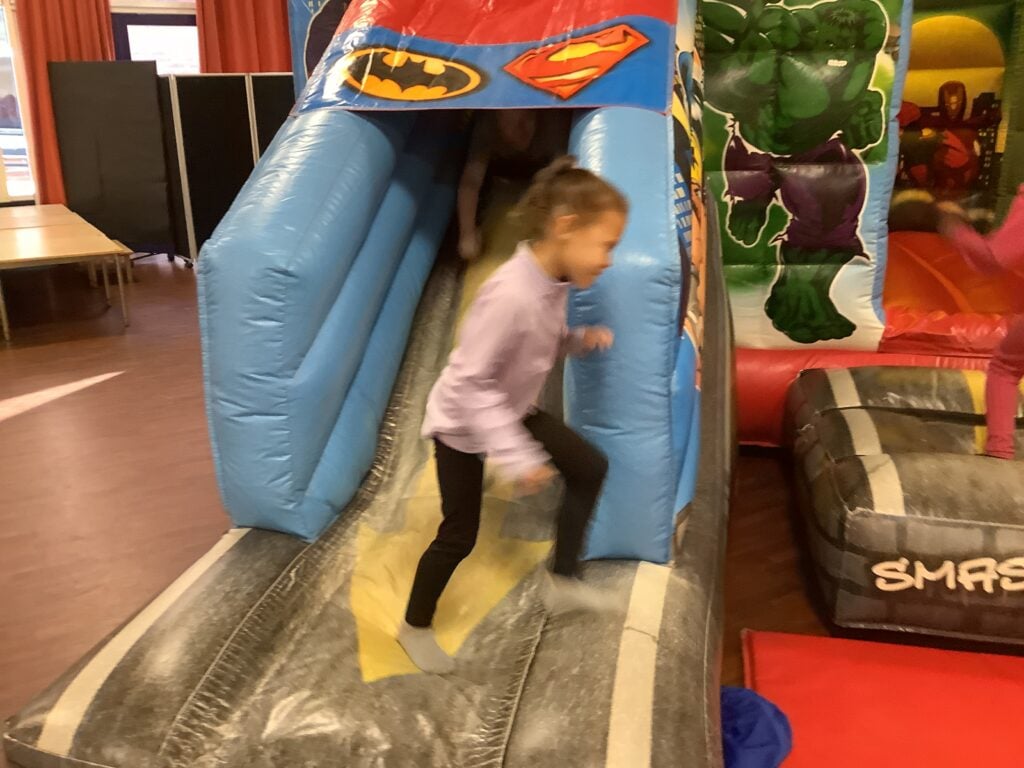
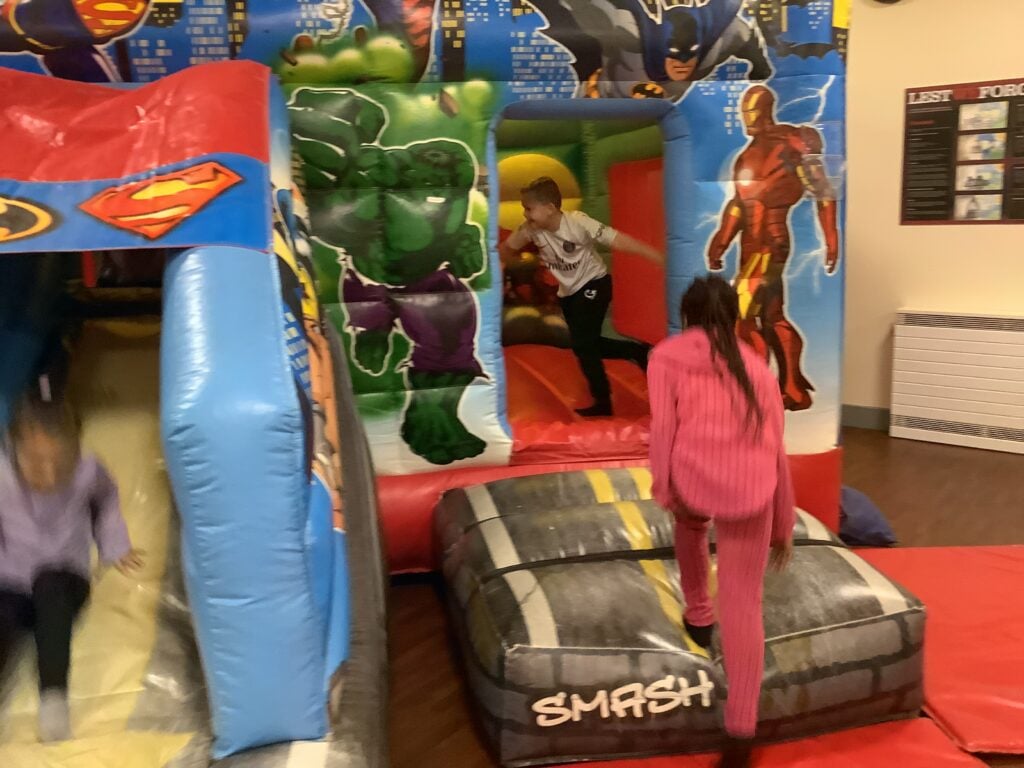
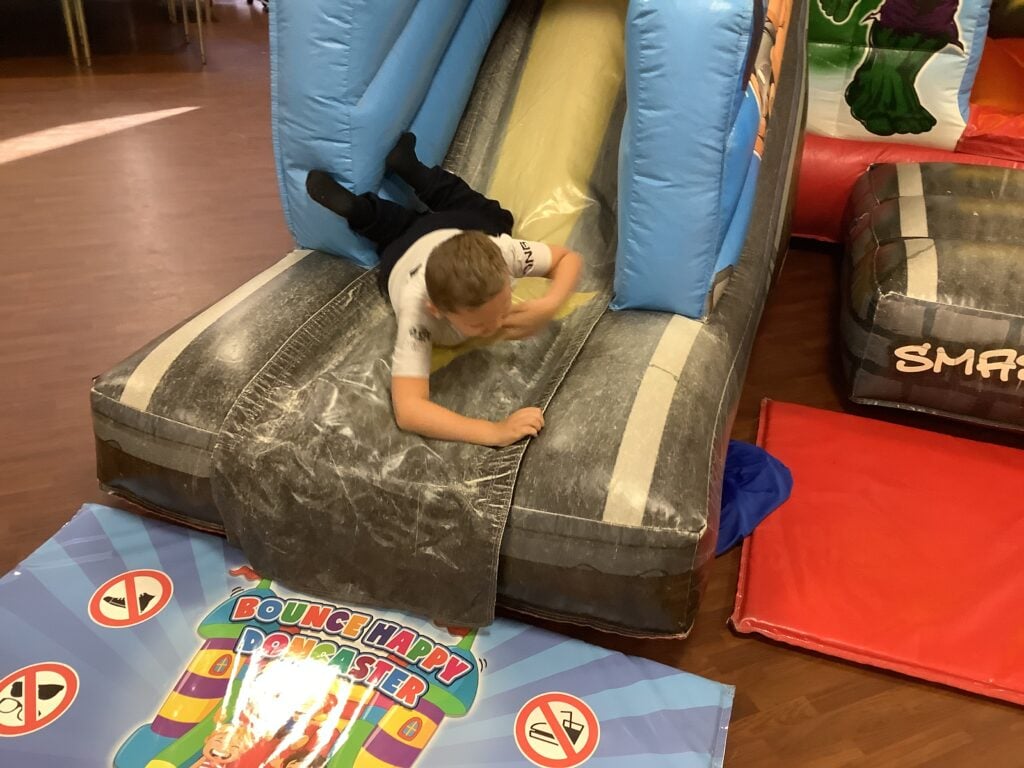
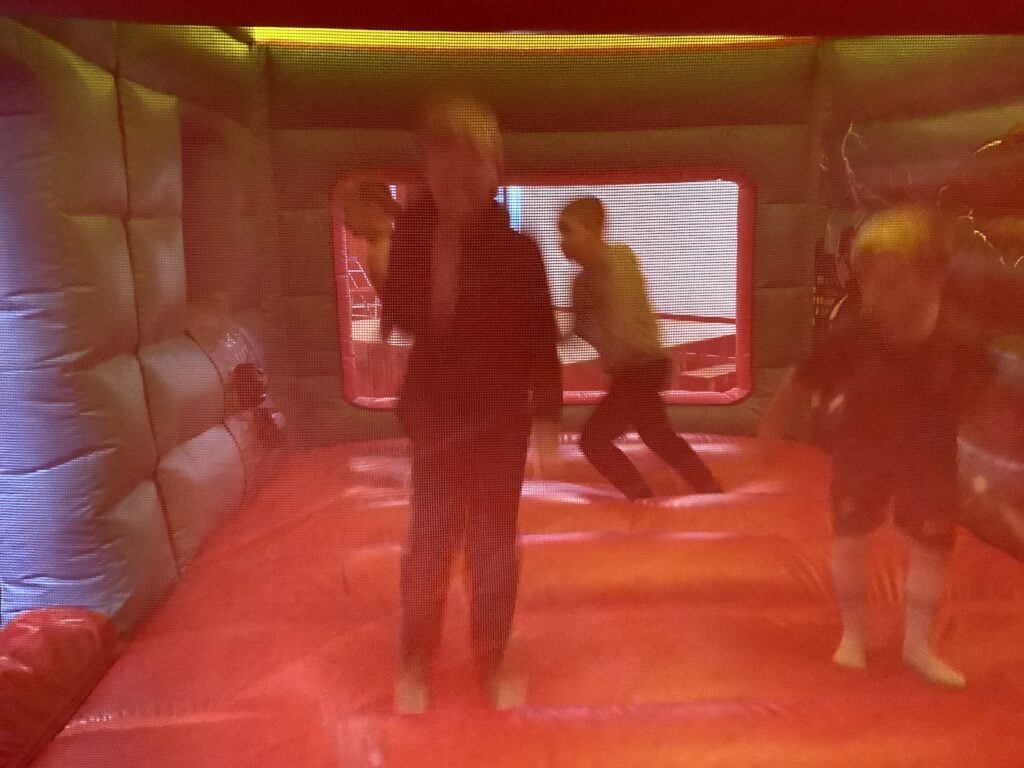
Cutting and Cleaning
In Crew we like to learn life skills and brush up our fine motor skills. The children are getting used to sharing and taking in turns, which is fantastic!

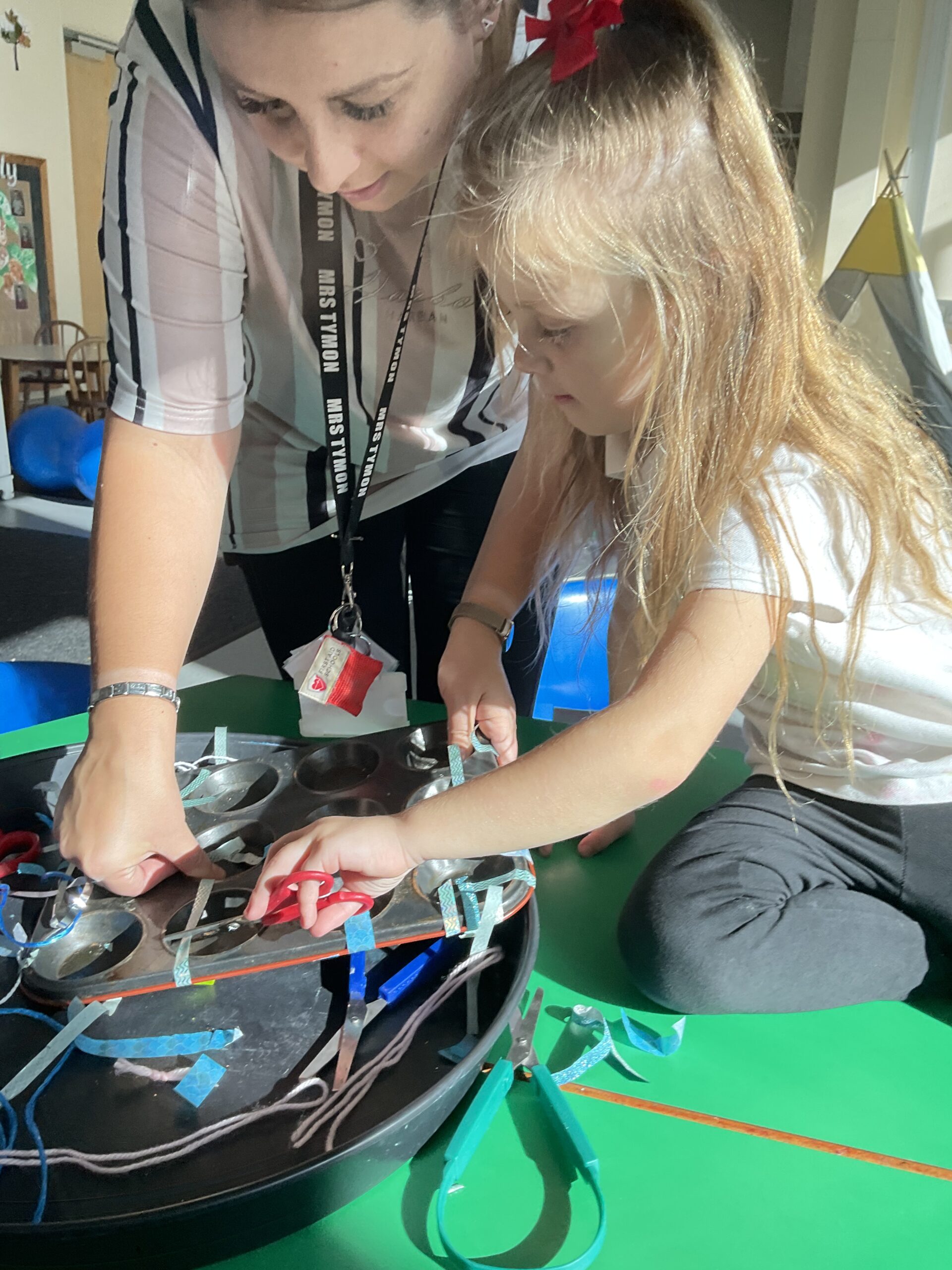
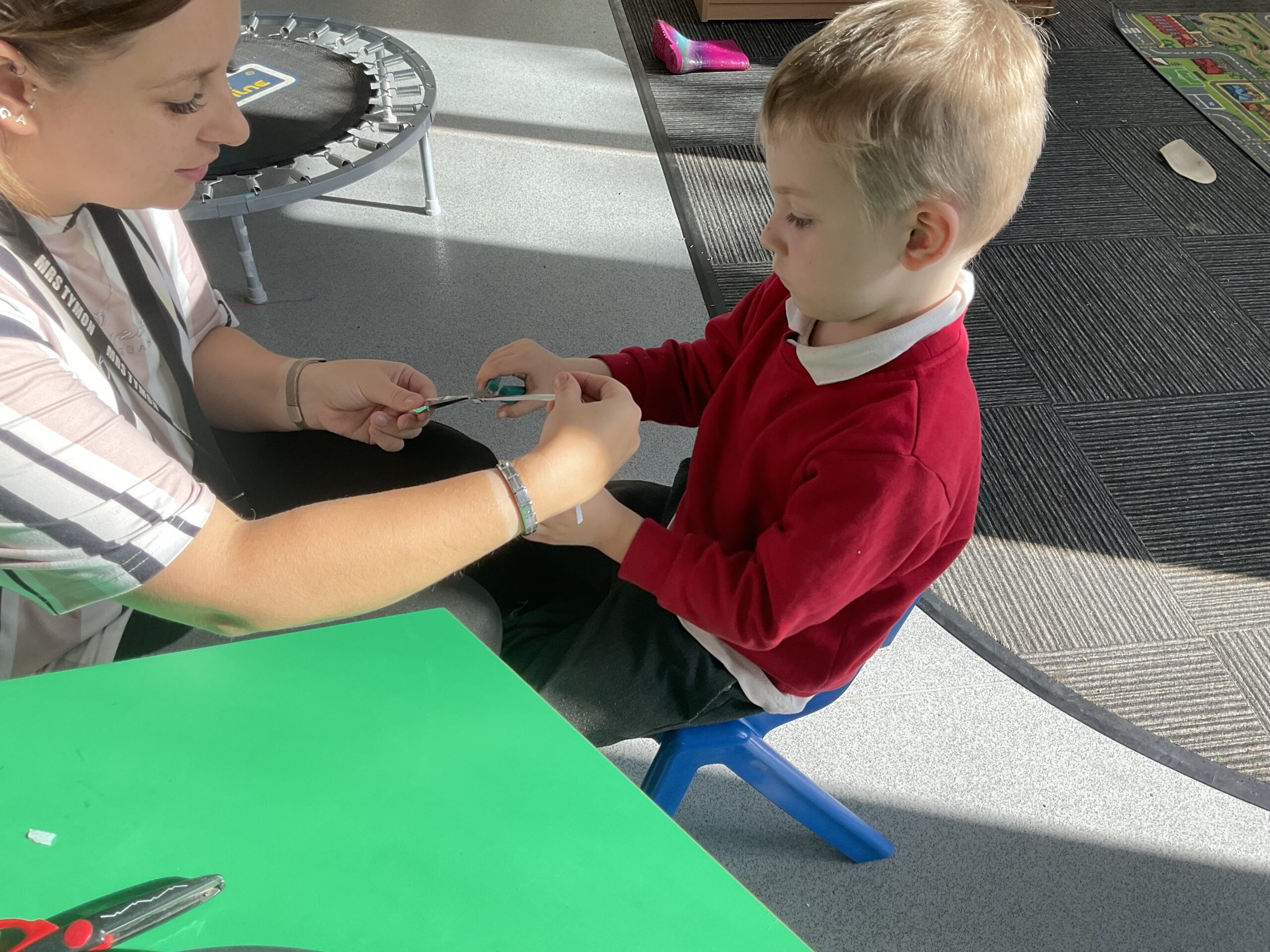
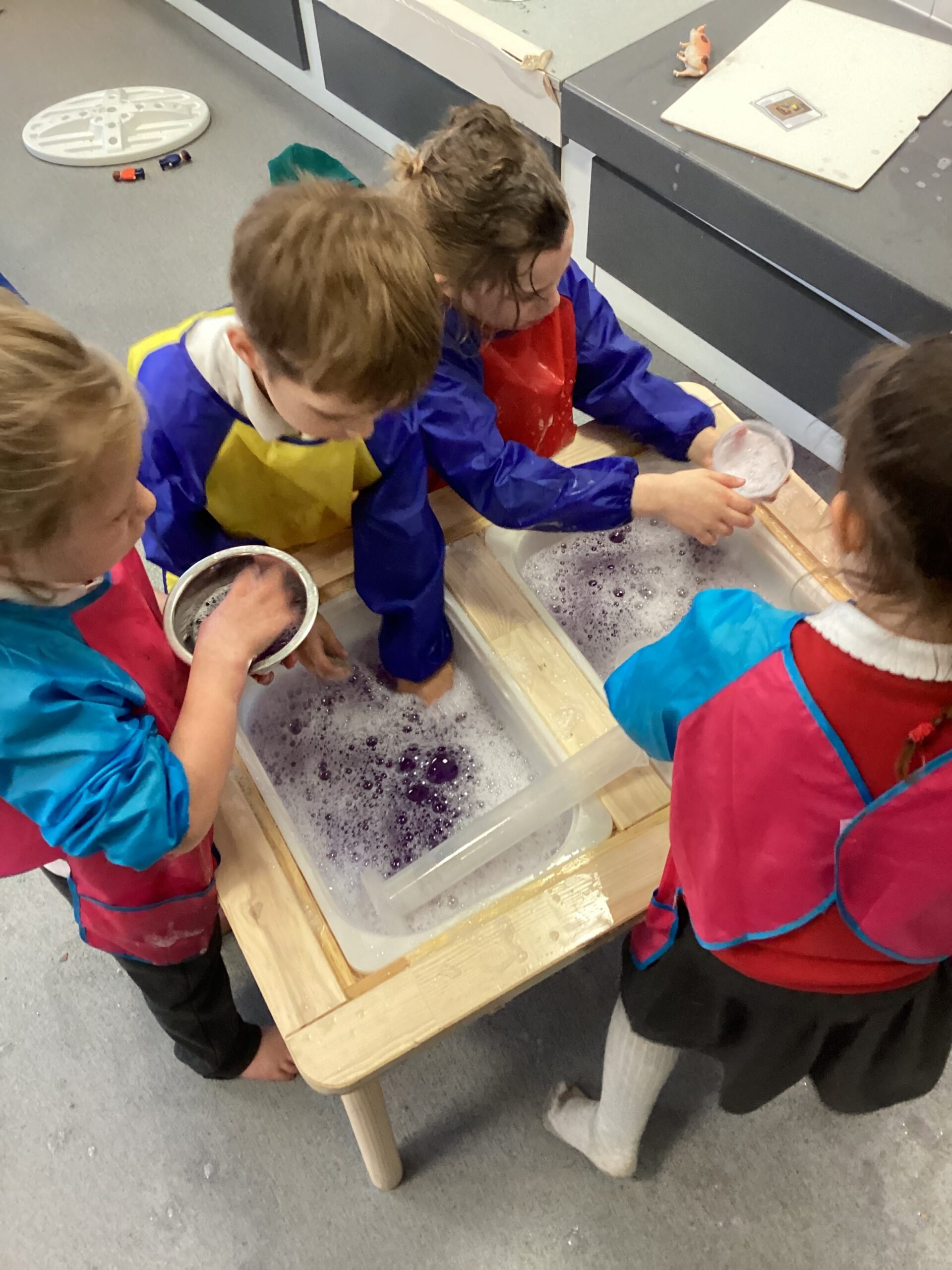


Exploring this week’s text – Paddington!
This week in school, we have been exploring a new story – Paddington Bear! We started by reading the story and learning all about how the Brown family found Paddington at the train station and took him home to look after him. We thought this was really kind of them! After we had read the story, we talked about the different ways that the Brown family had shown they were kind. They took Paddington to the cafe for some food, they let him have a bath after he got all sticky – although this was a bit of a disaster with shaving foam and bubbles all over the bathroom! Finally, they gave him a nice cup of tea and some marmalade on toast in a comfy armchair. Miss Welburn set us up lots of different experiences so that we could feel like Paddington did in our expedition lessons!
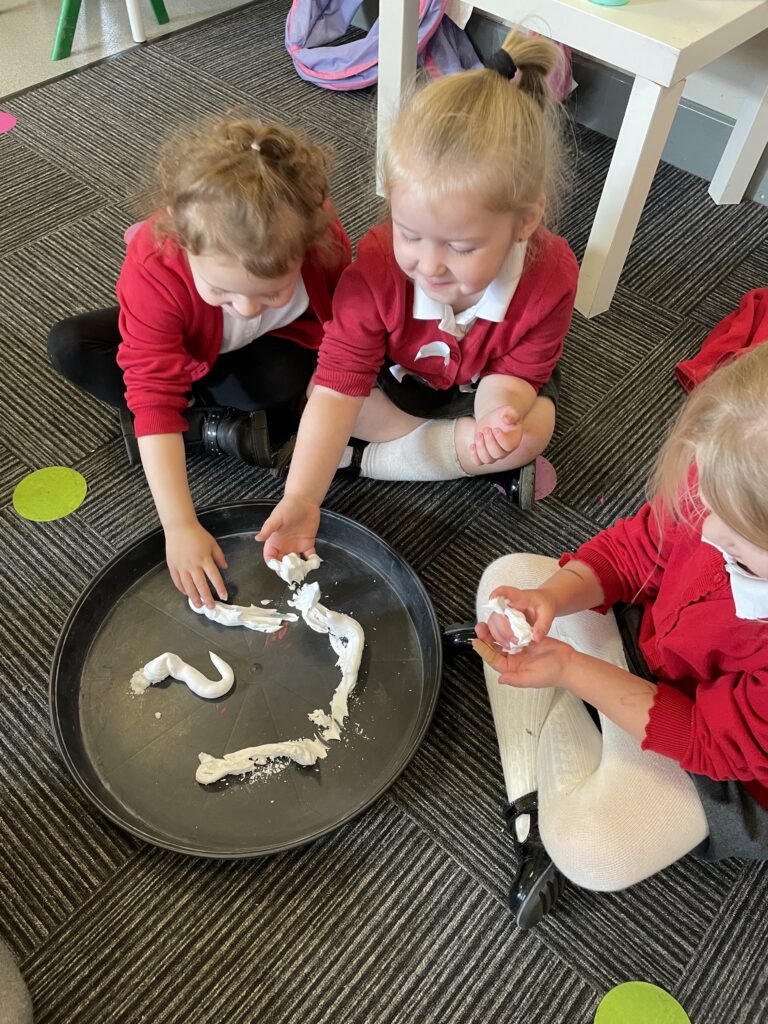
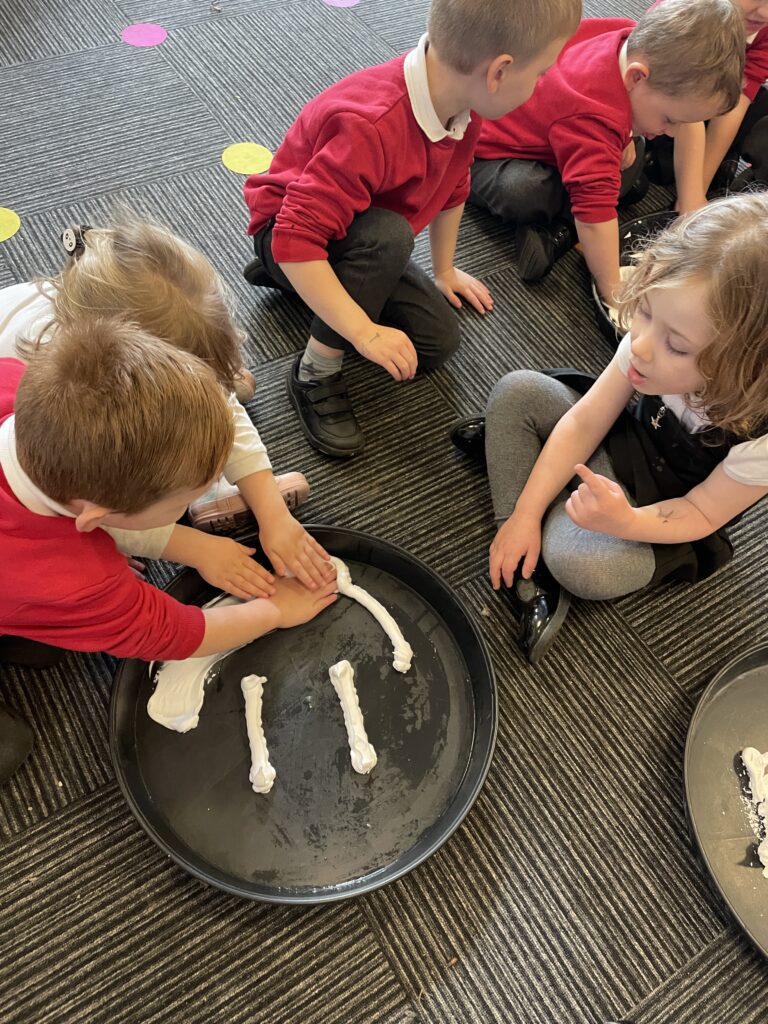
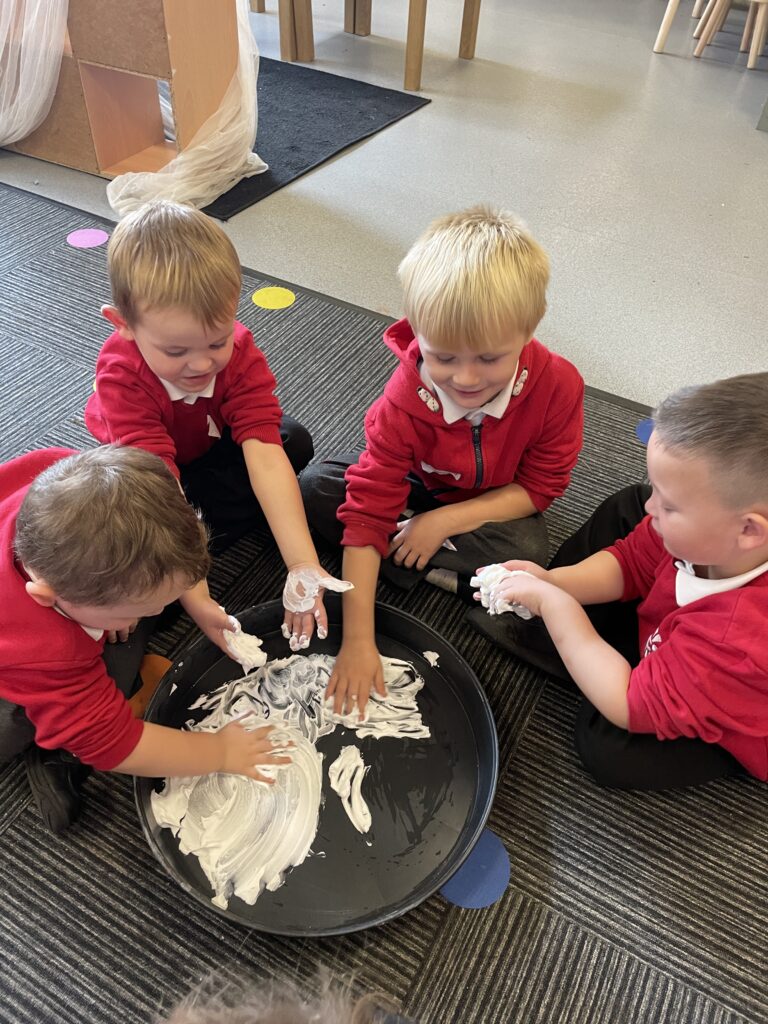
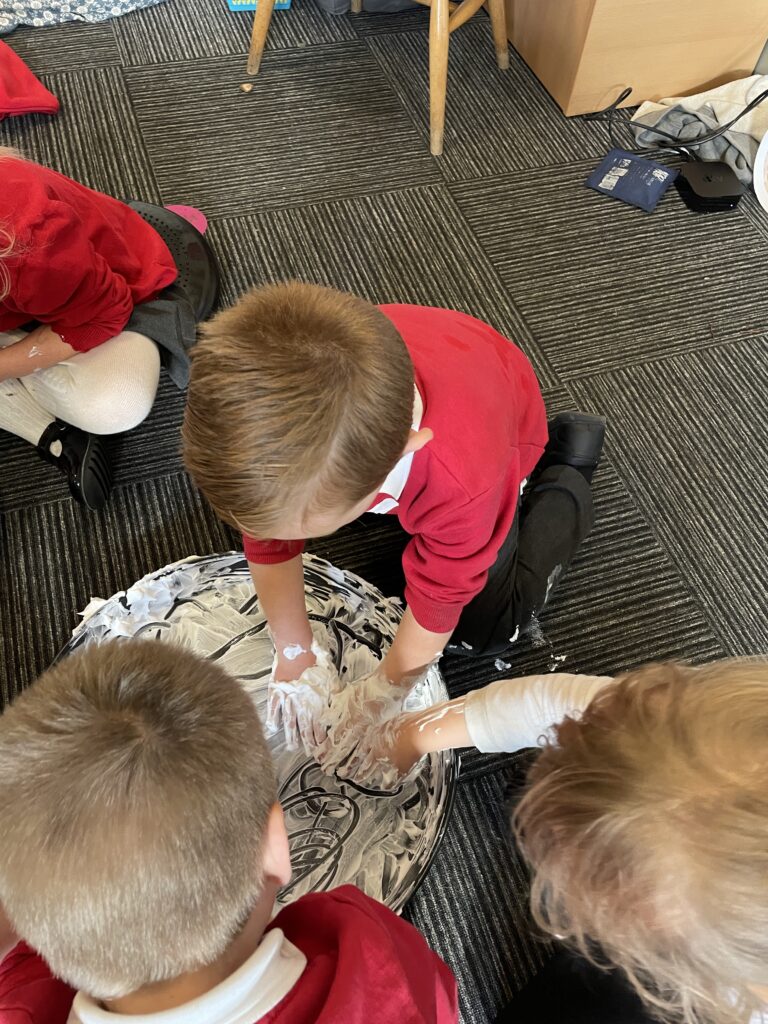
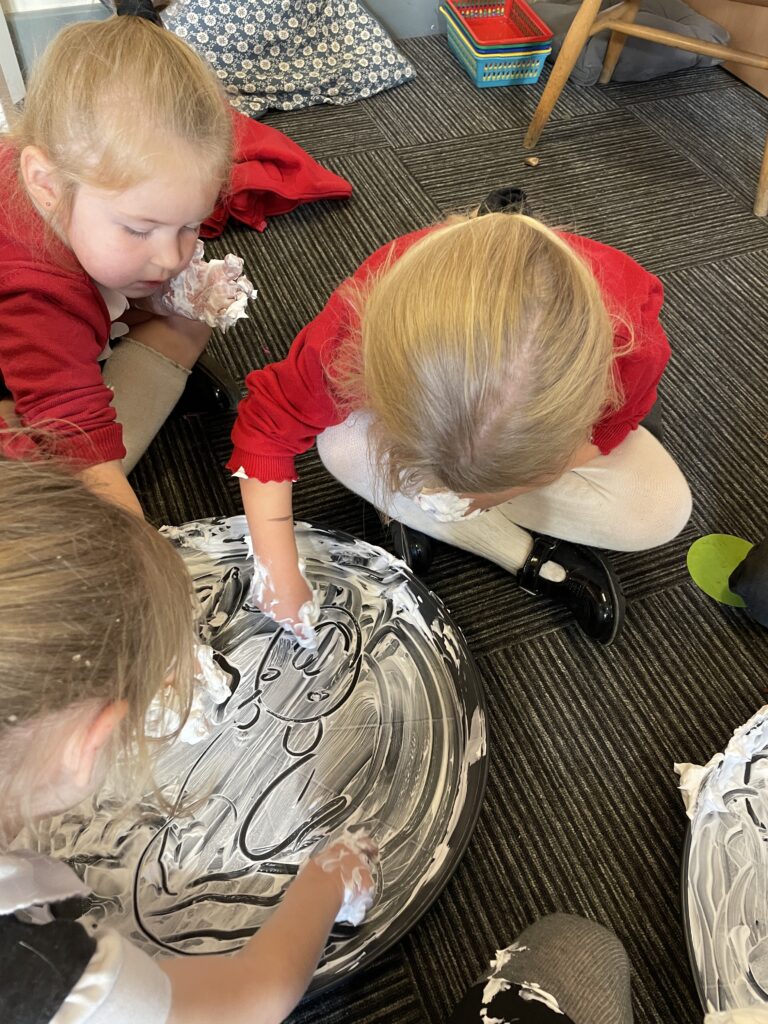

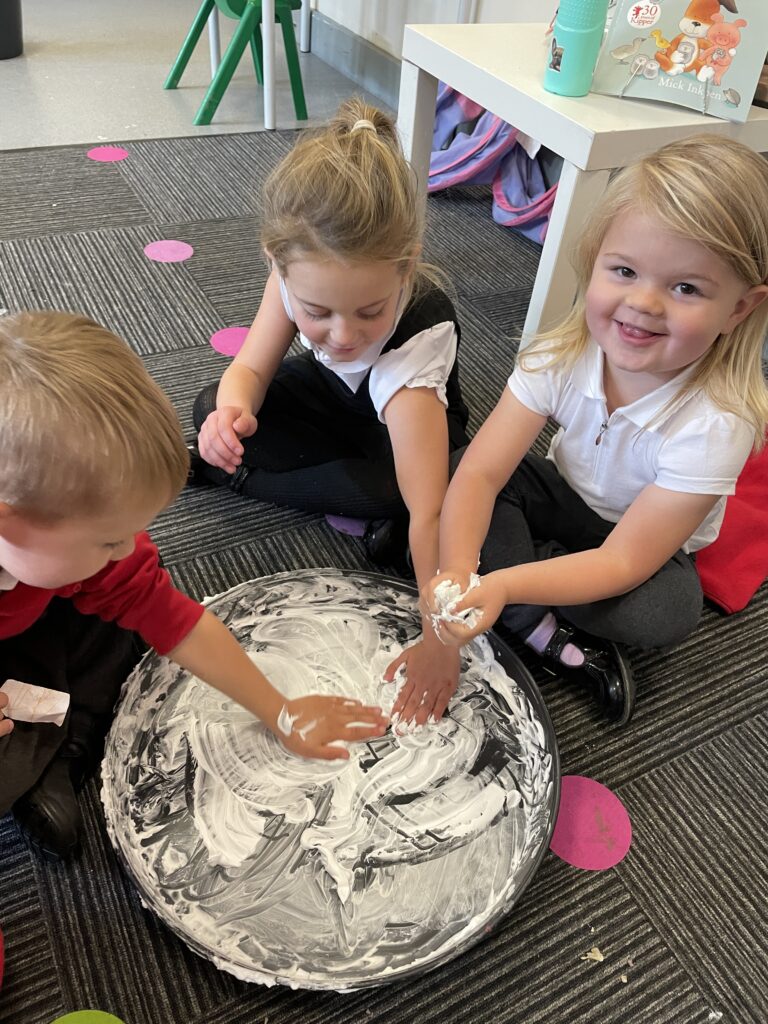
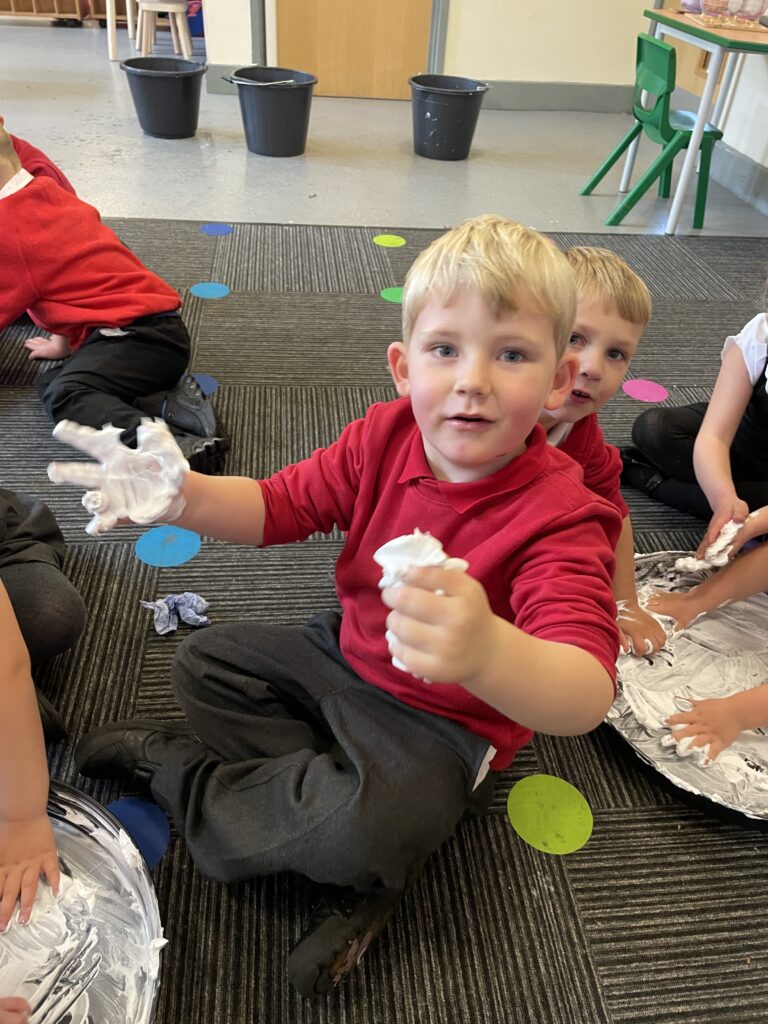
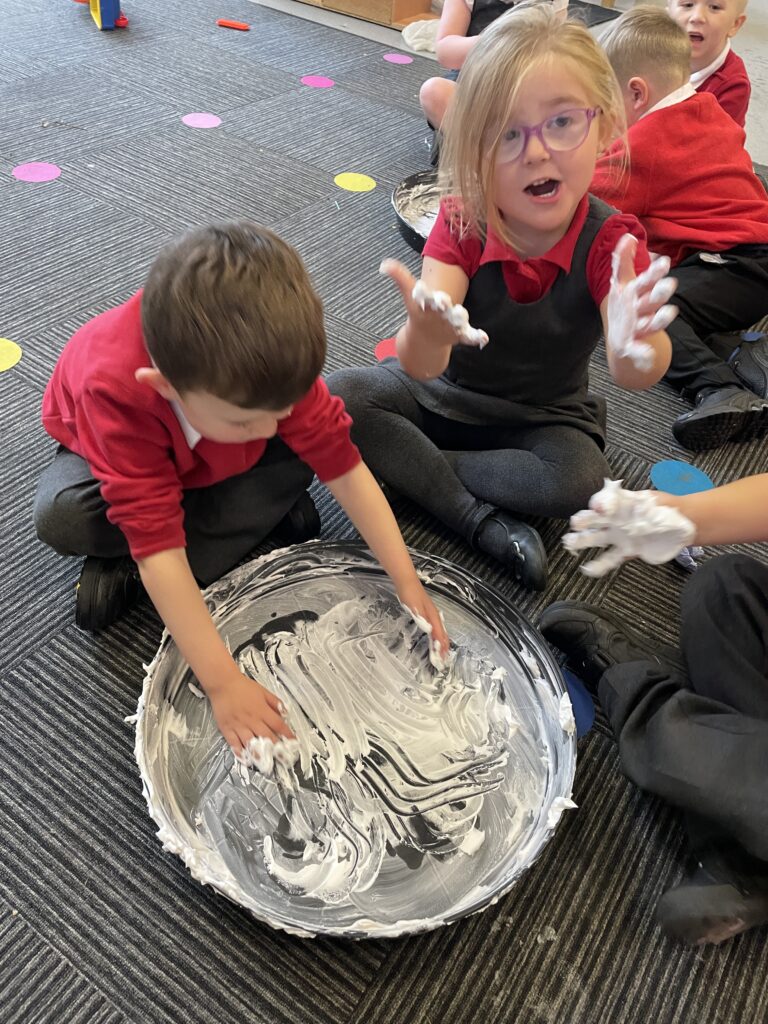
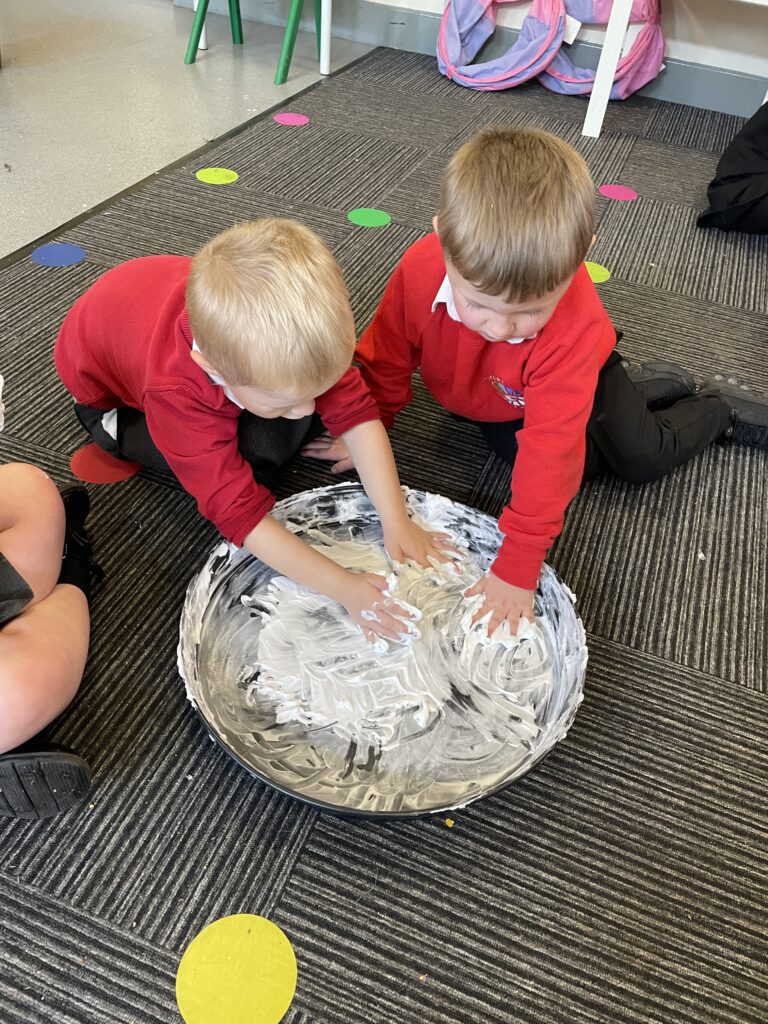
We thought the shaving foam was soft and fluffy, and we know why Paddington got it all over the bathroom – because it was so fun to play with and splat!
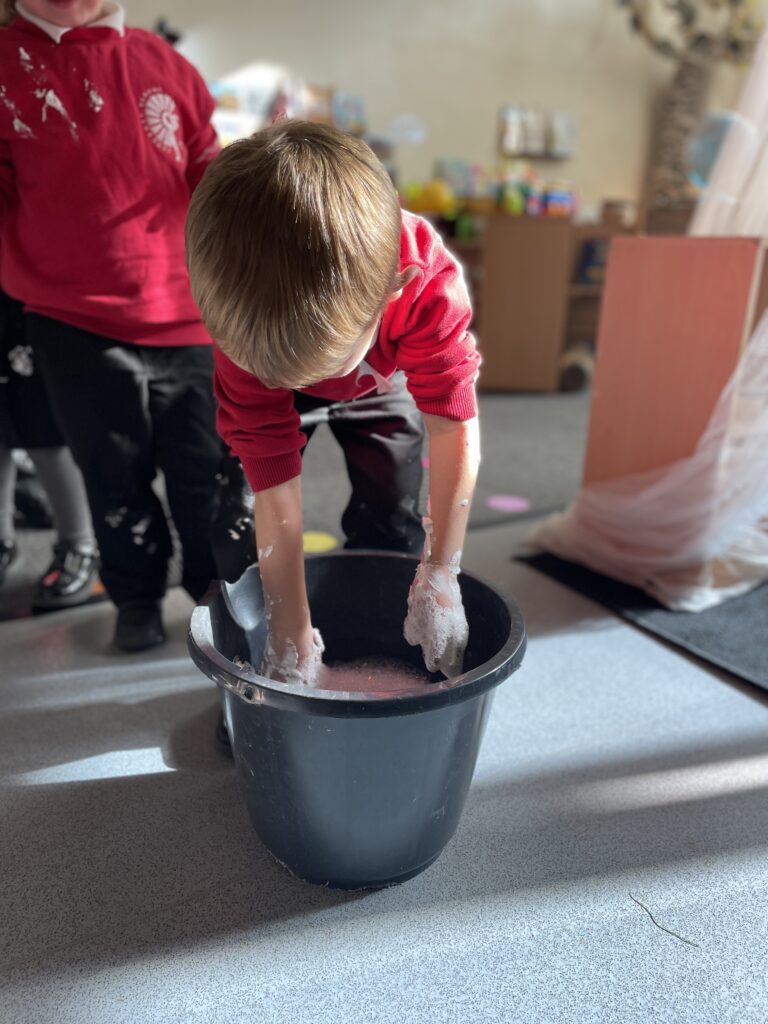
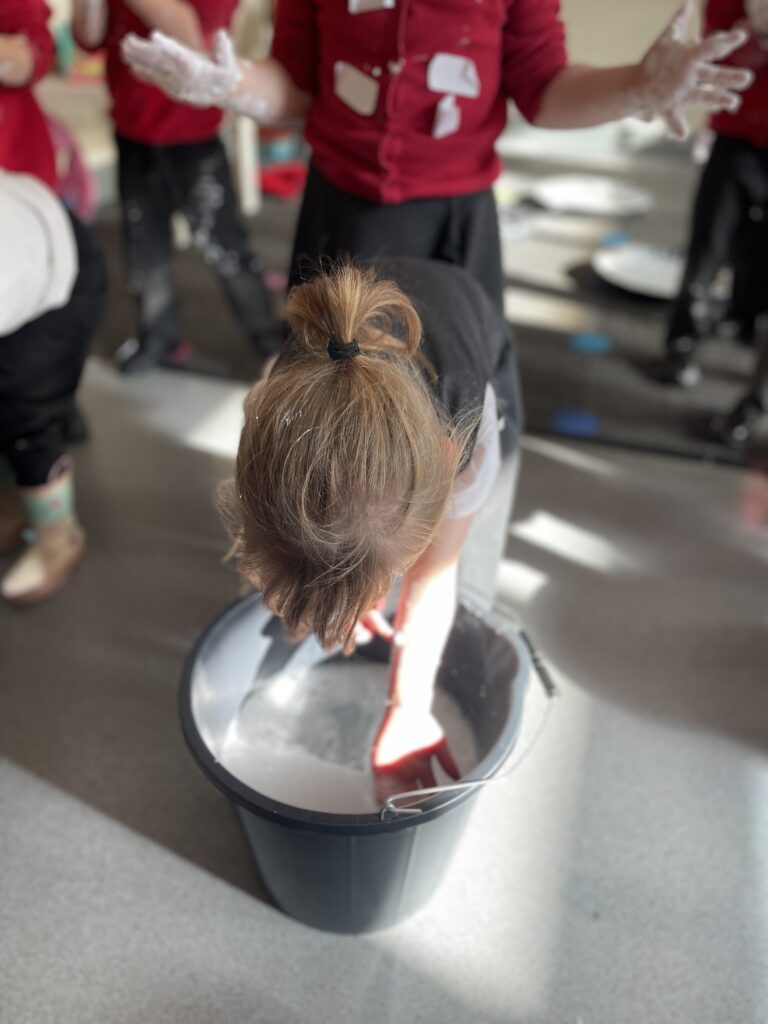
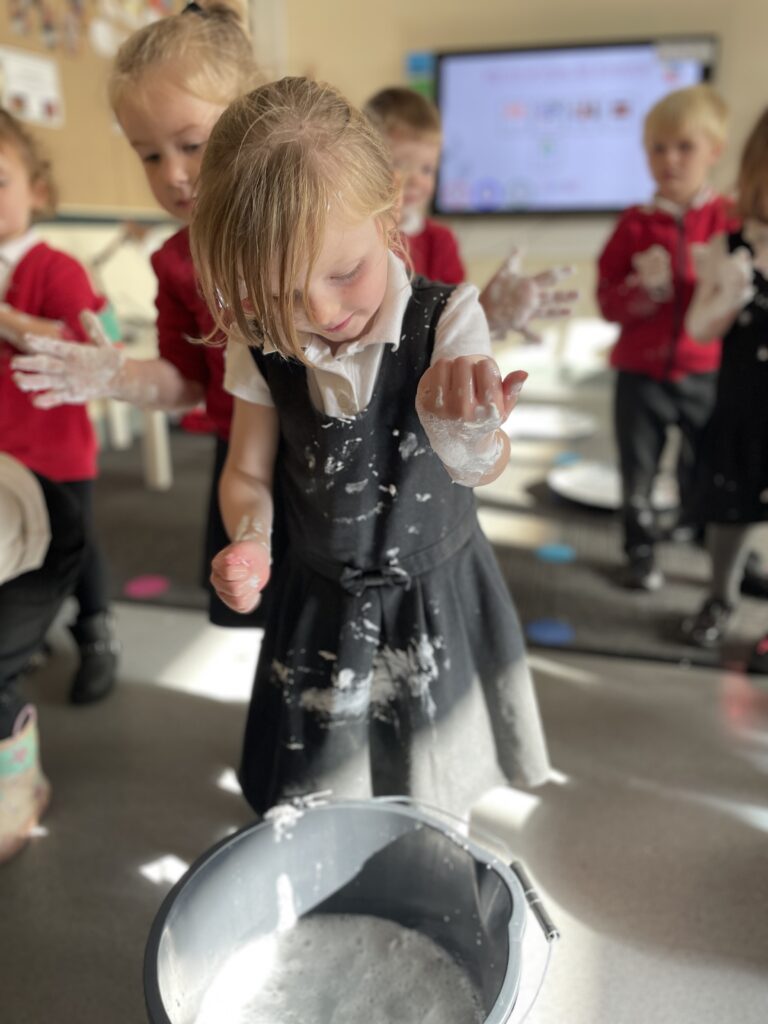
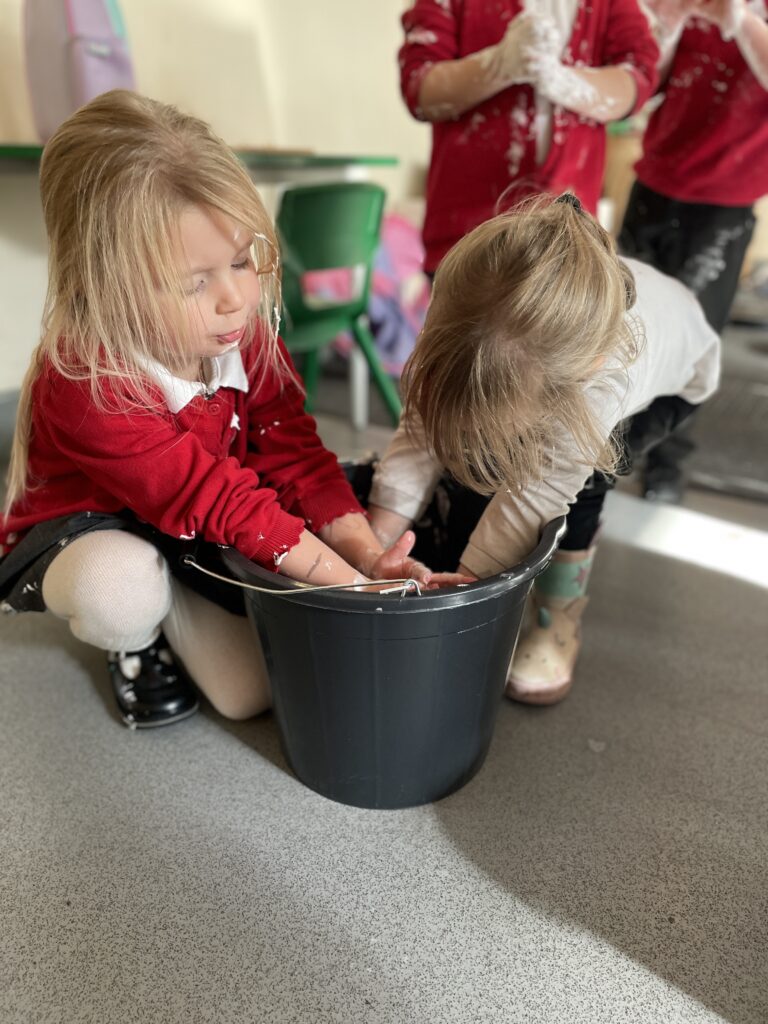
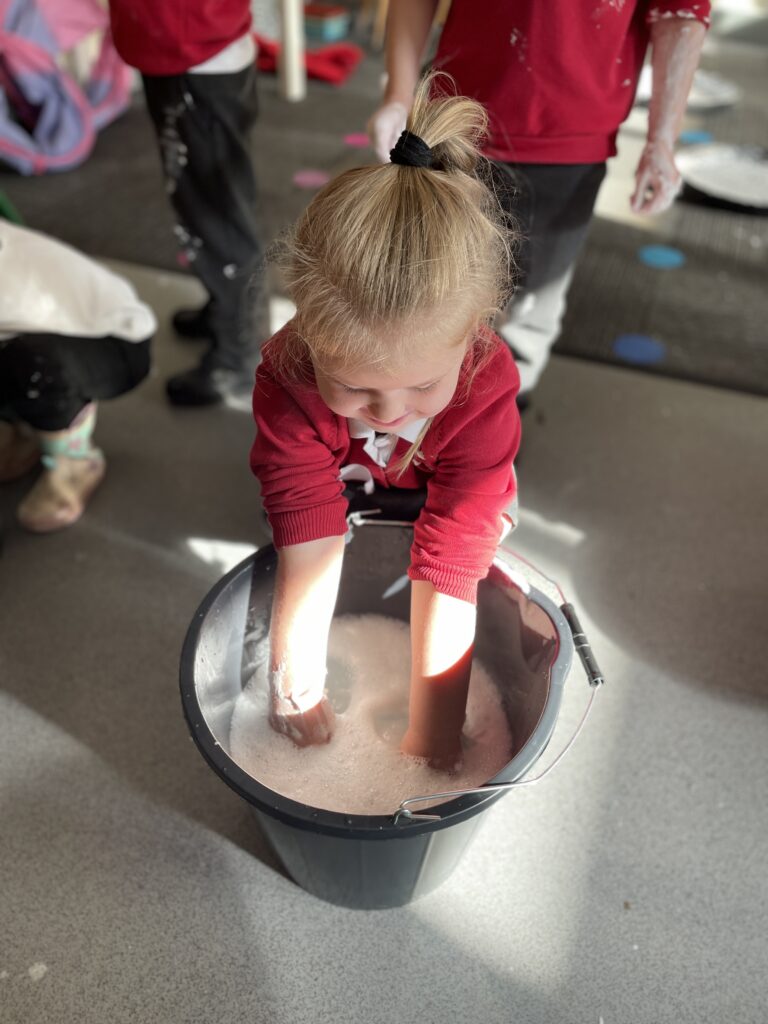
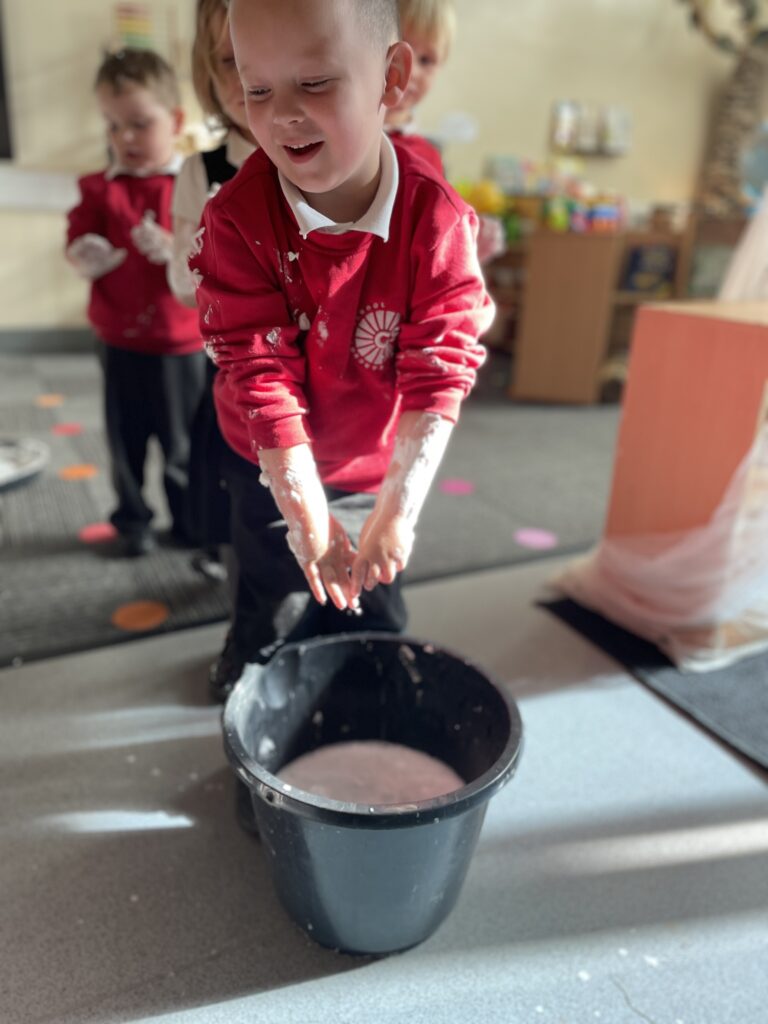
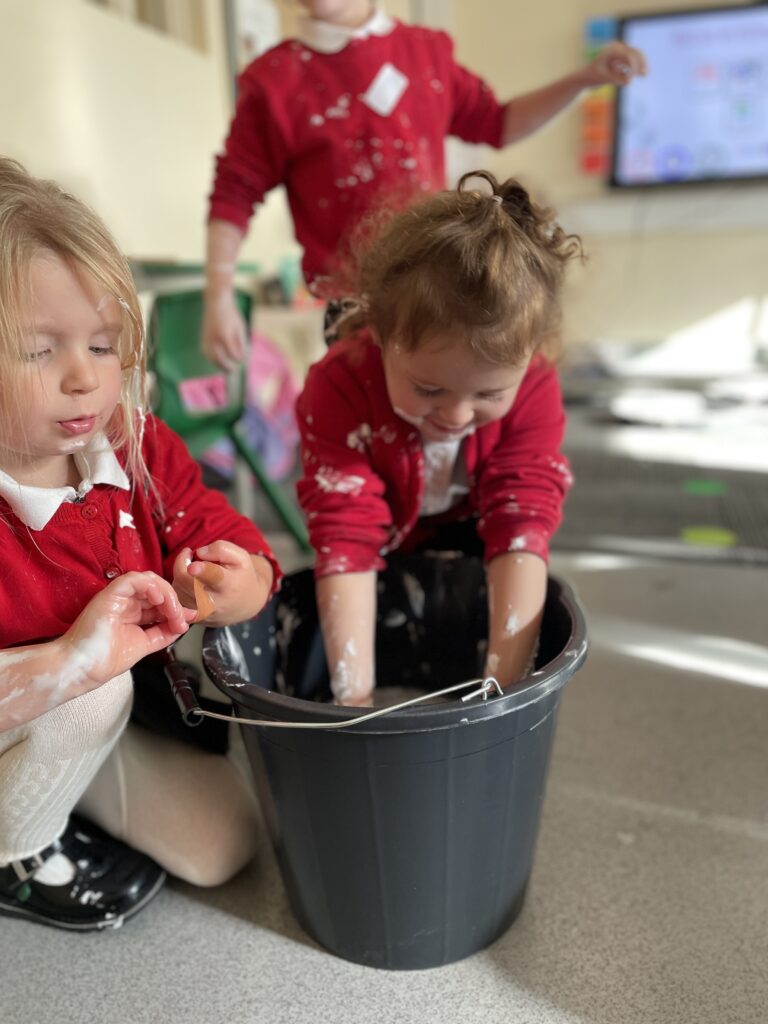
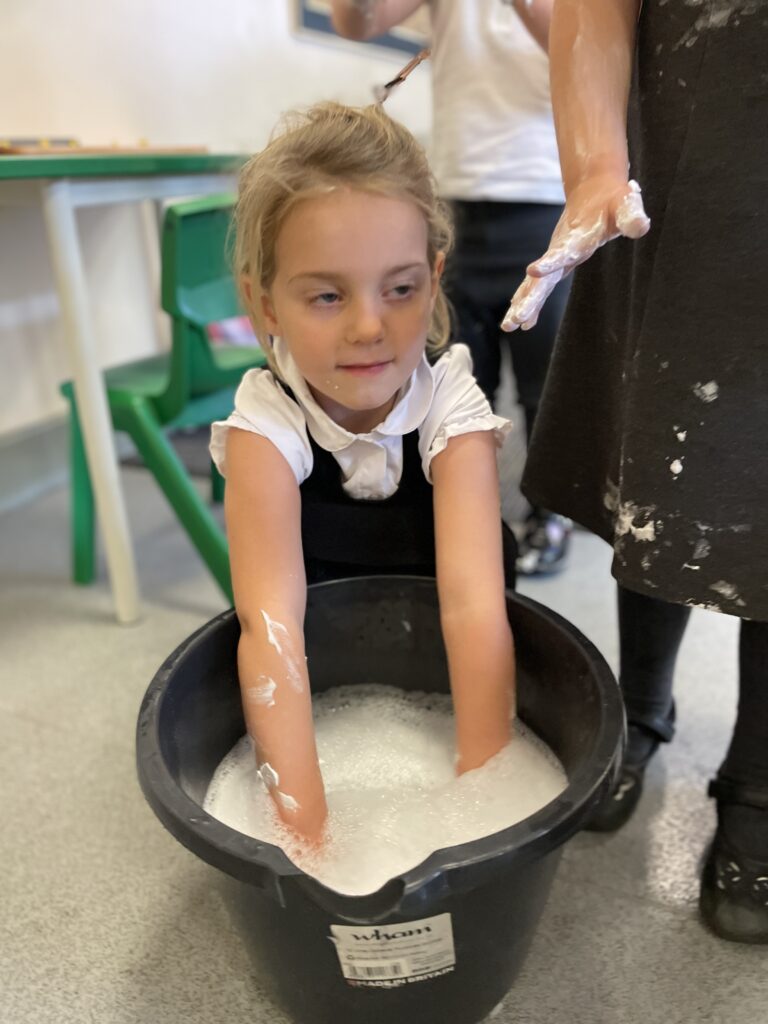
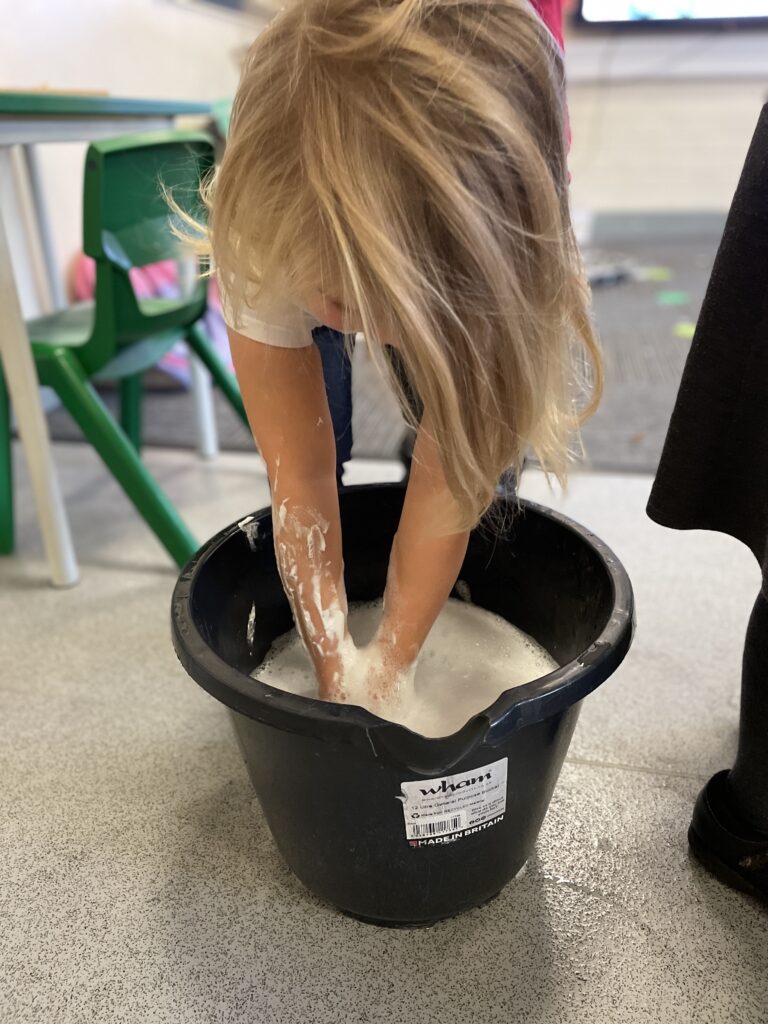
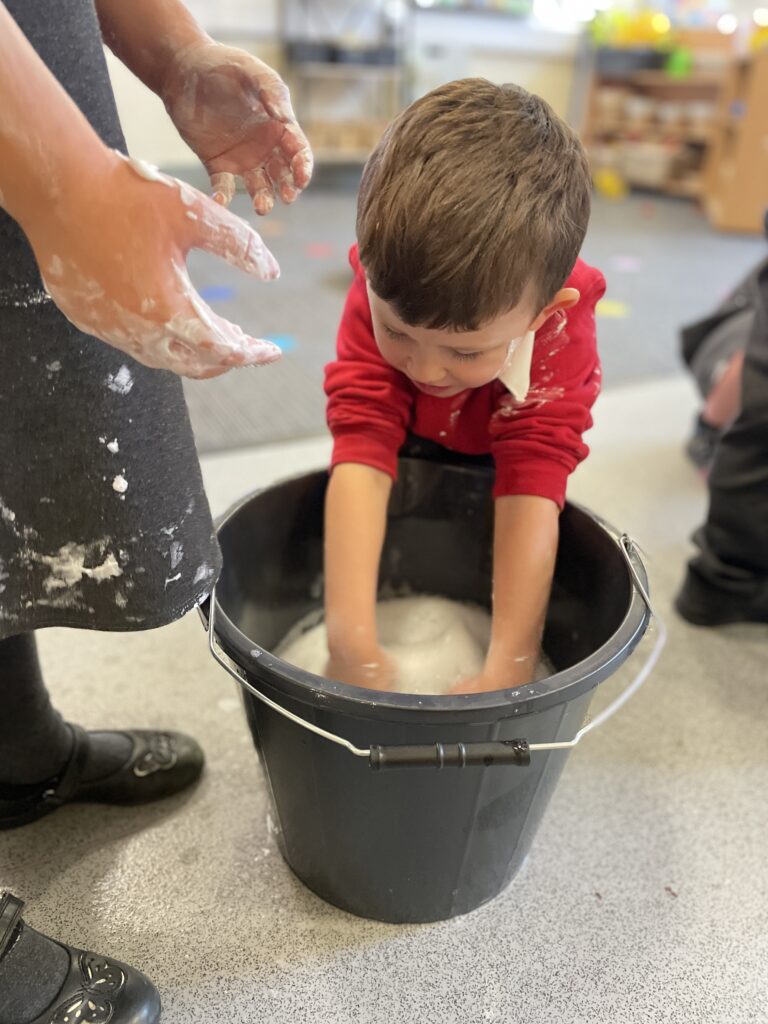
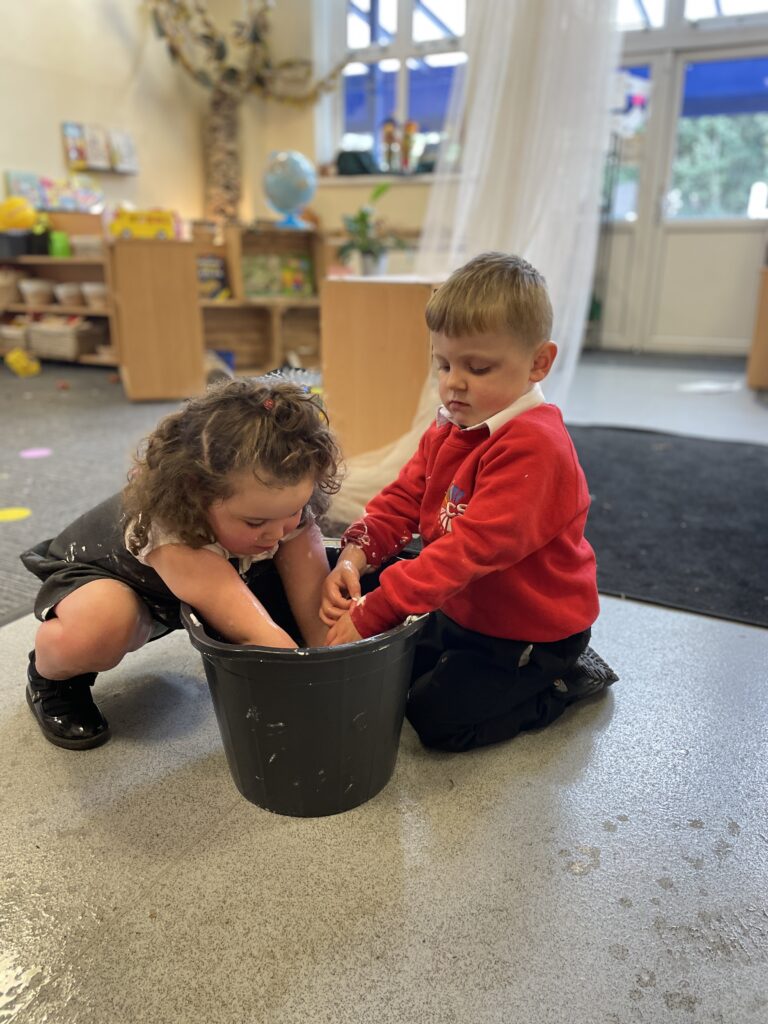
The warm water and bubbles in our baths helped us to feel warm, cosy and clean – just like Paddington!
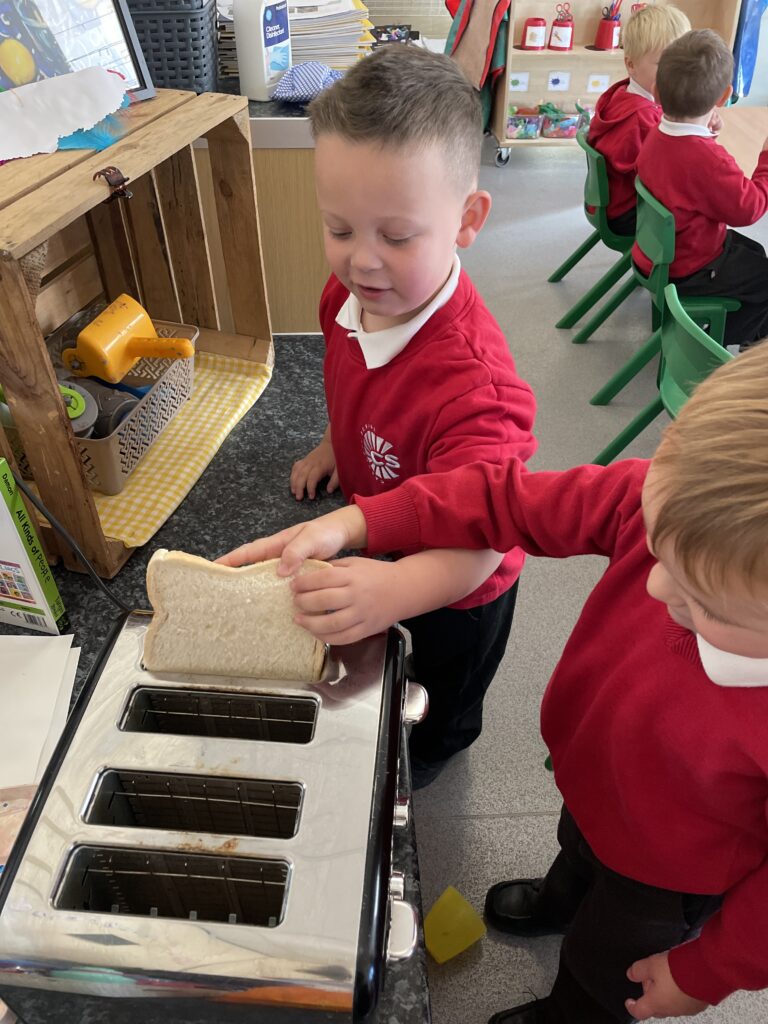
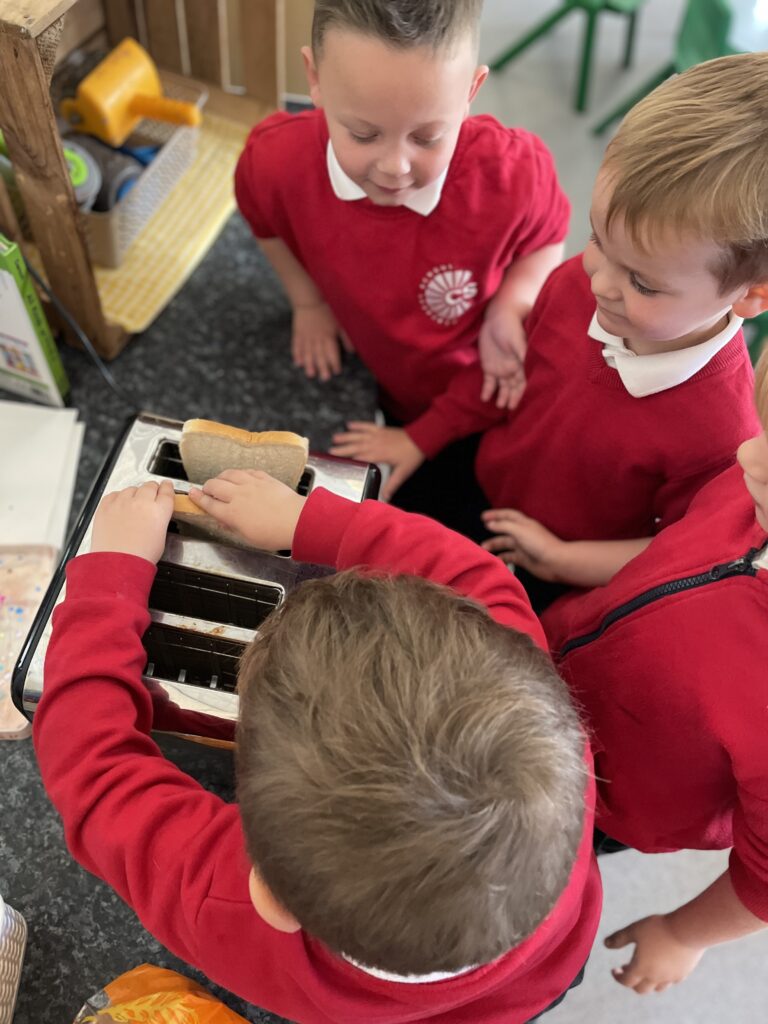
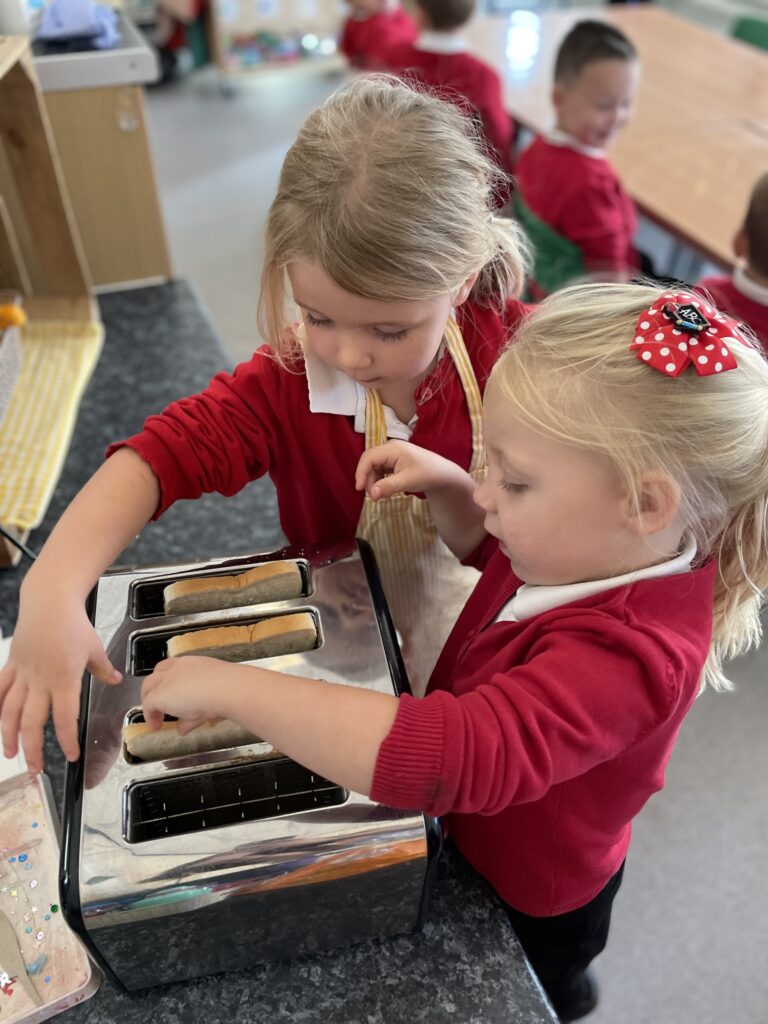
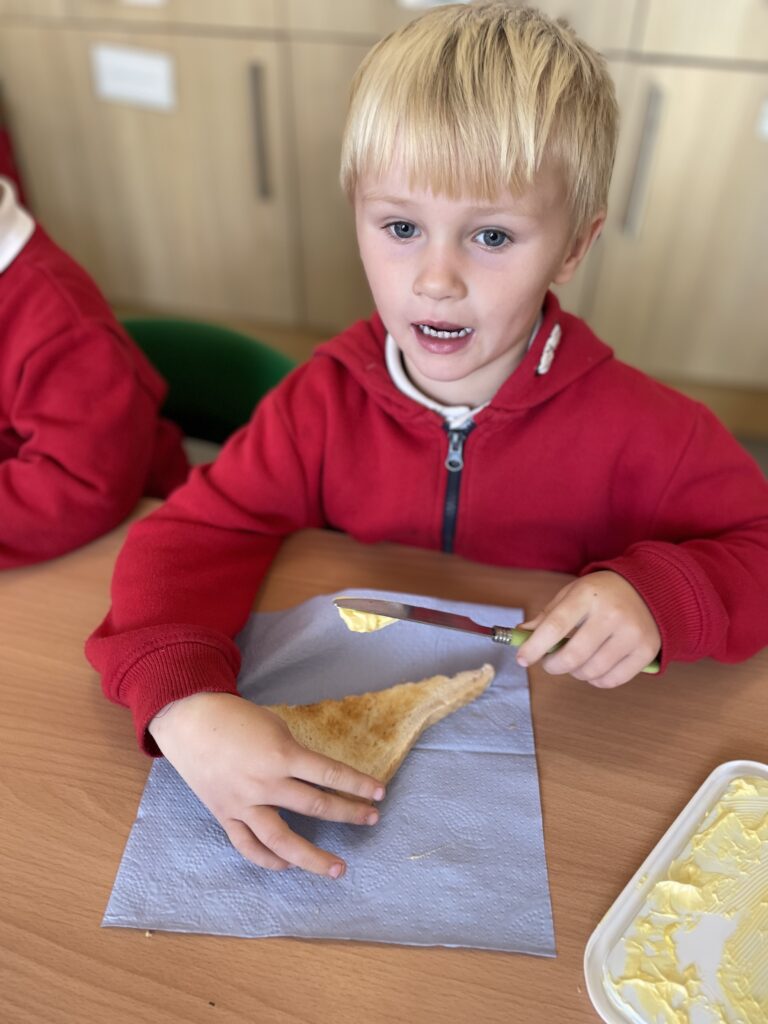
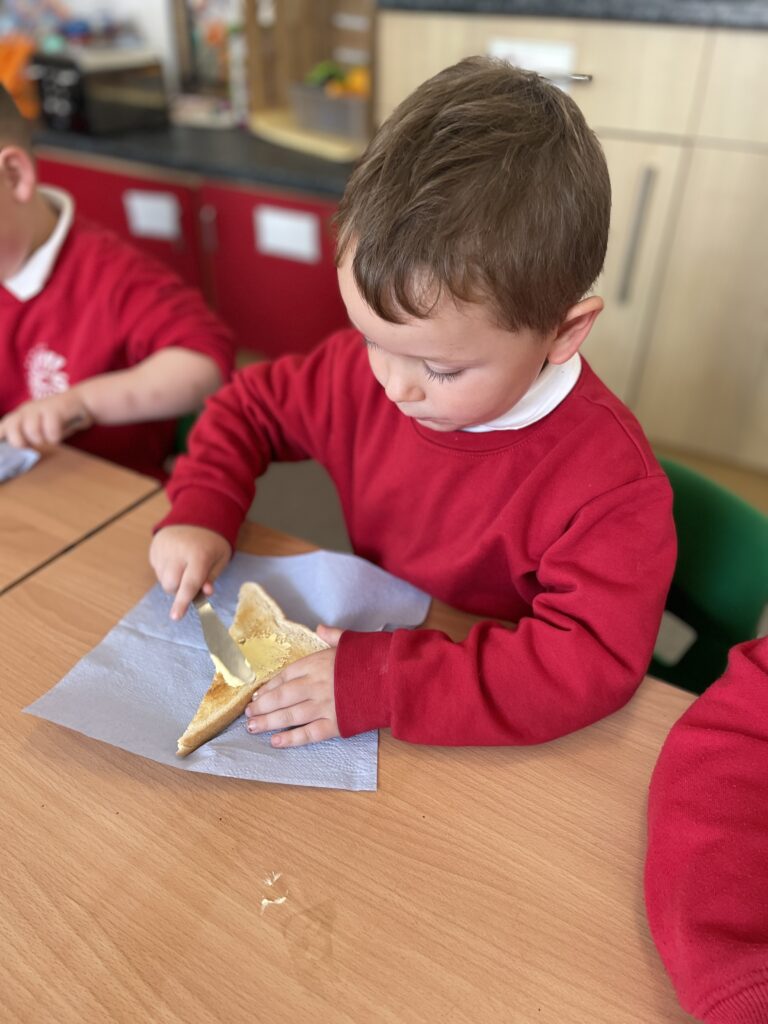
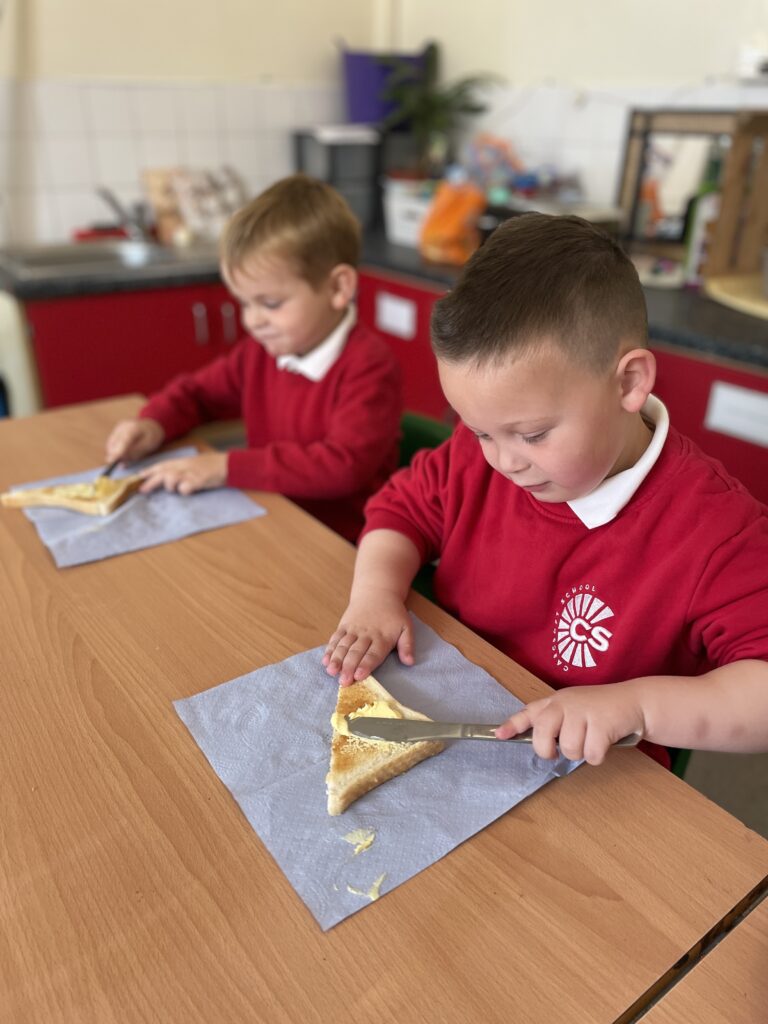


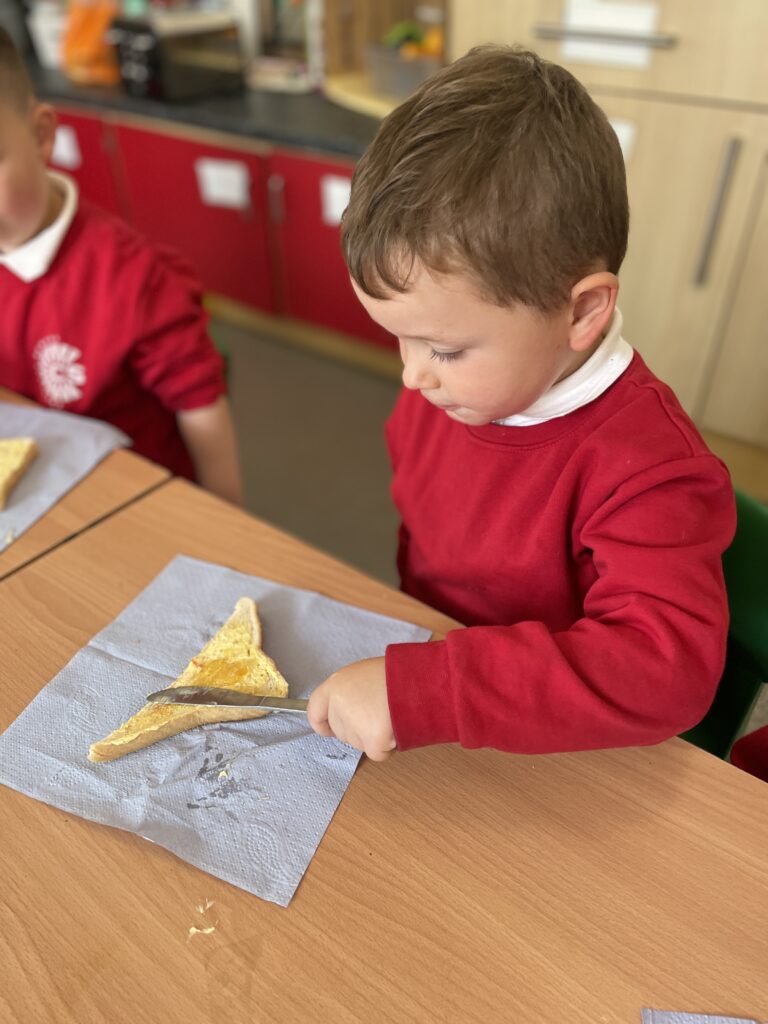
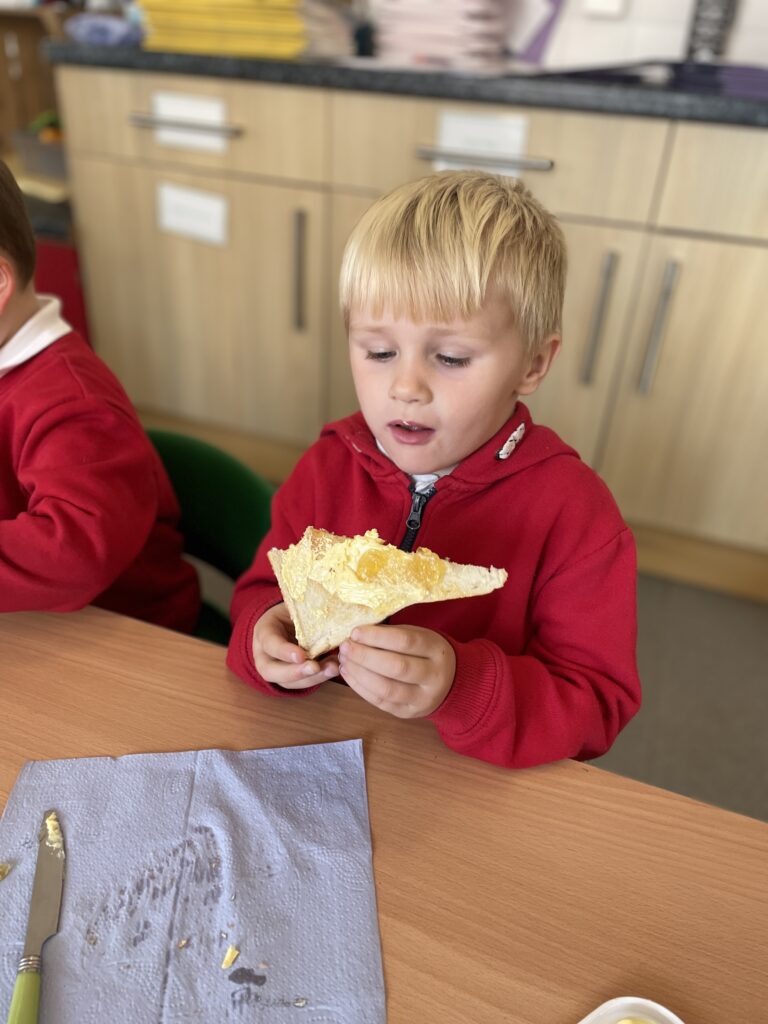

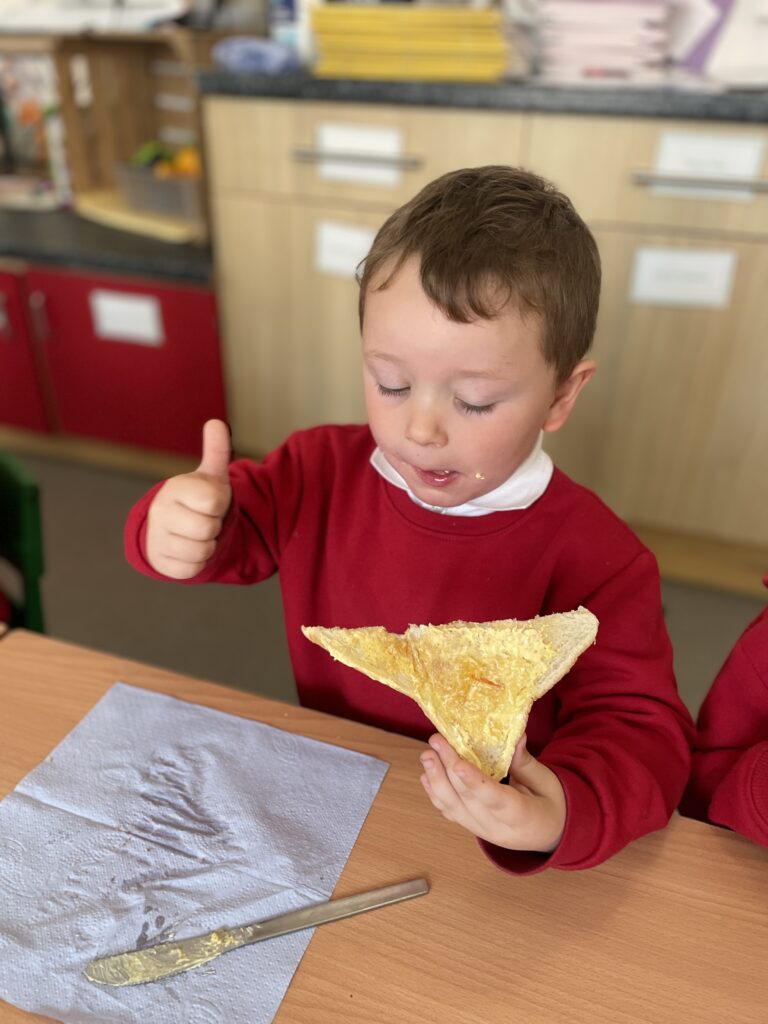
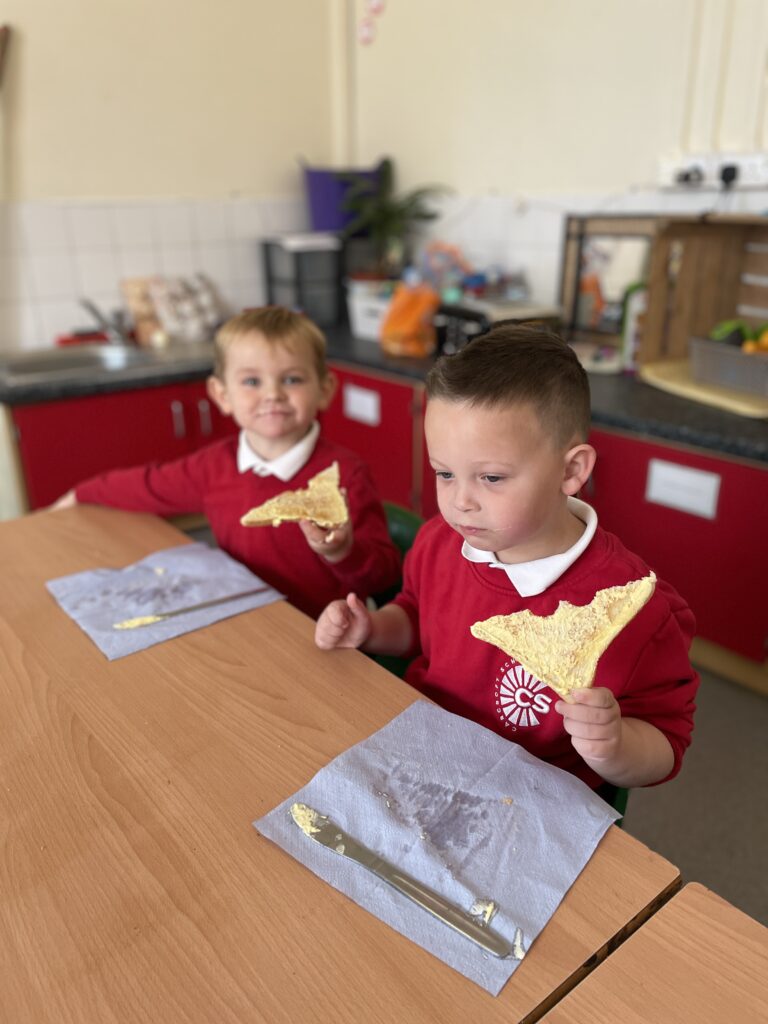
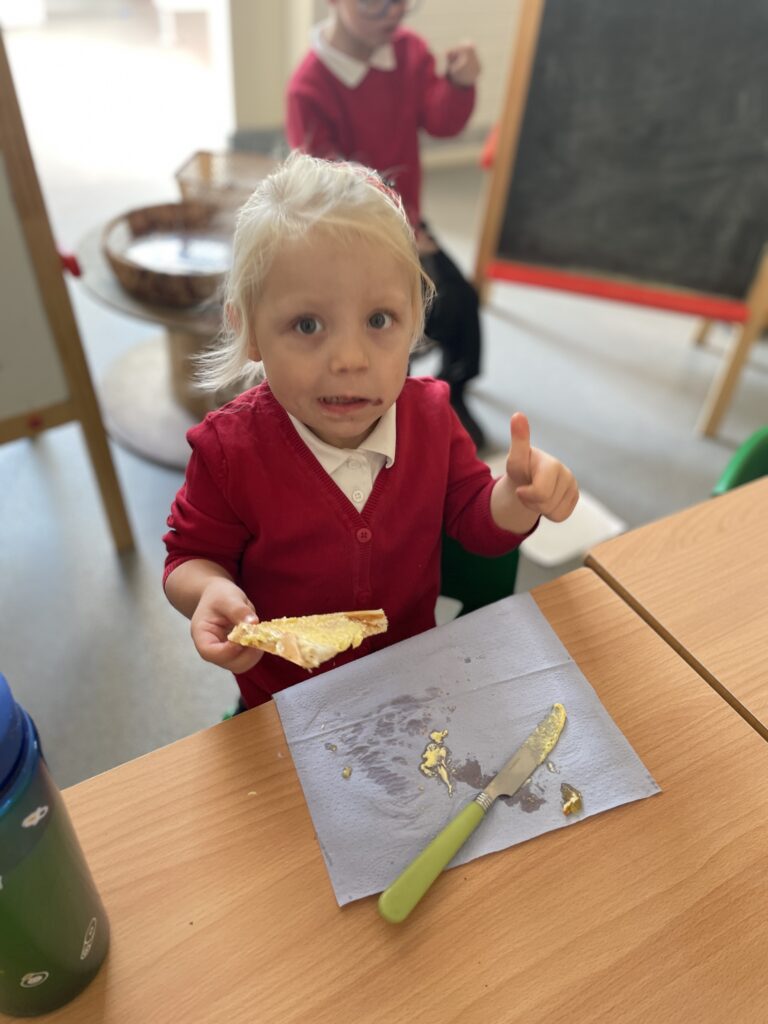
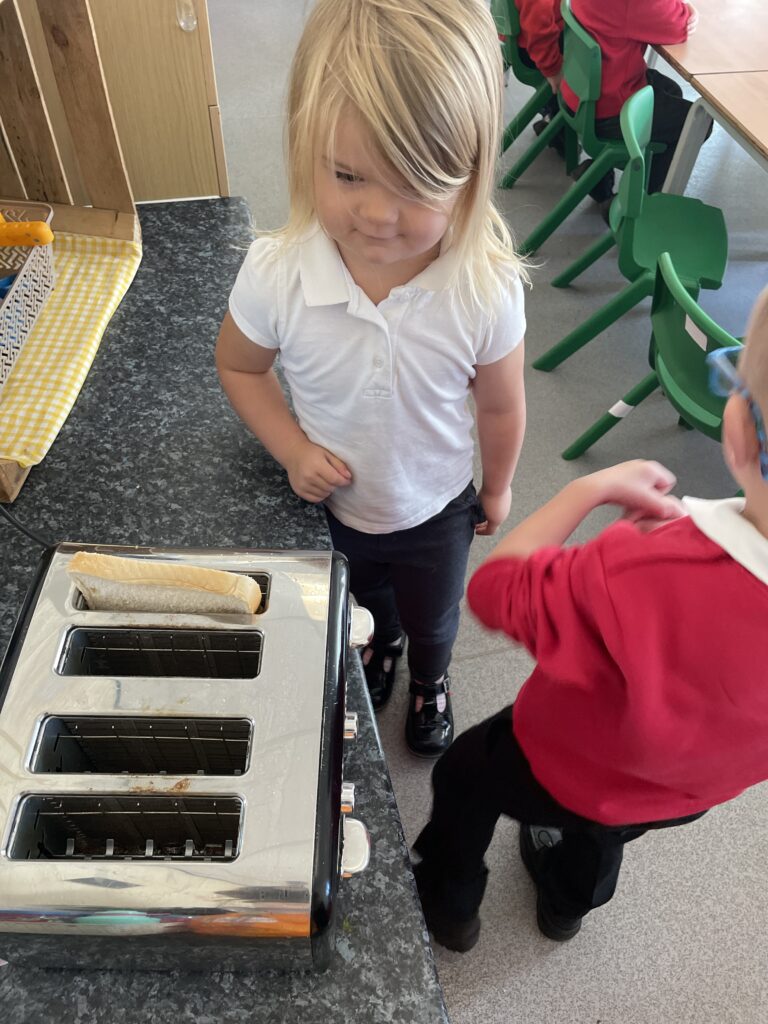
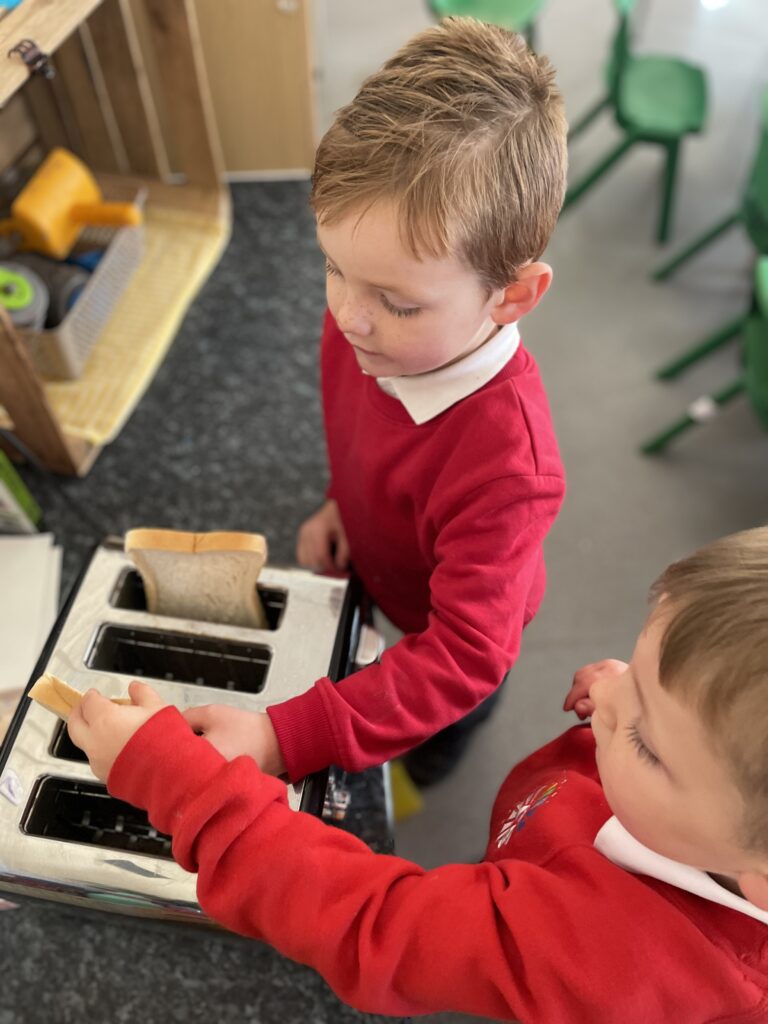
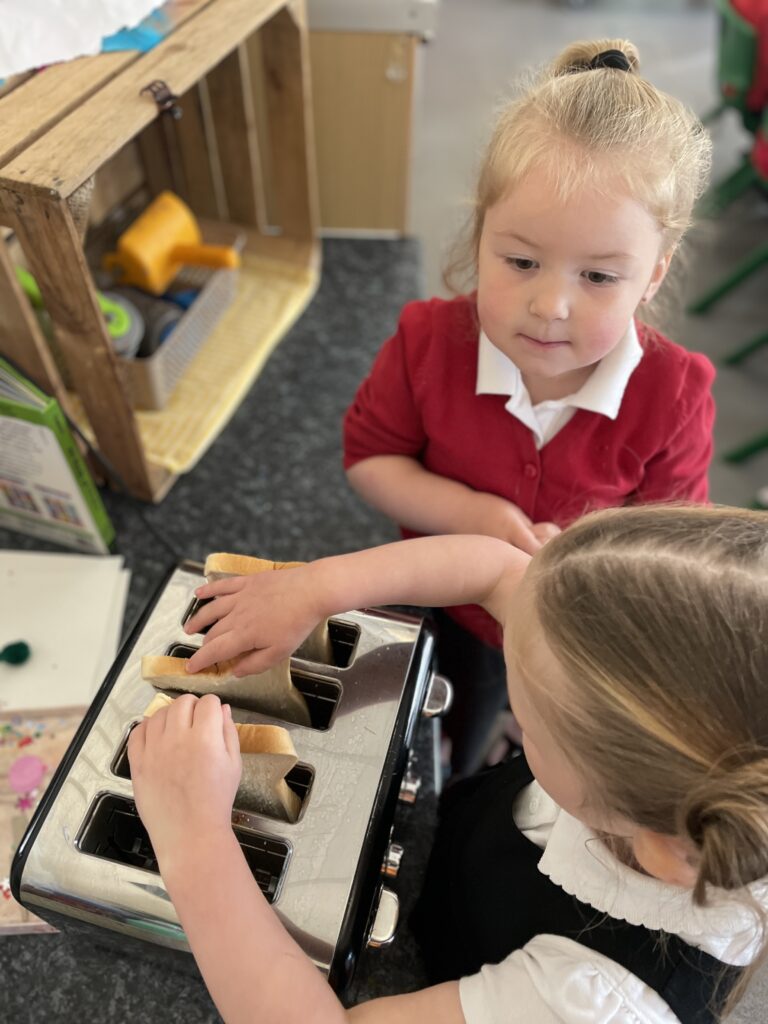
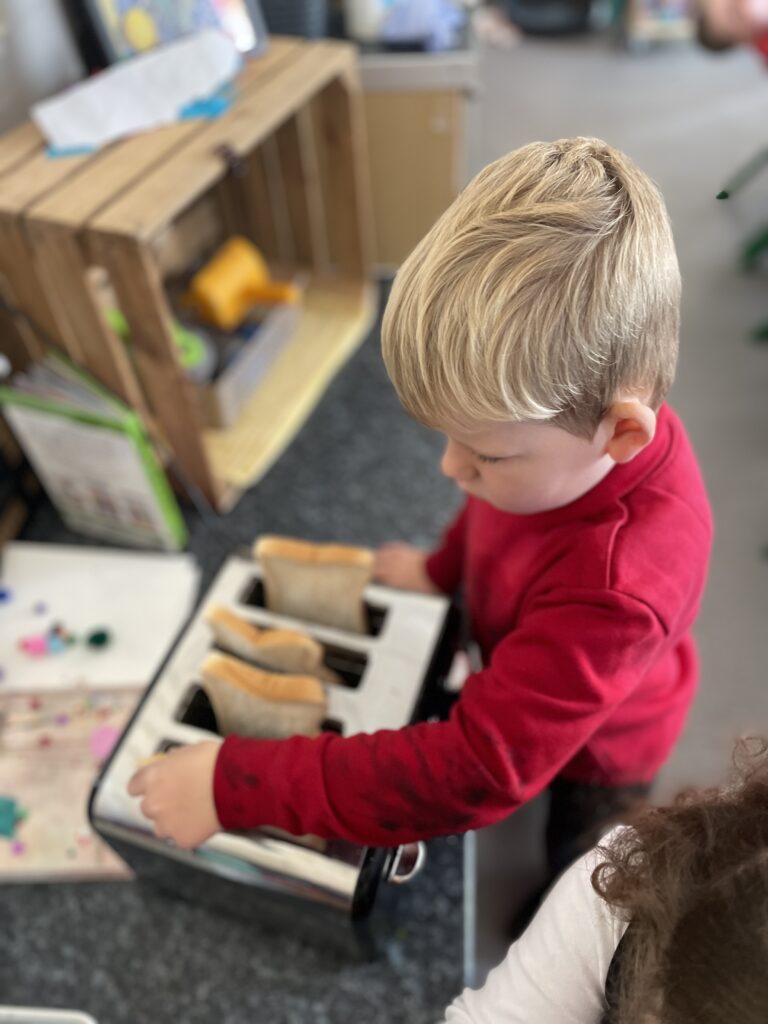
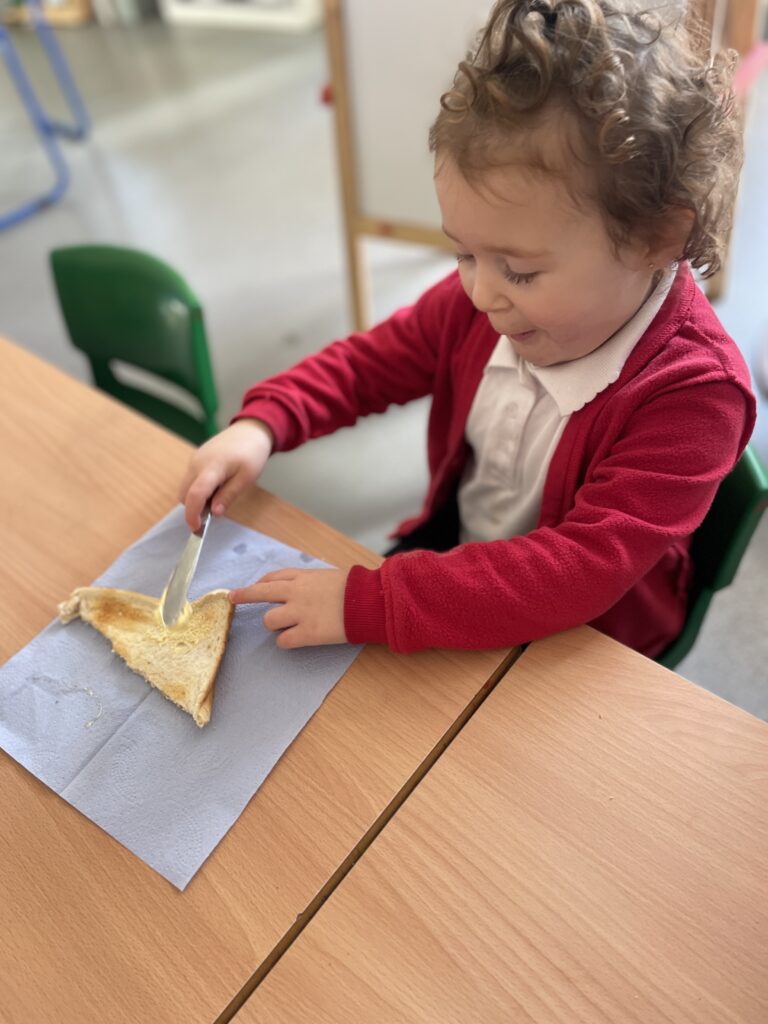
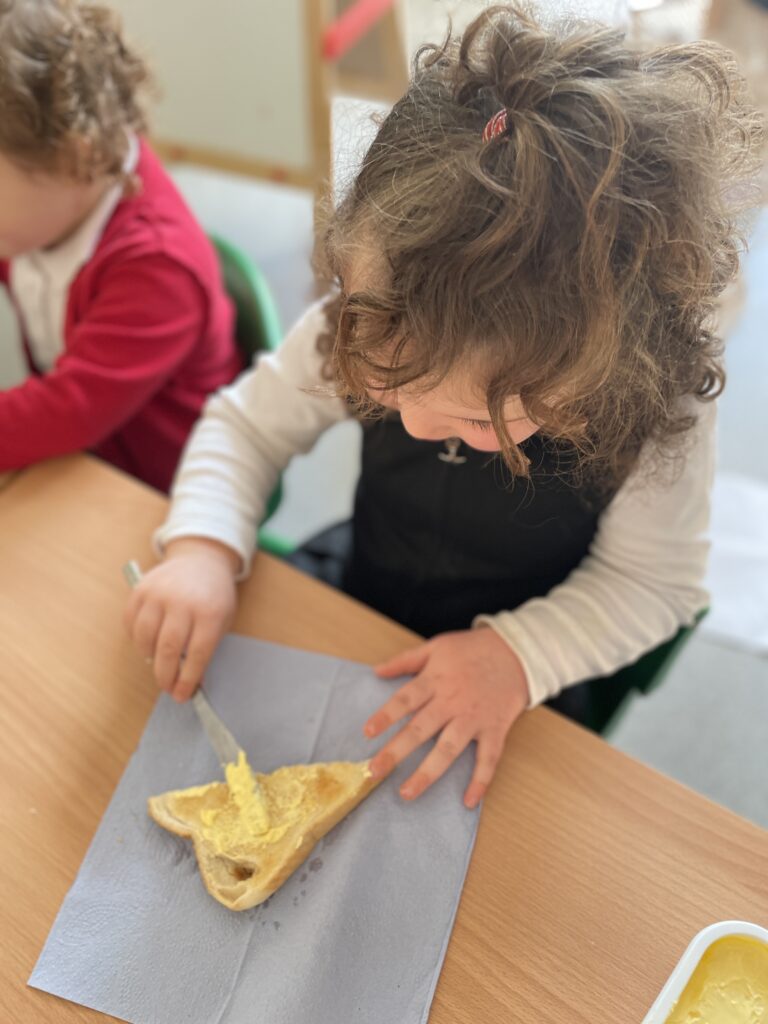

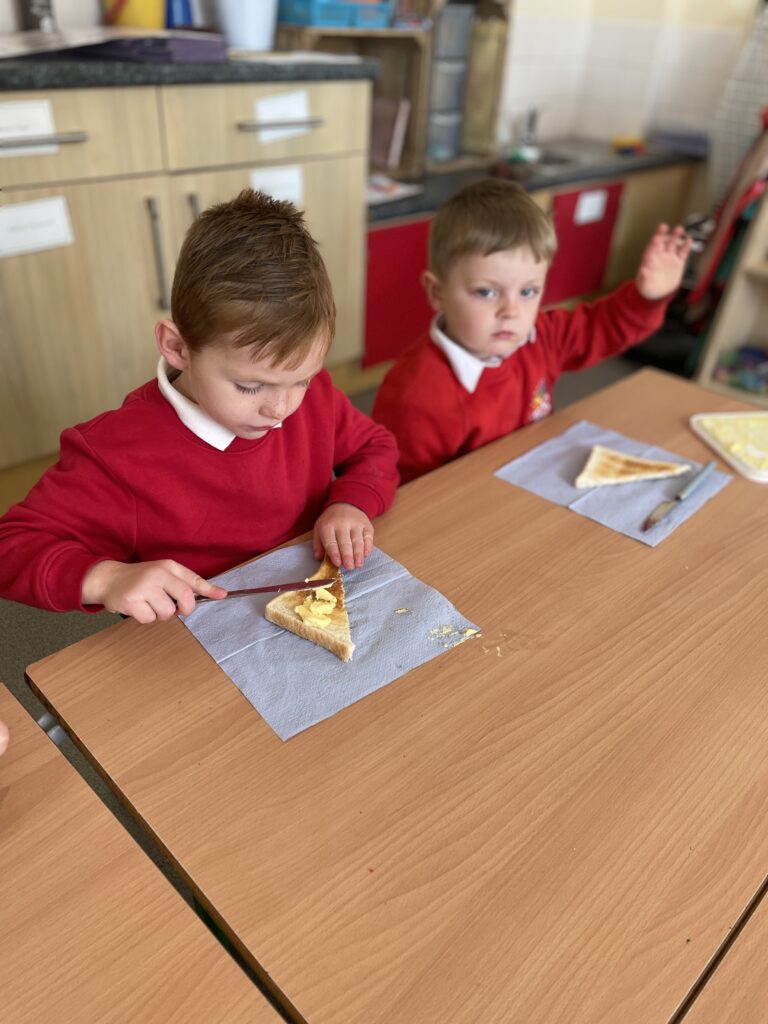
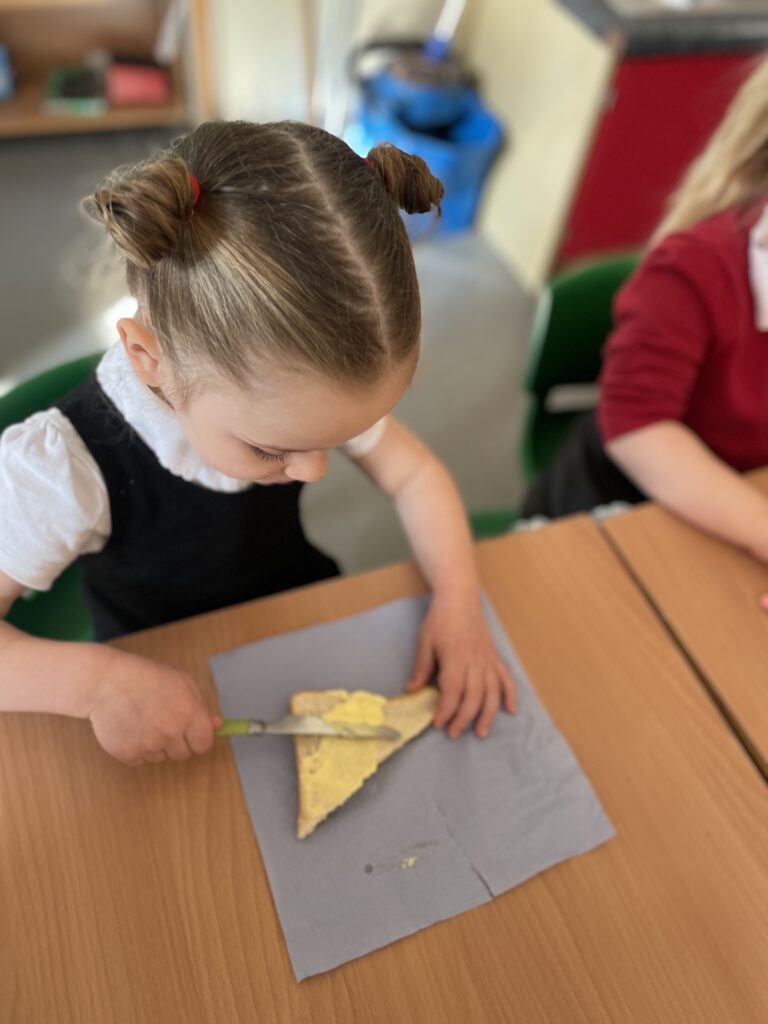
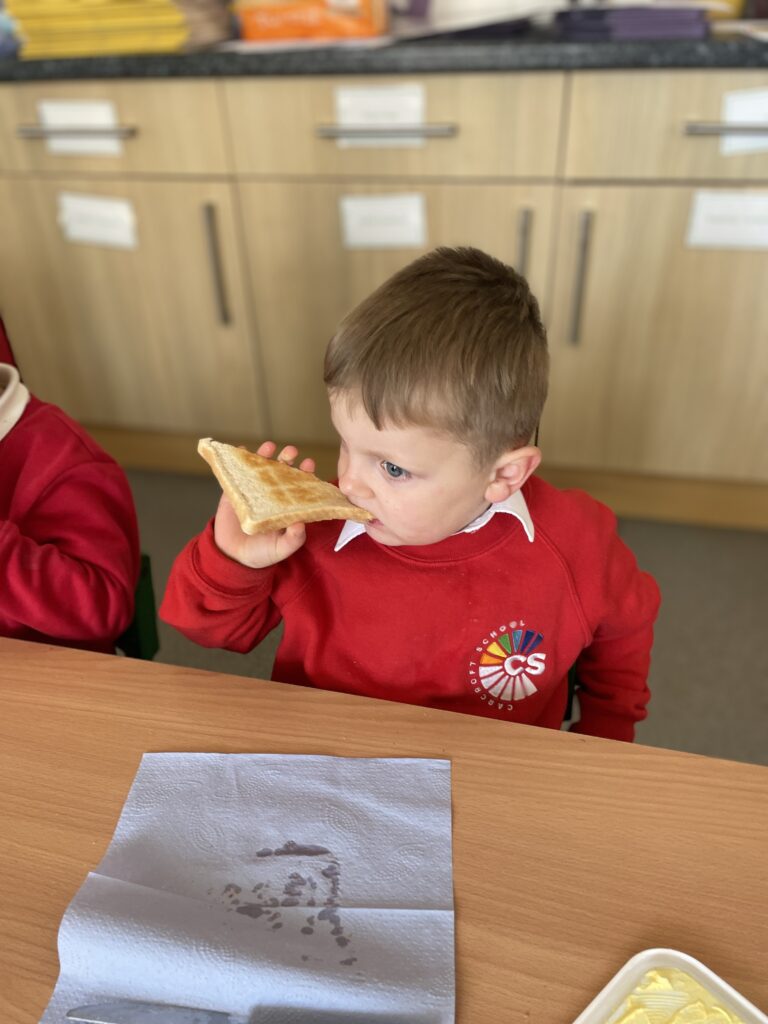
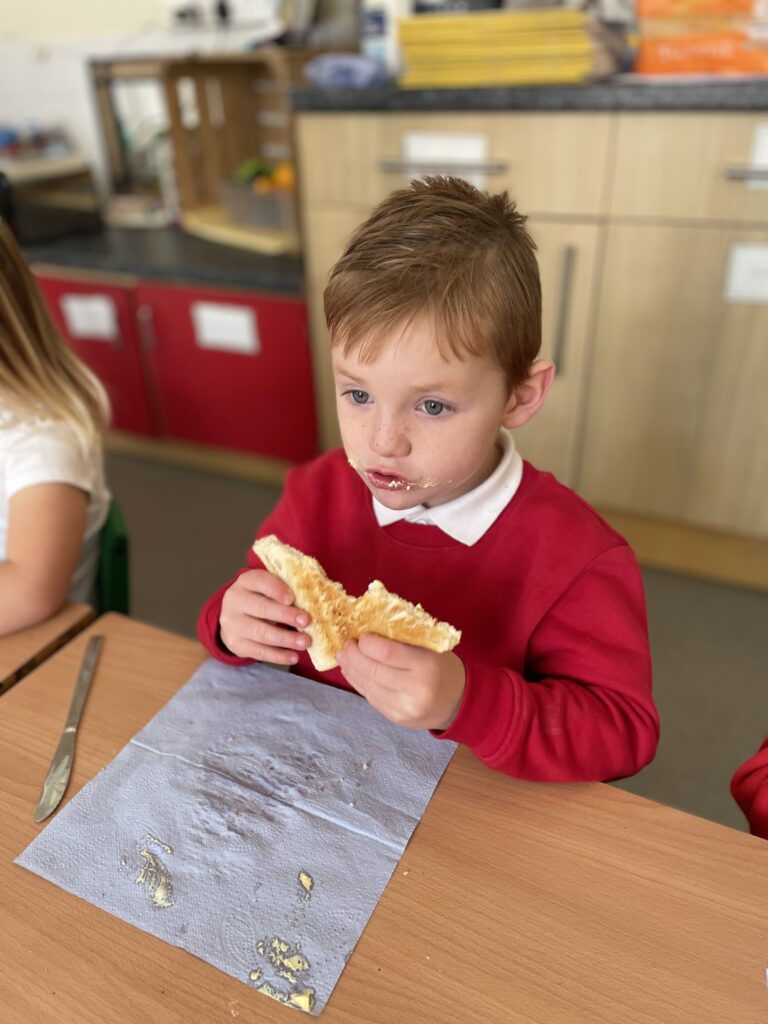
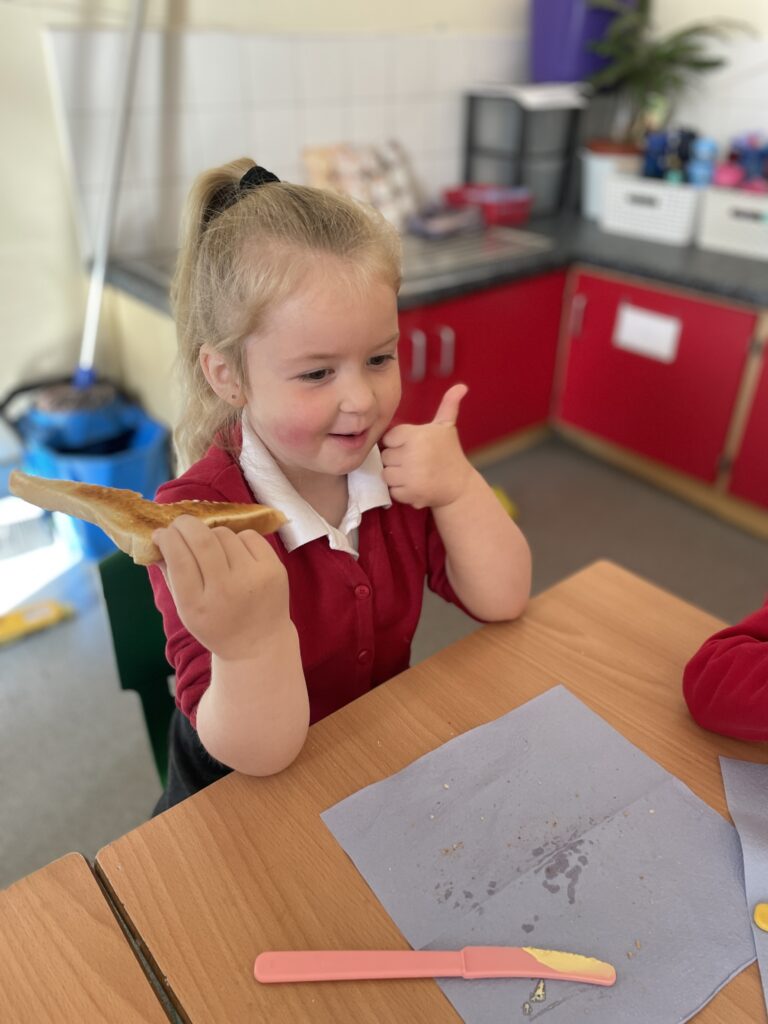
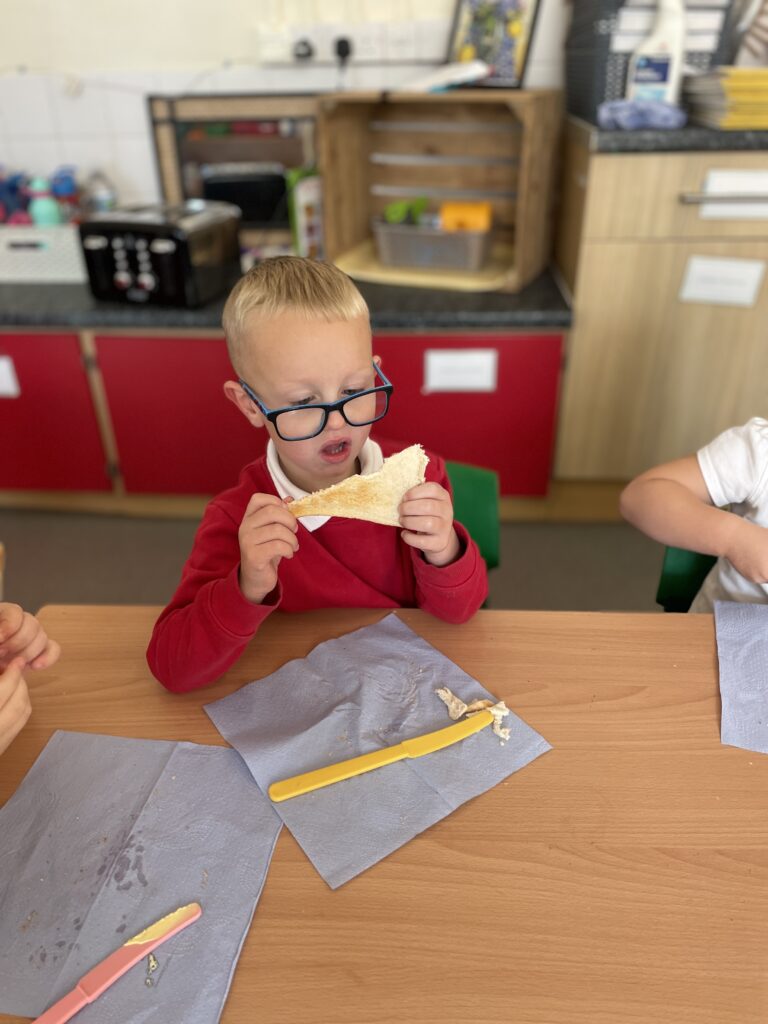
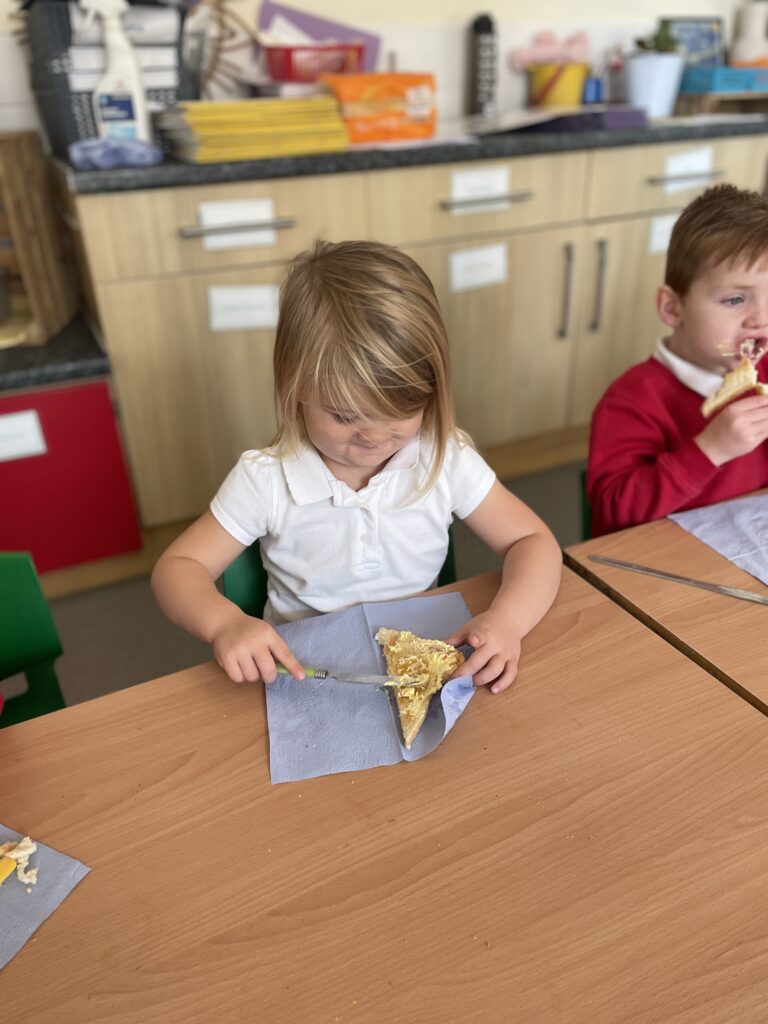
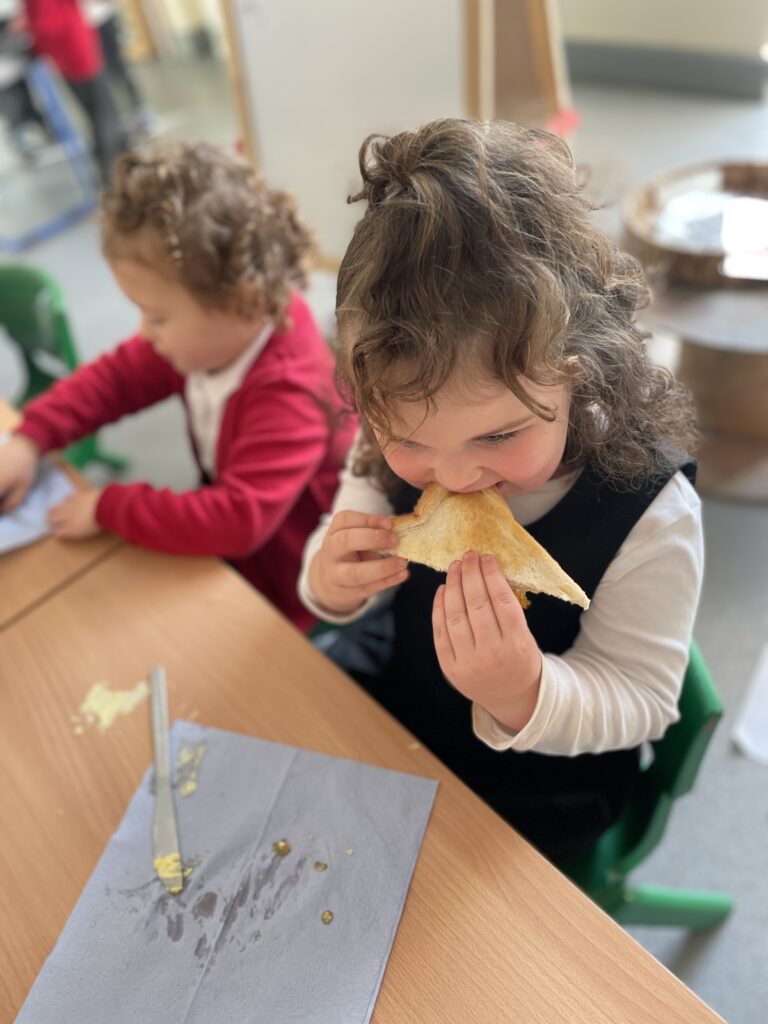
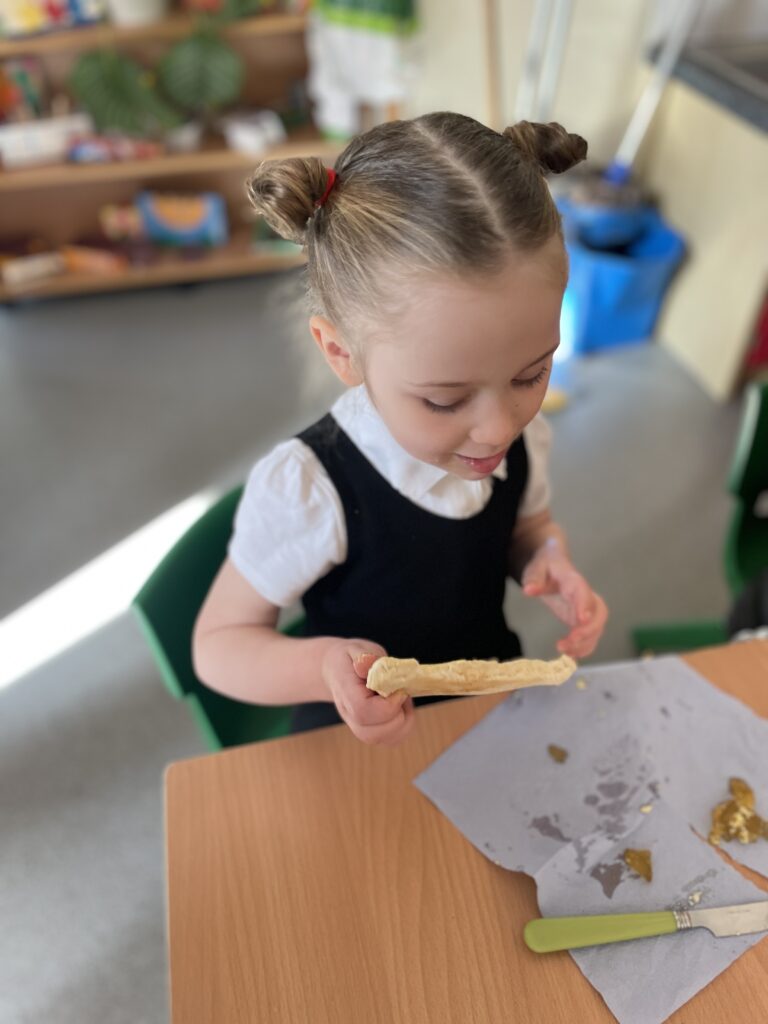
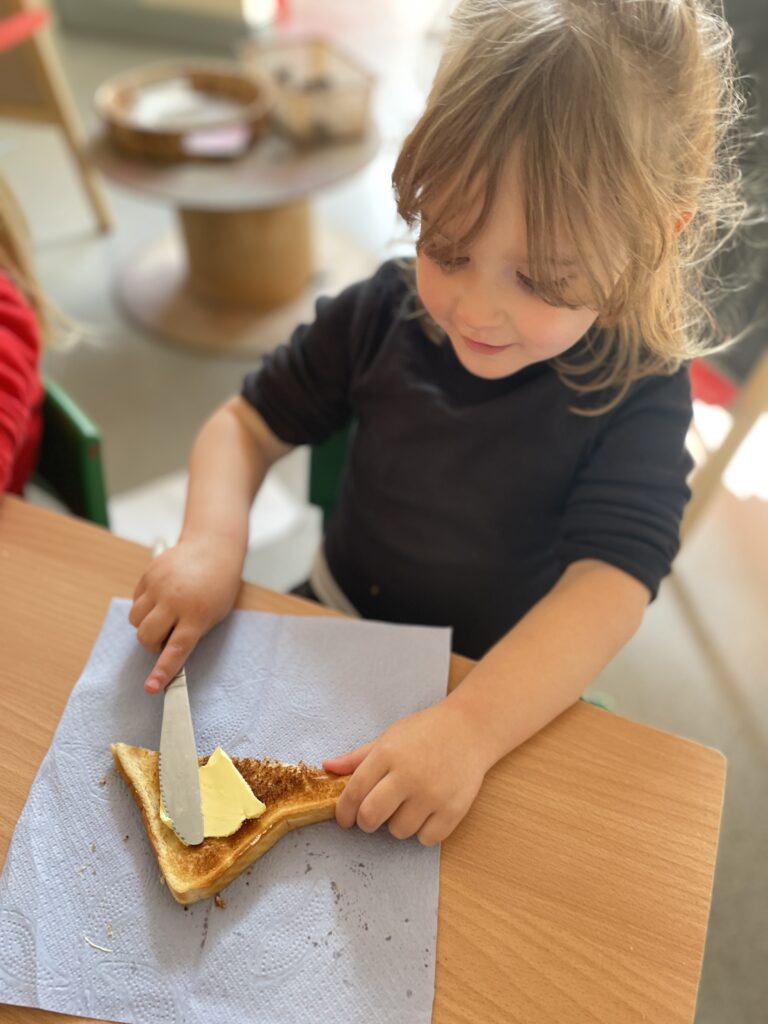

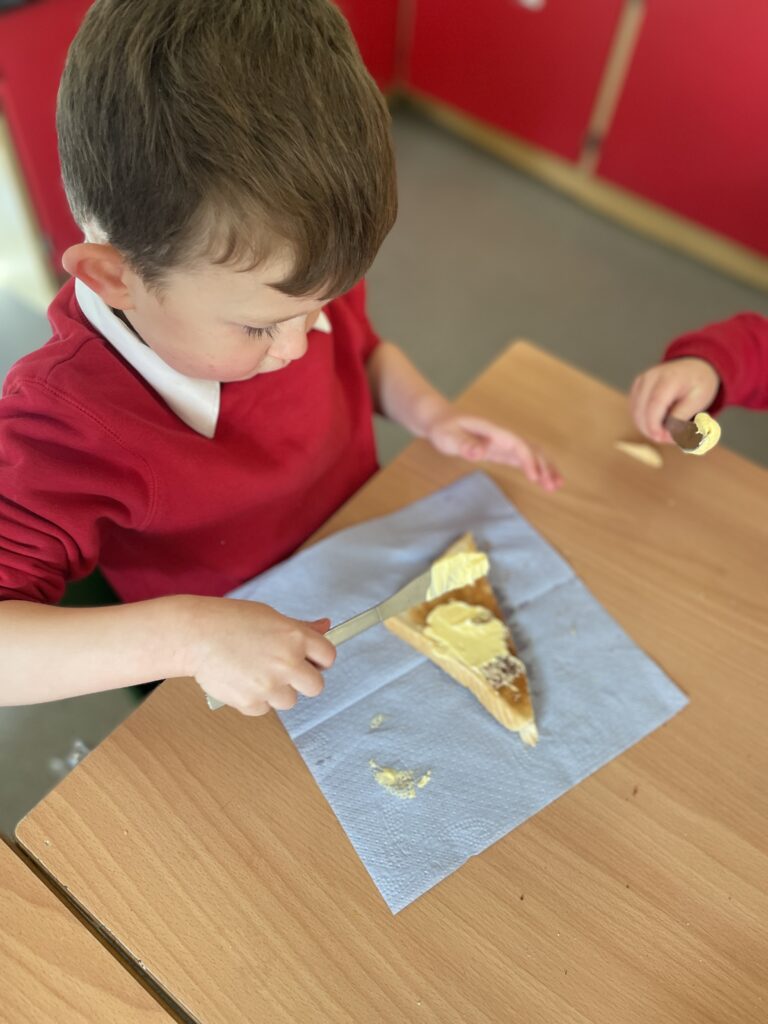
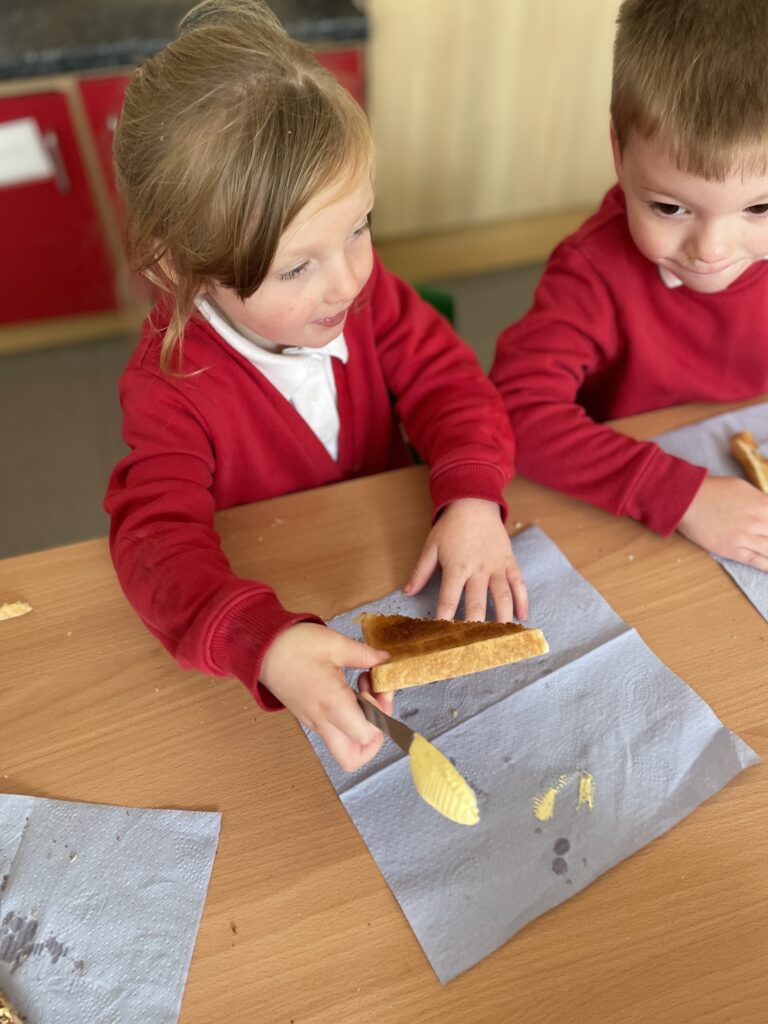
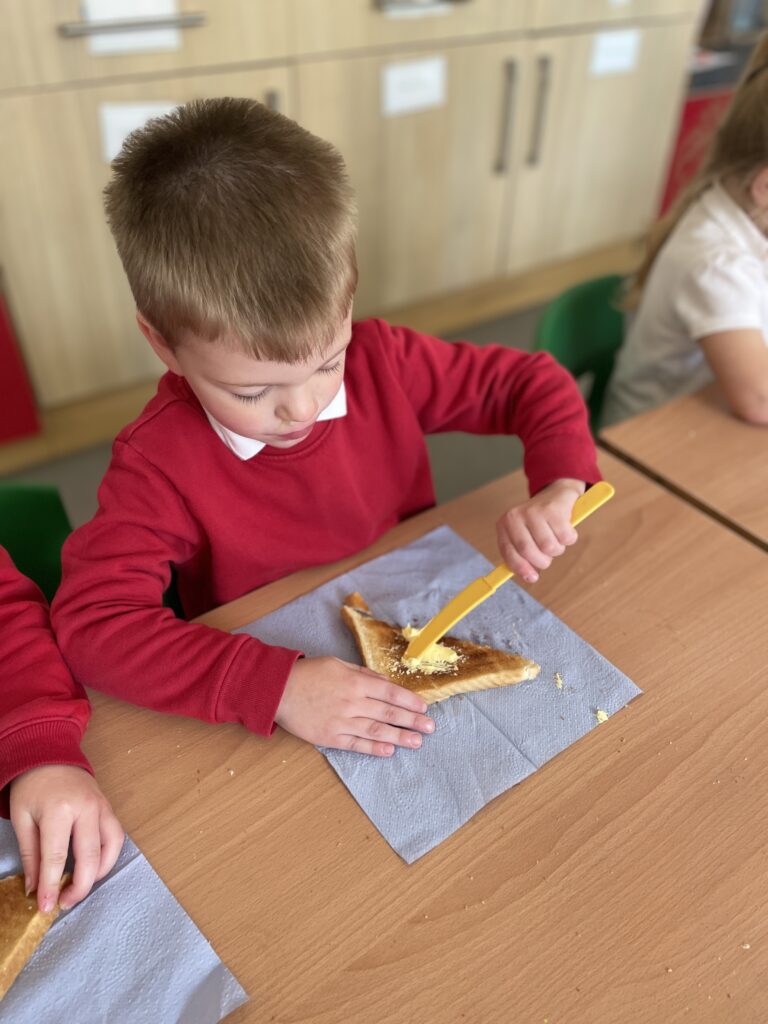
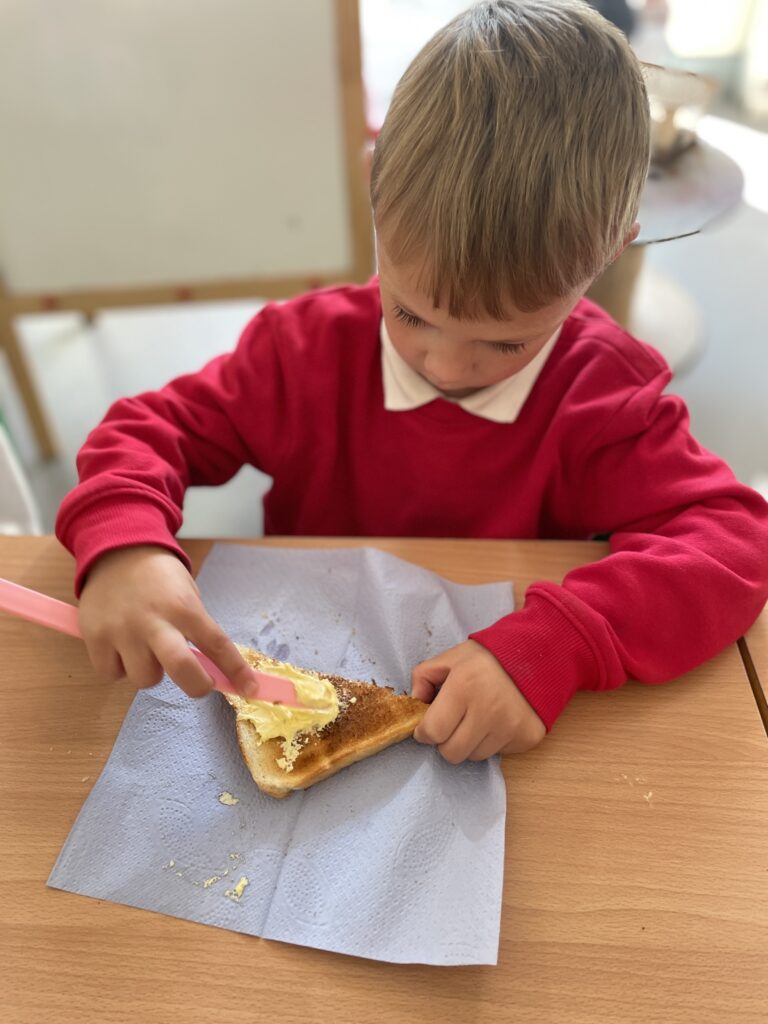
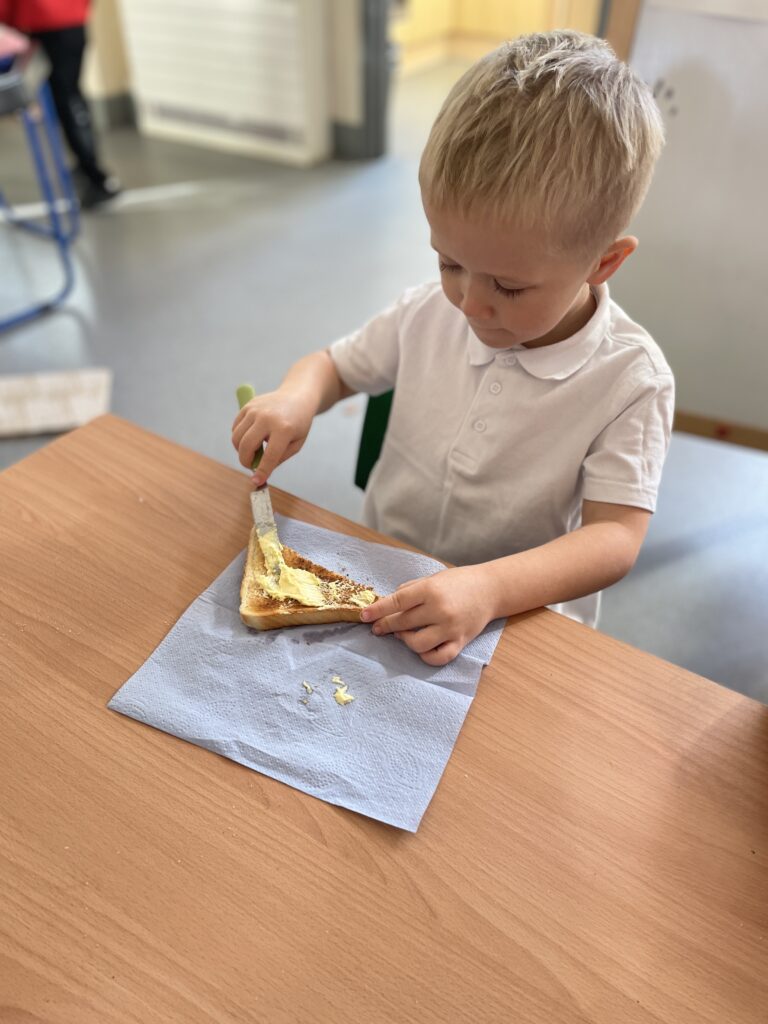
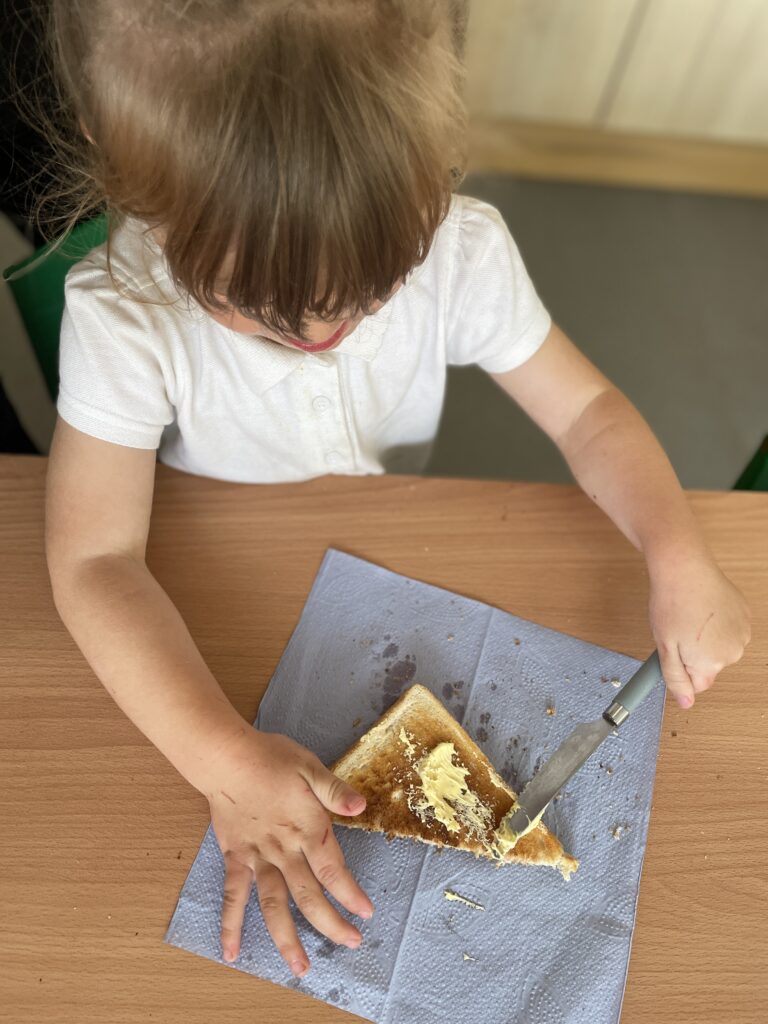
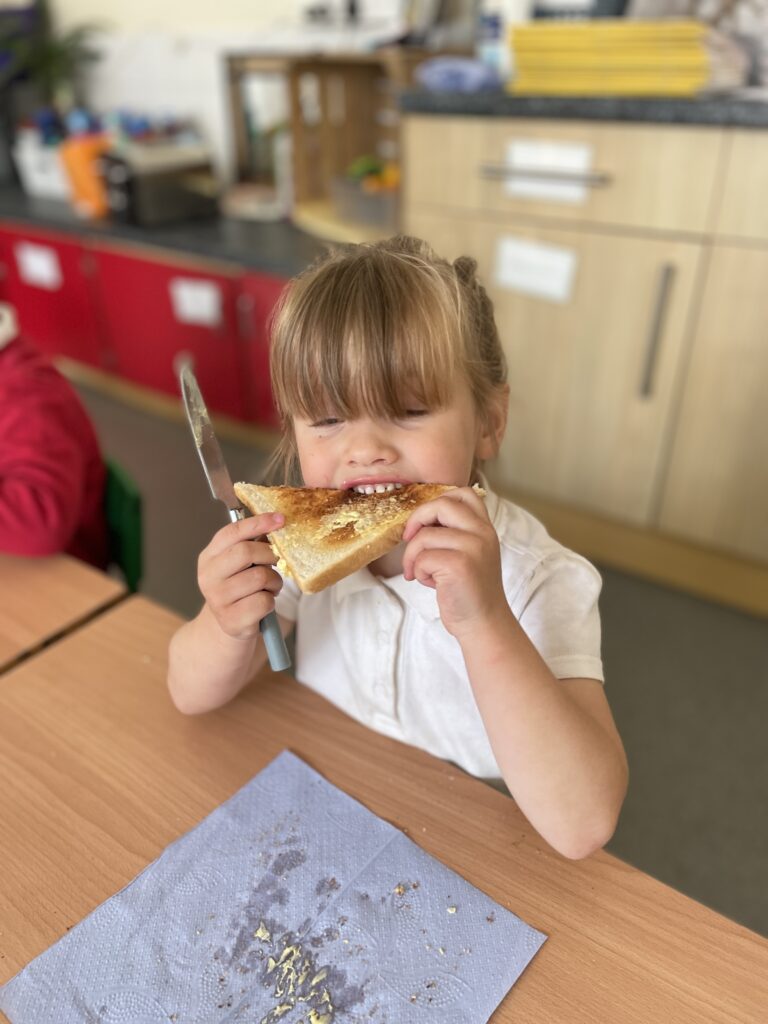
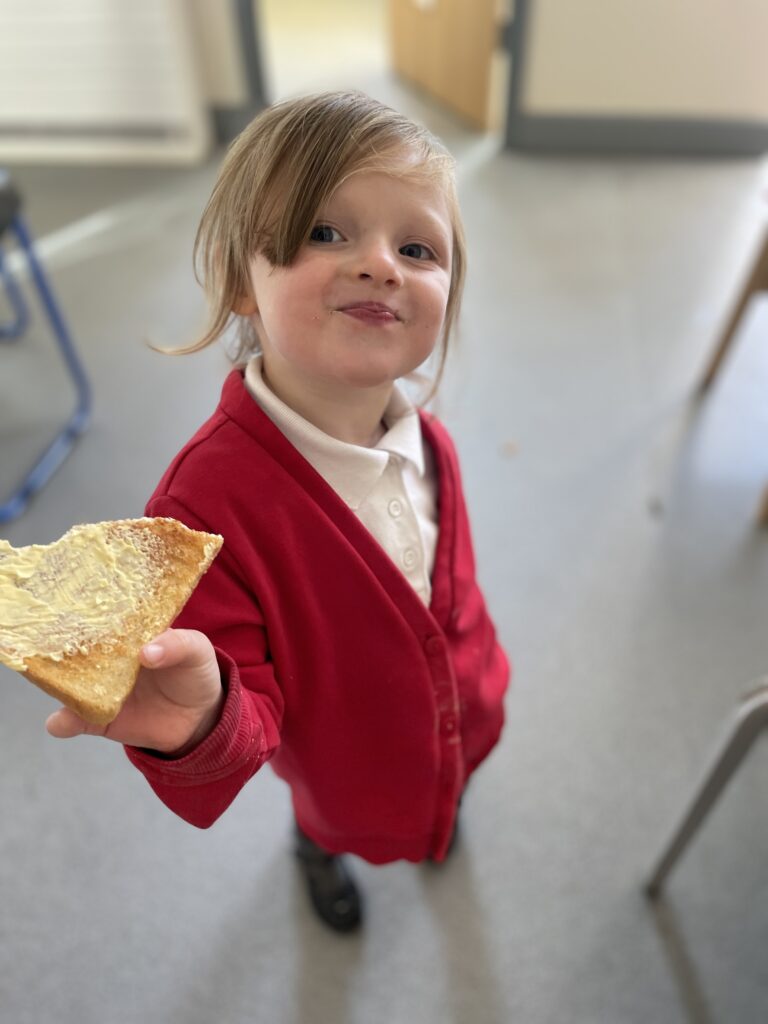
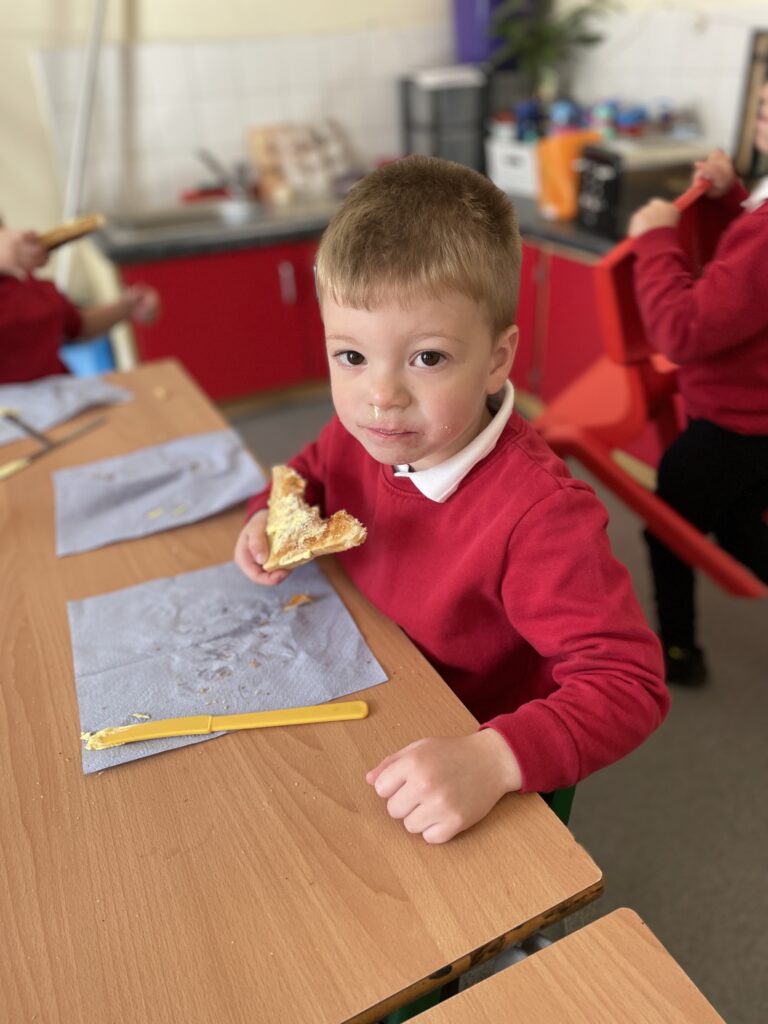
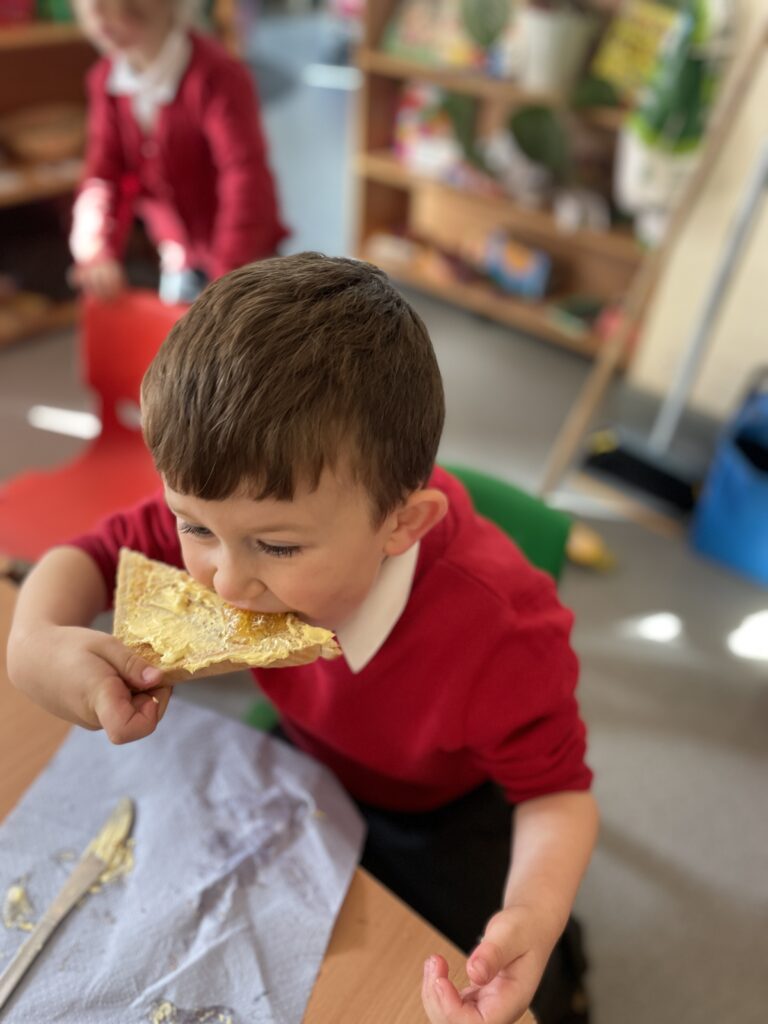
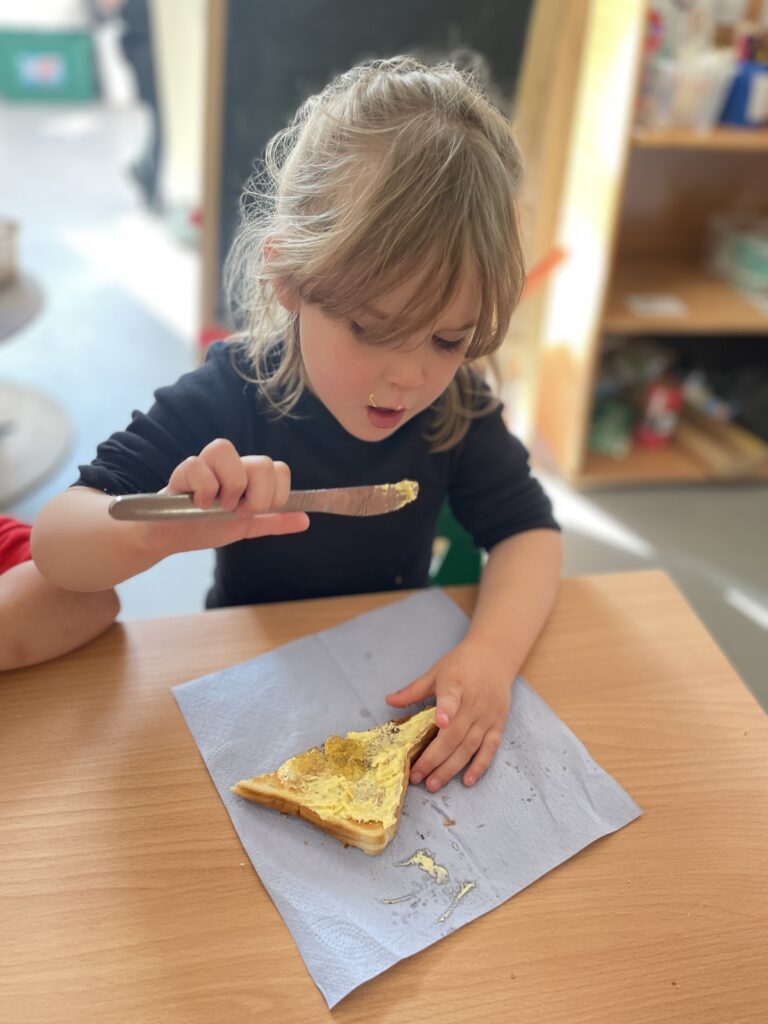
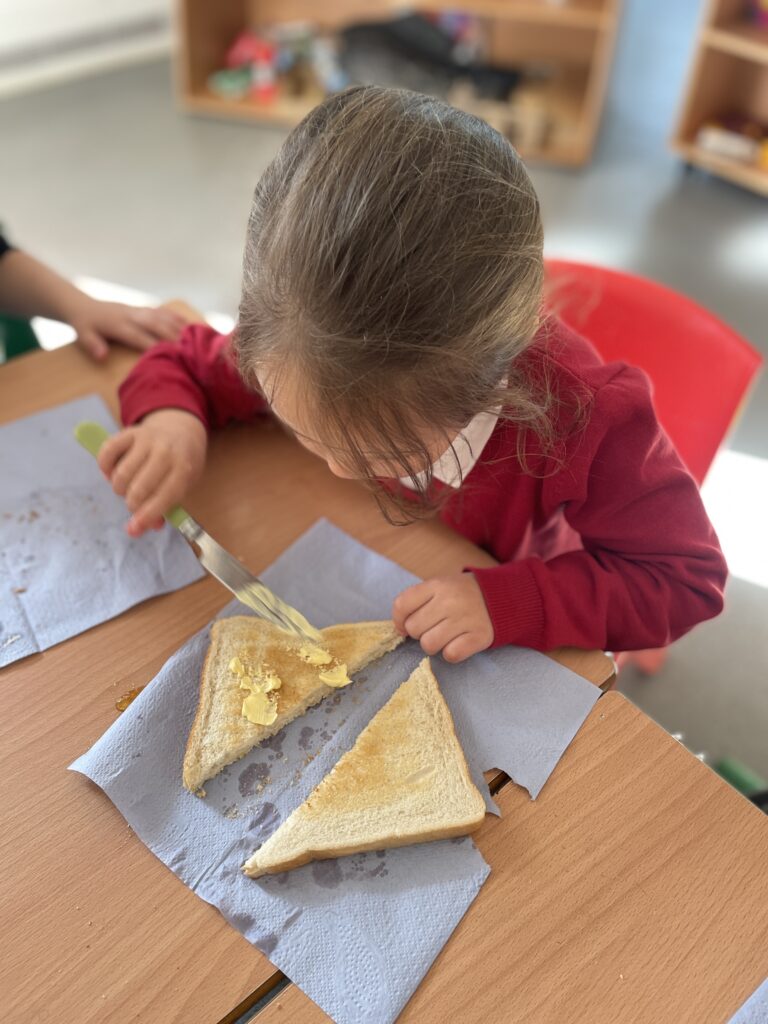
Finally, we got to make marmalade on toast which we thought was delicious! We loved filling up our tummies, and we all agreed that the Brown family were very kind to Paddington.
